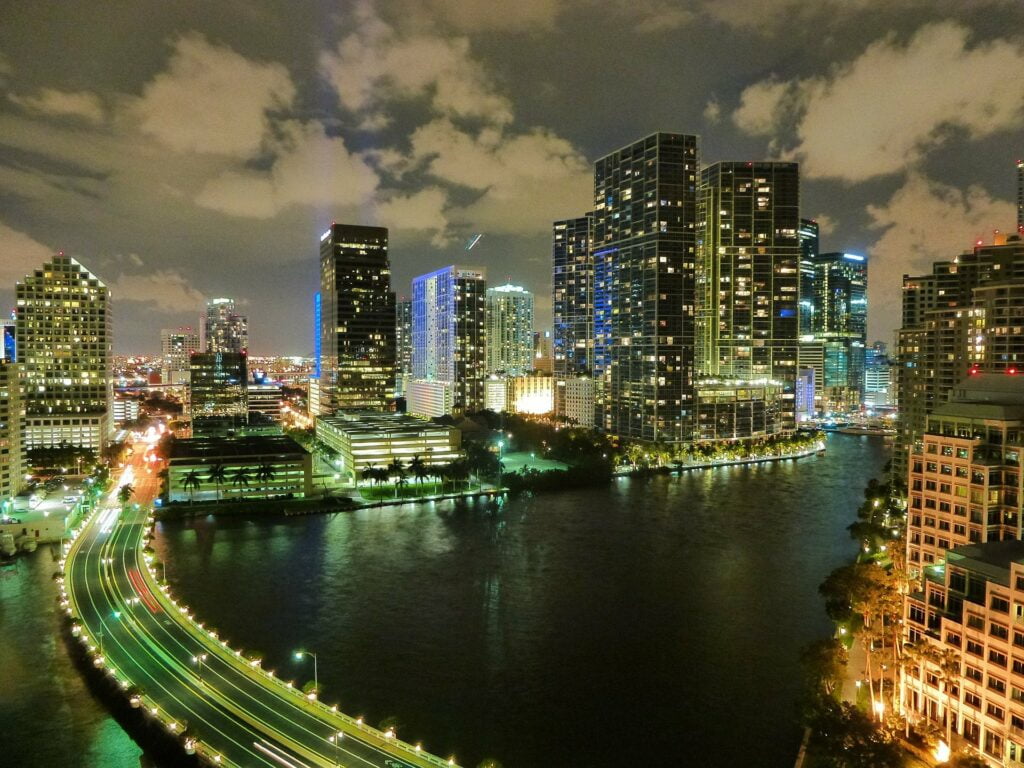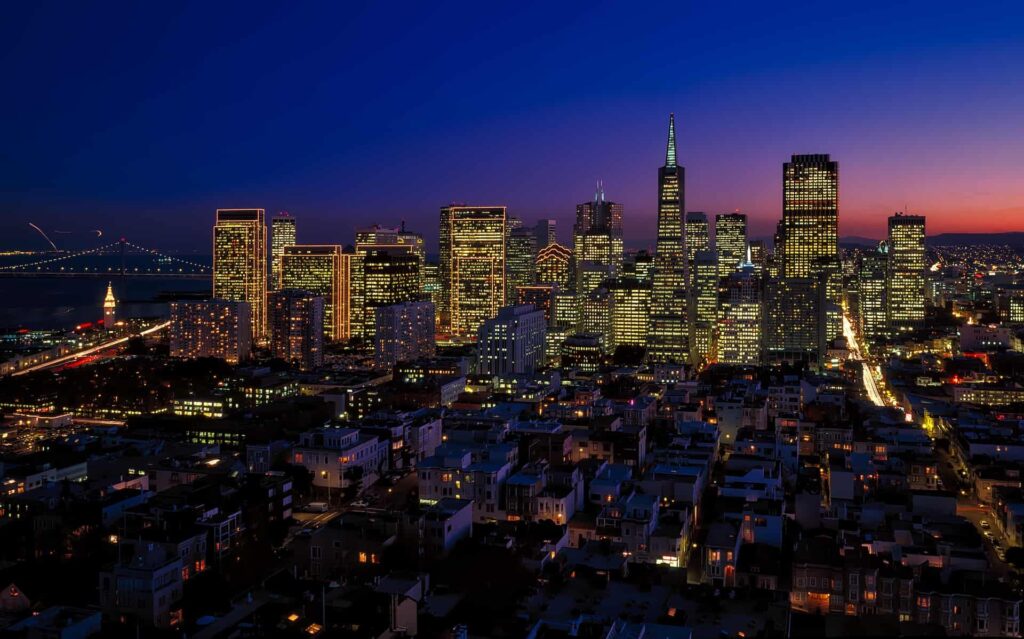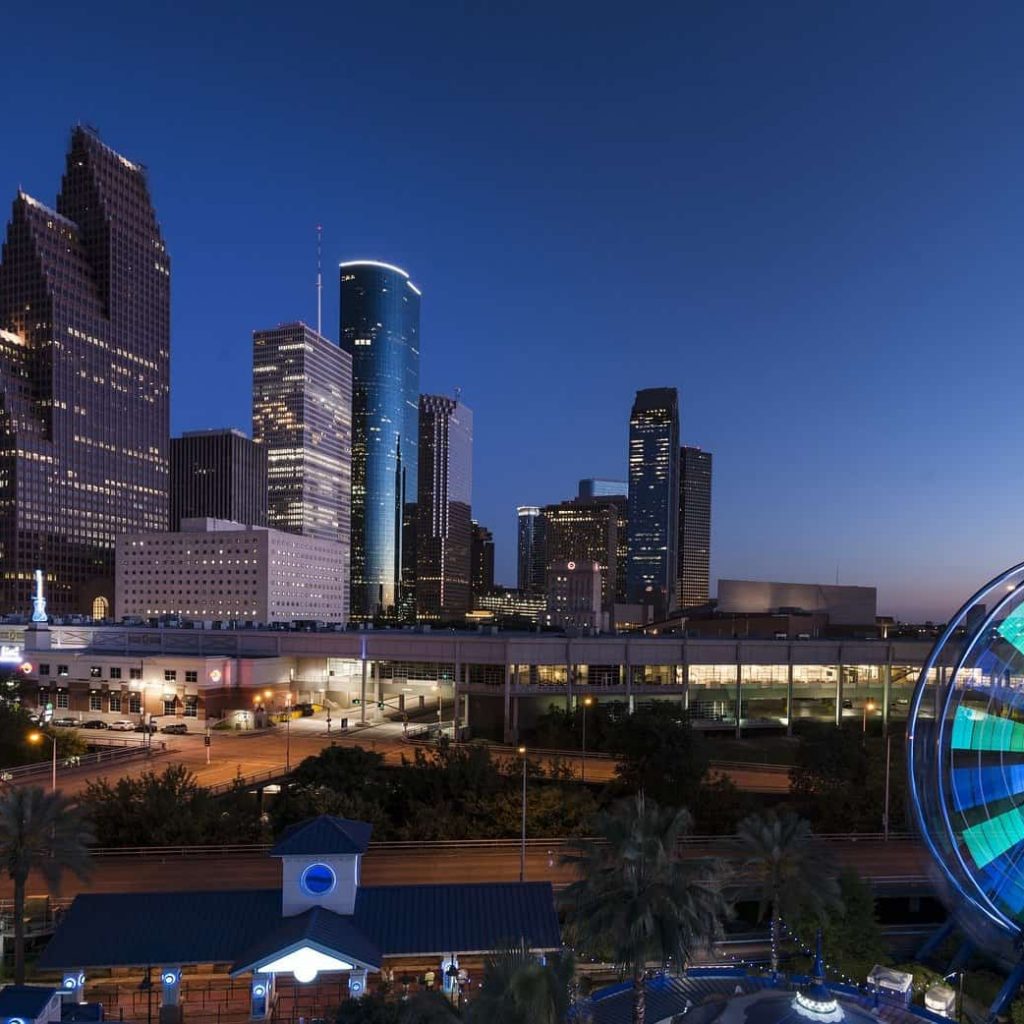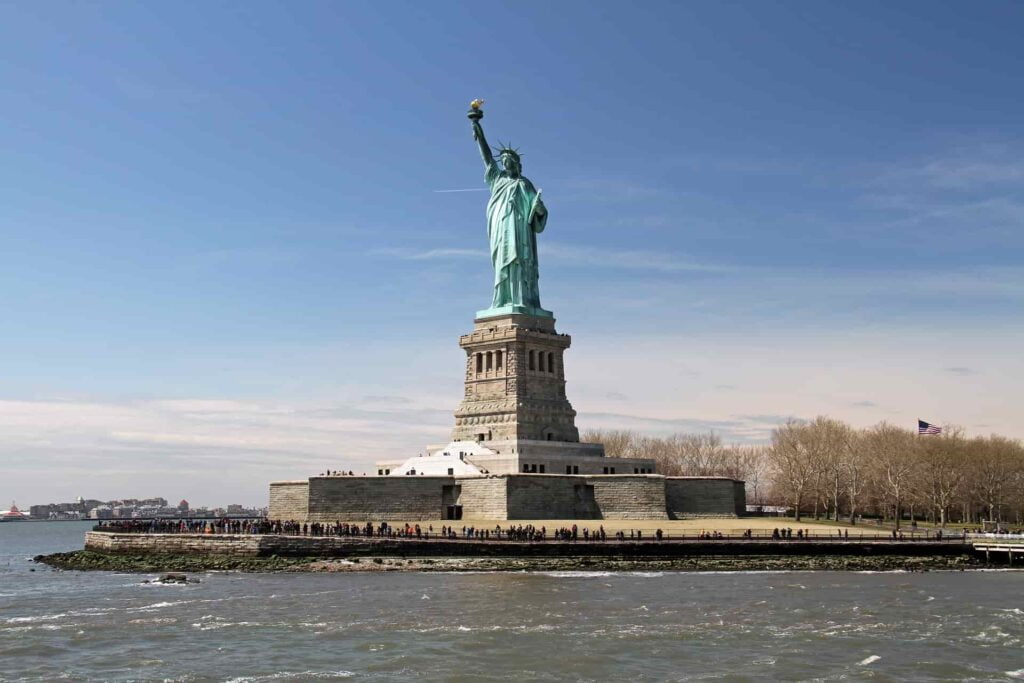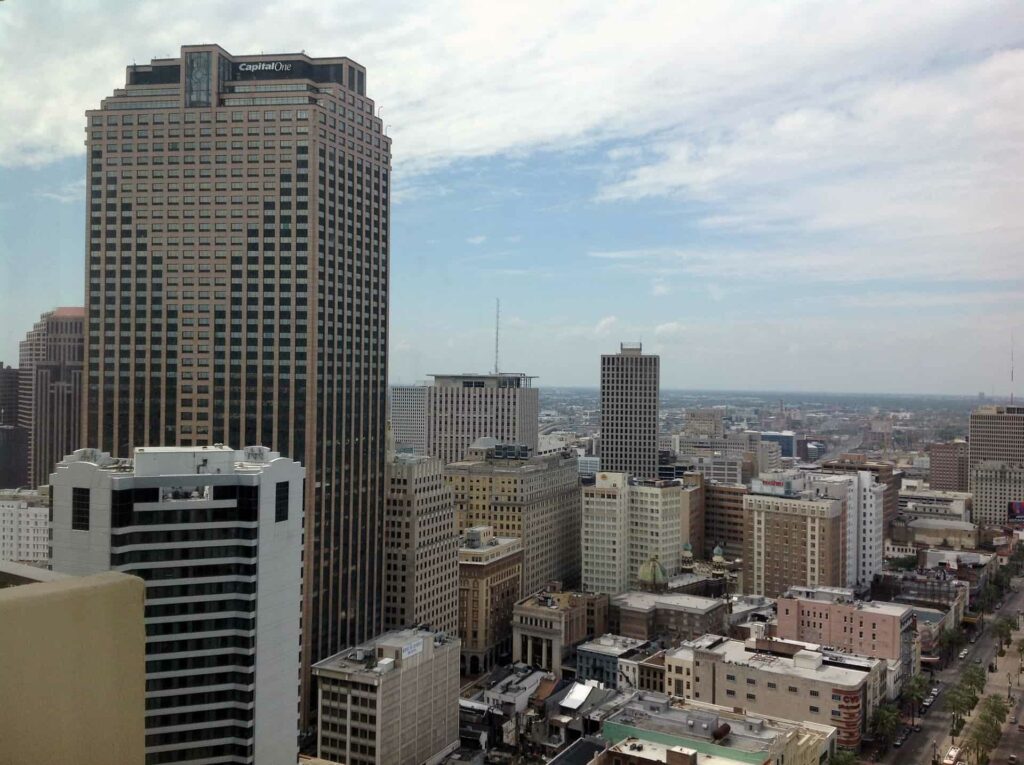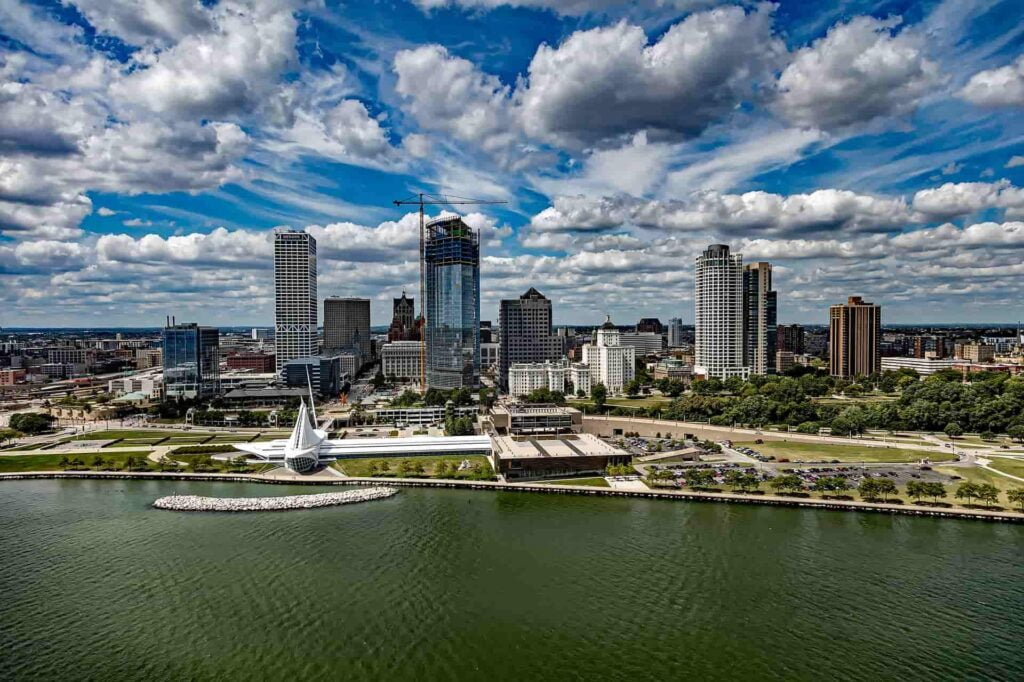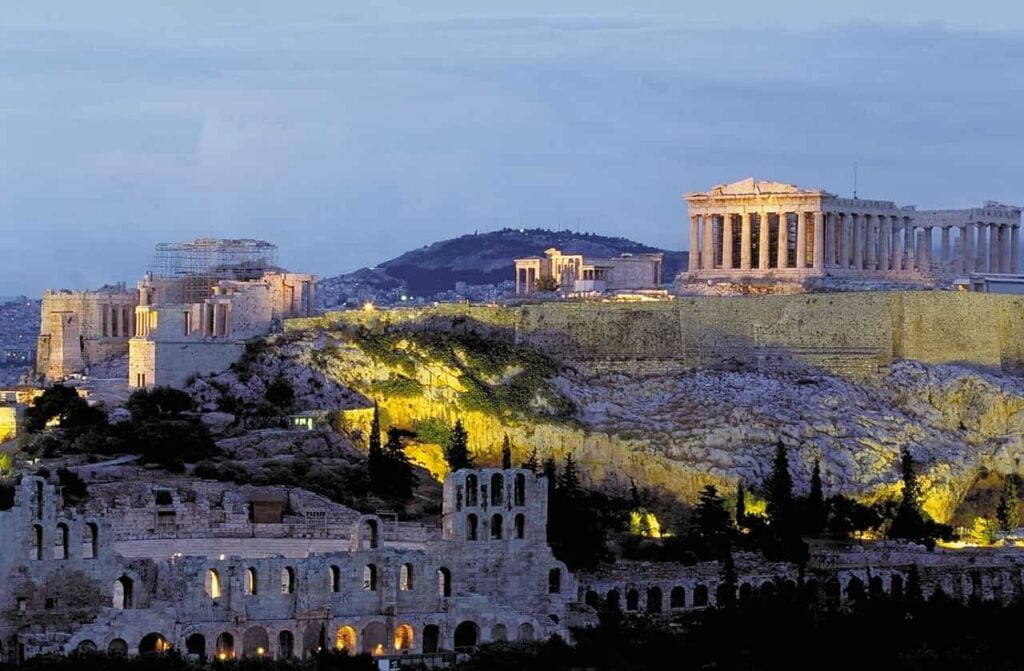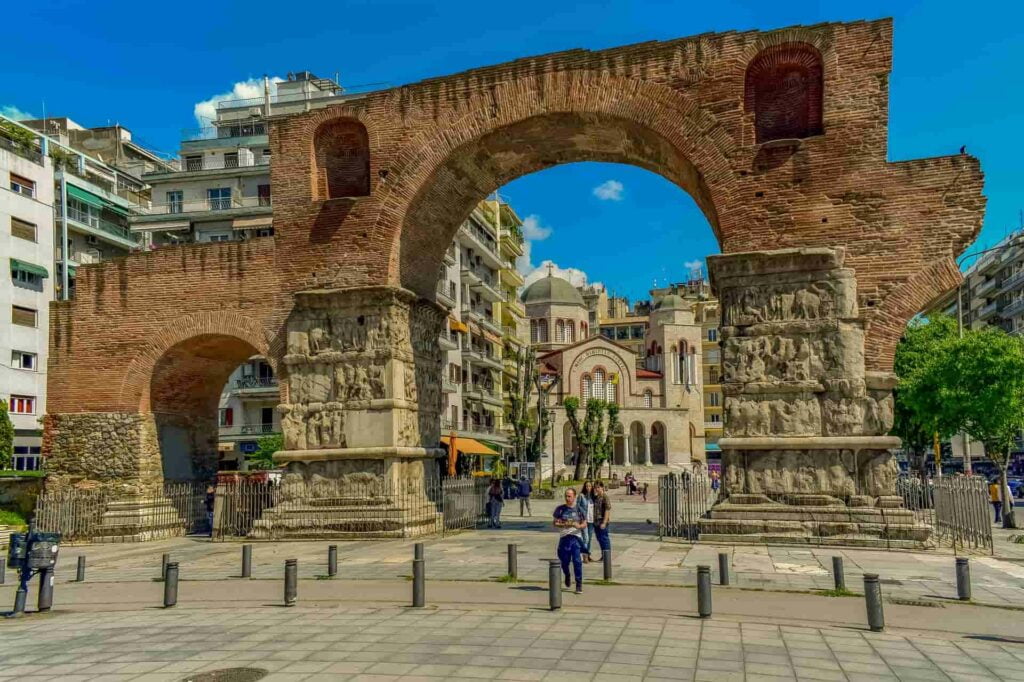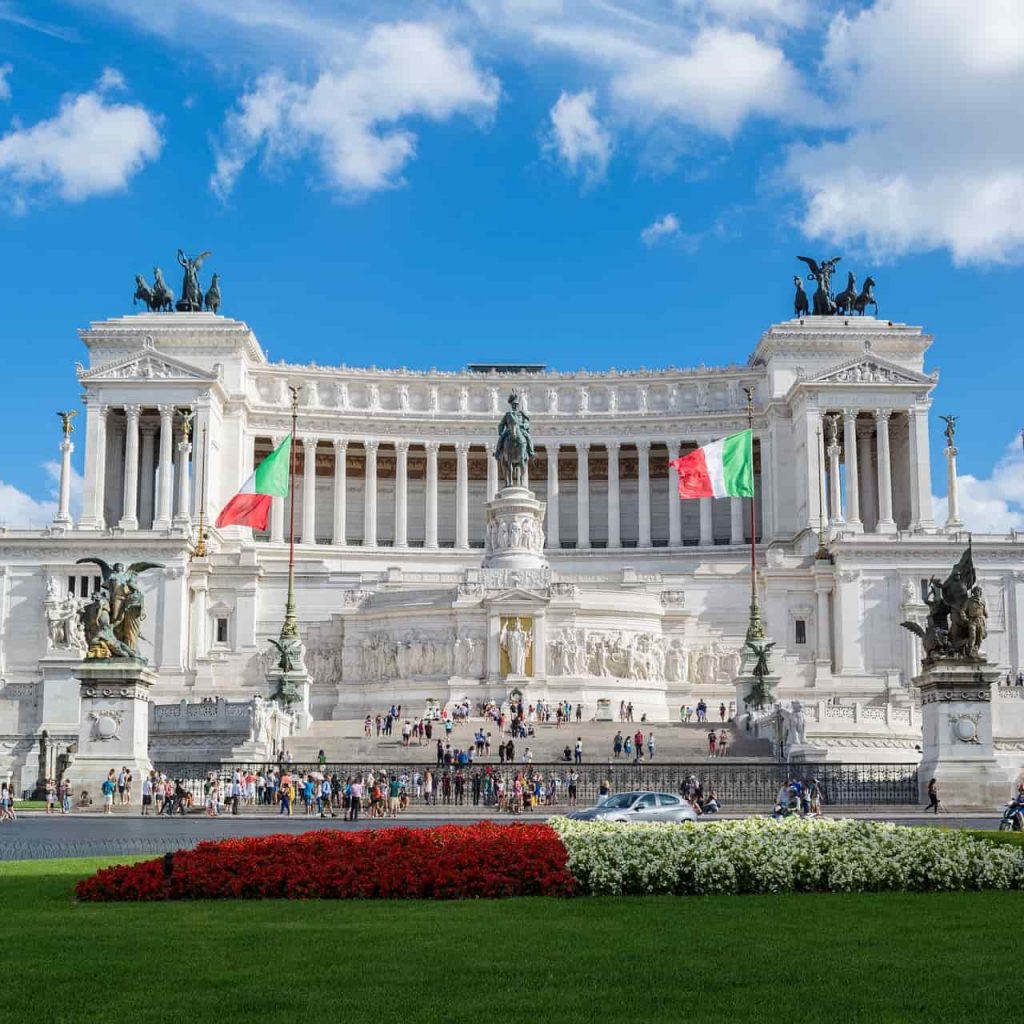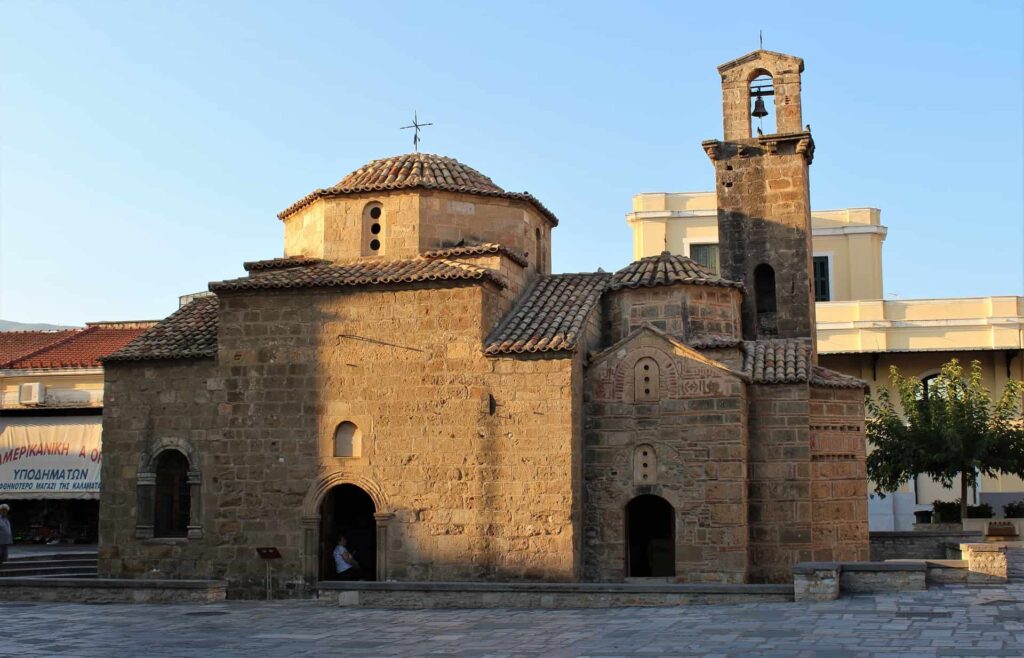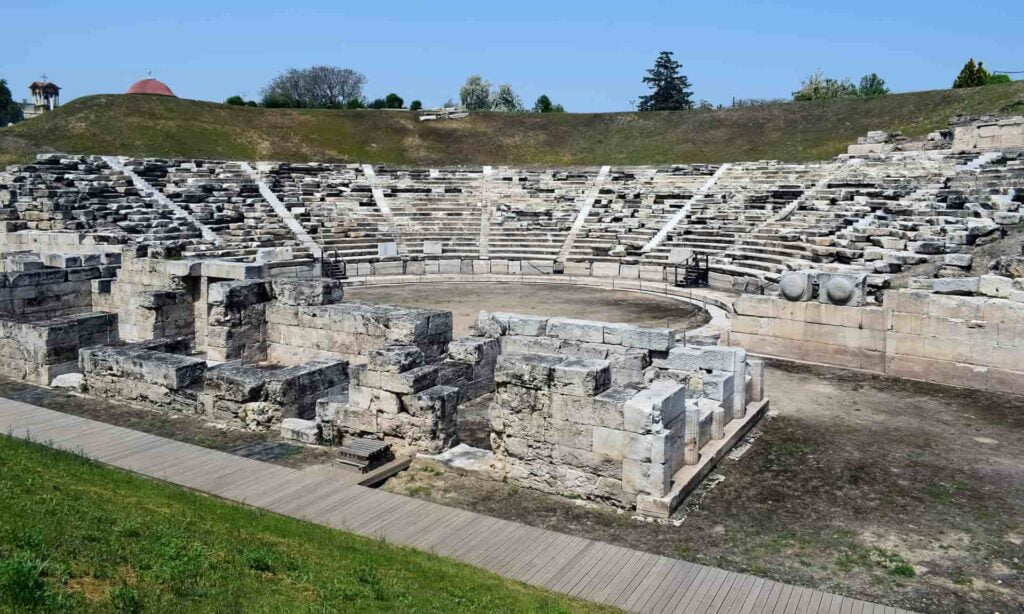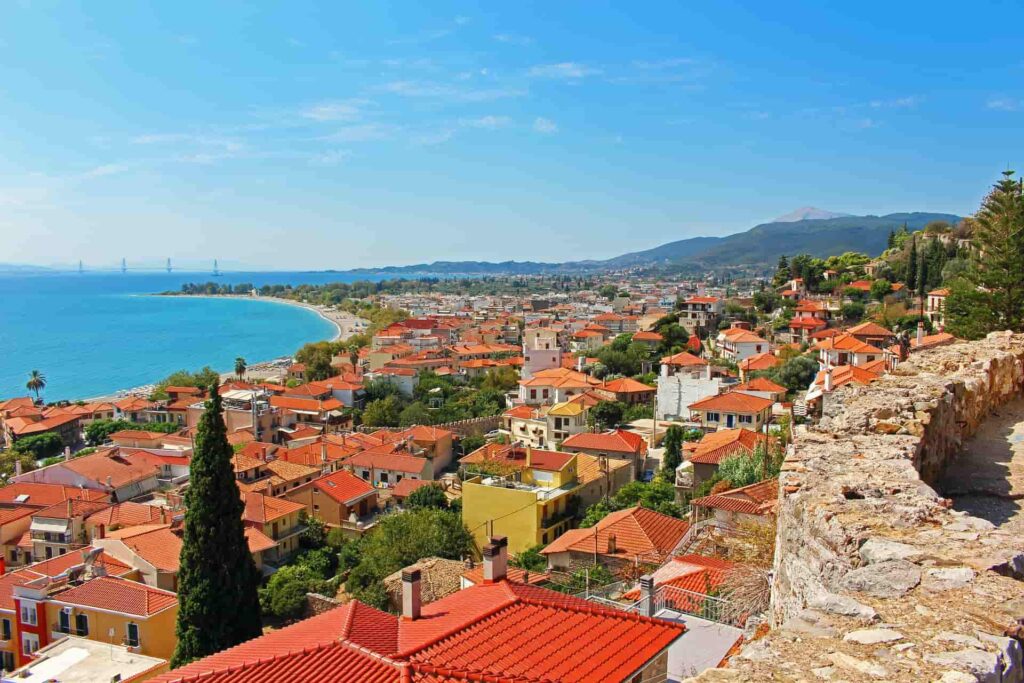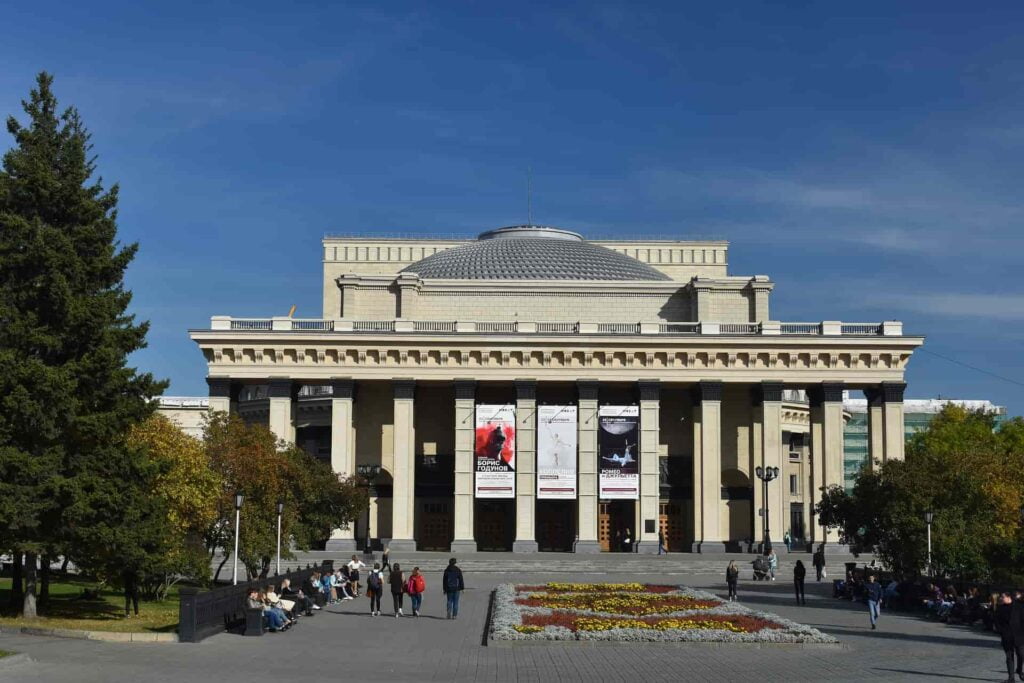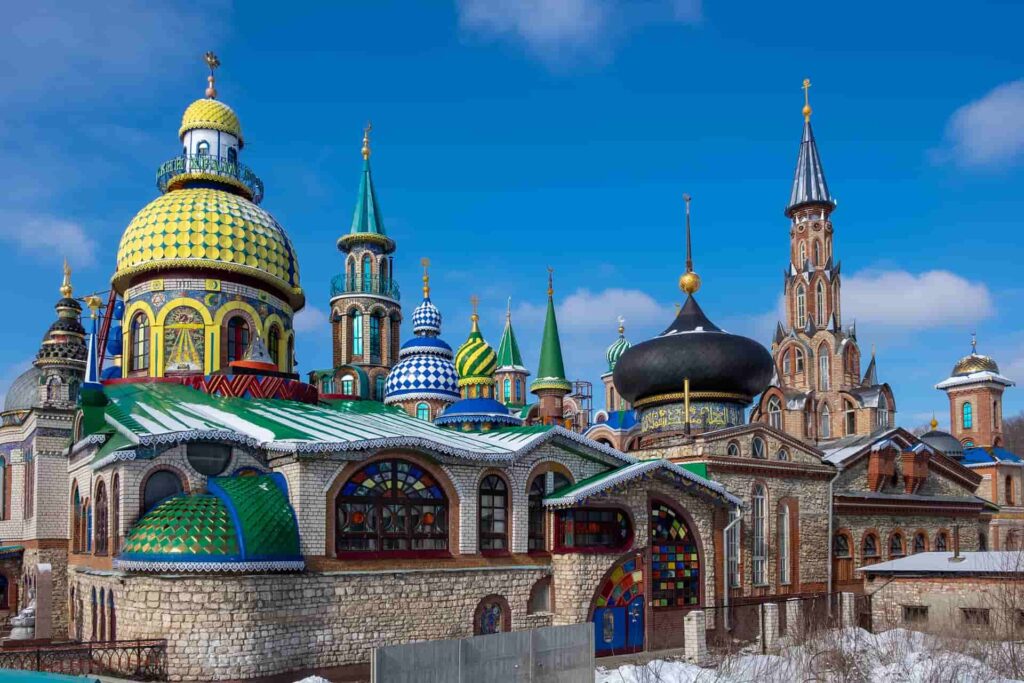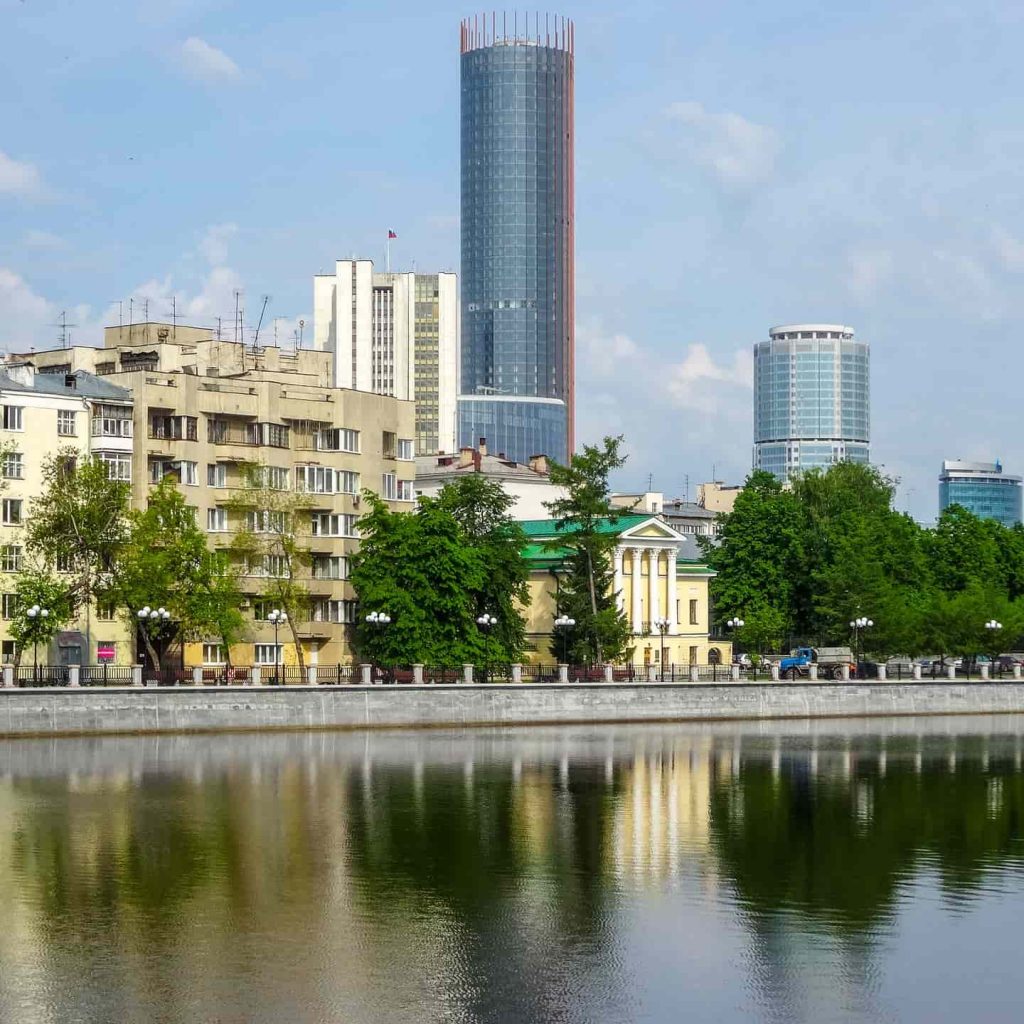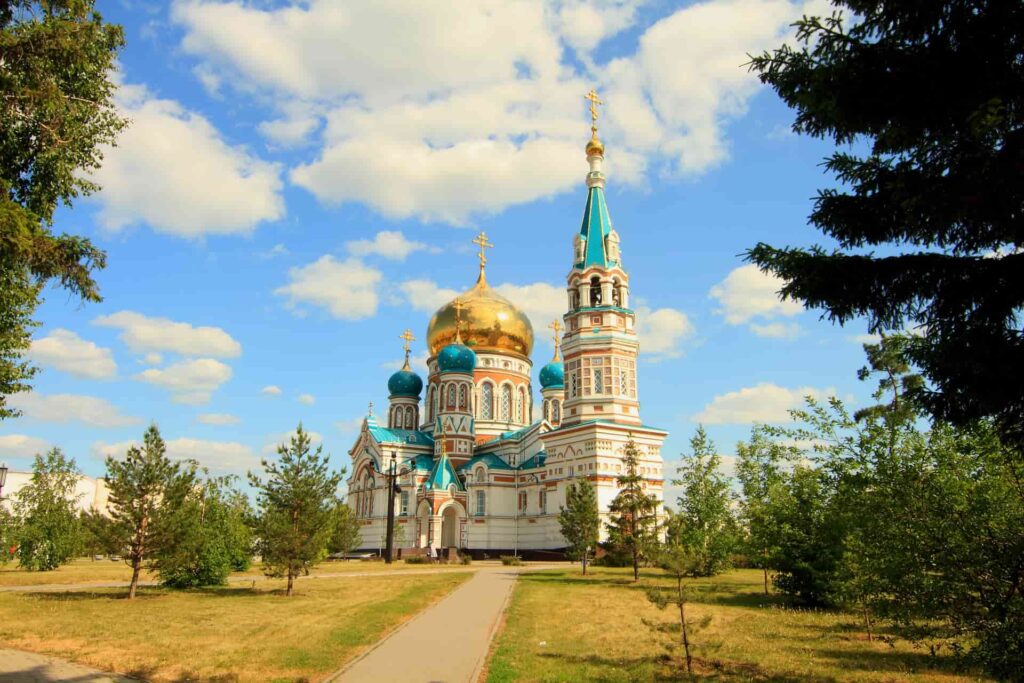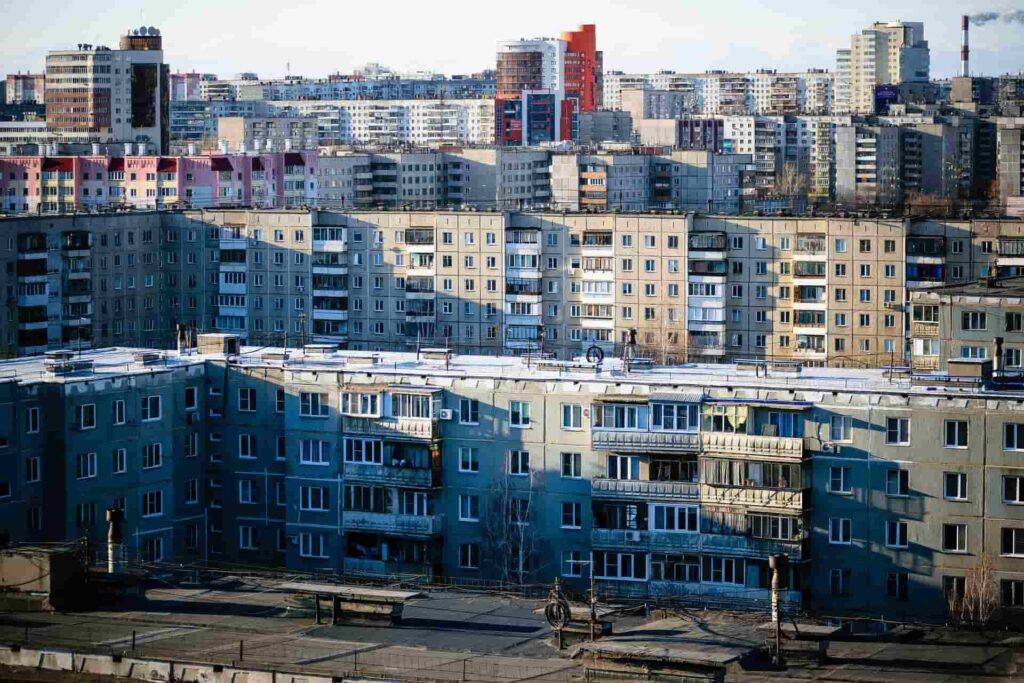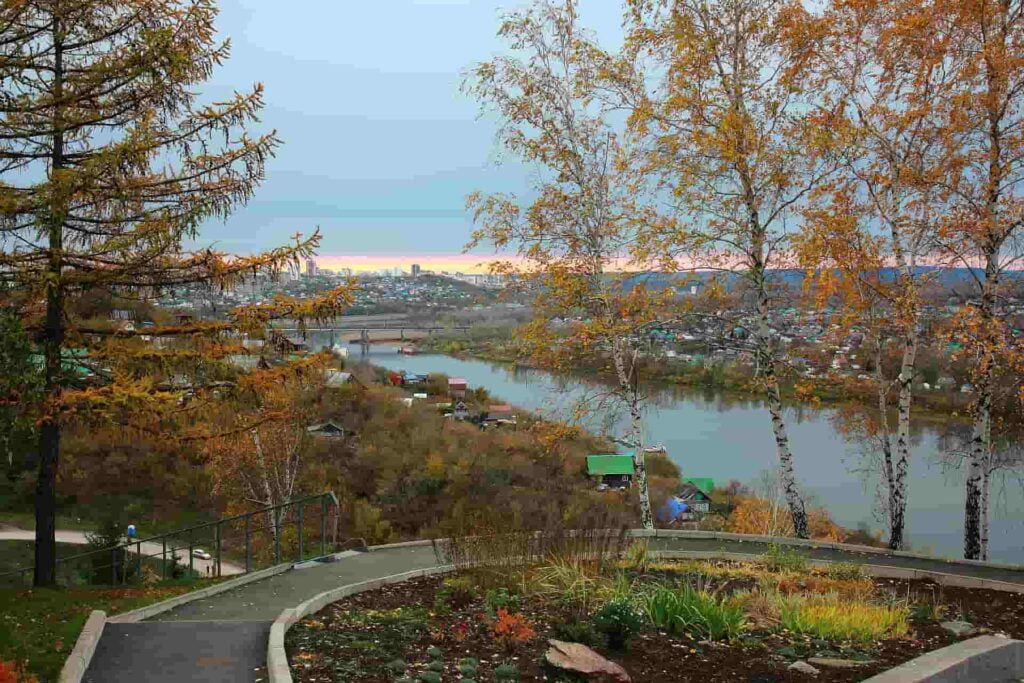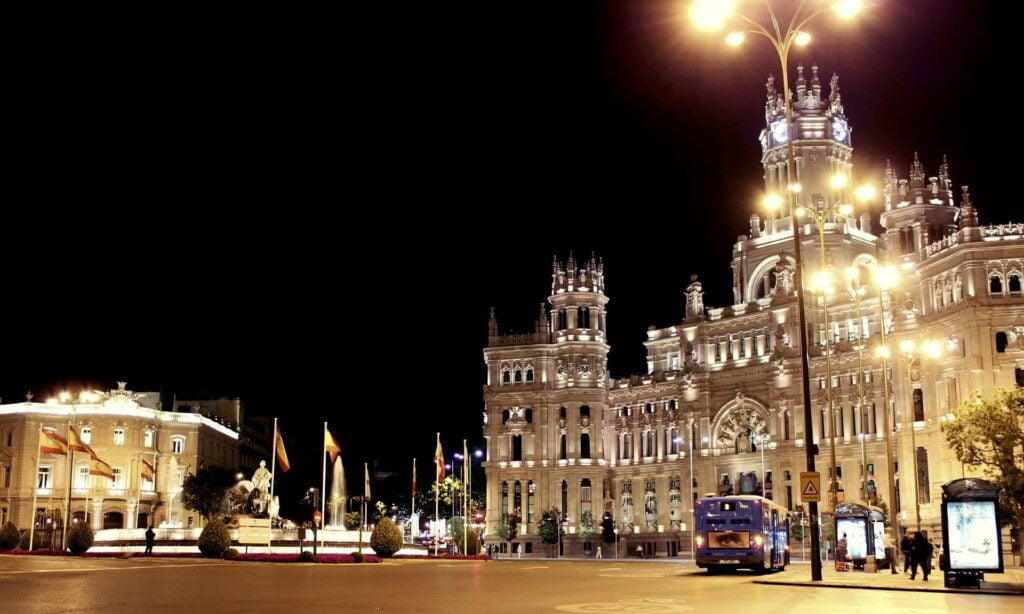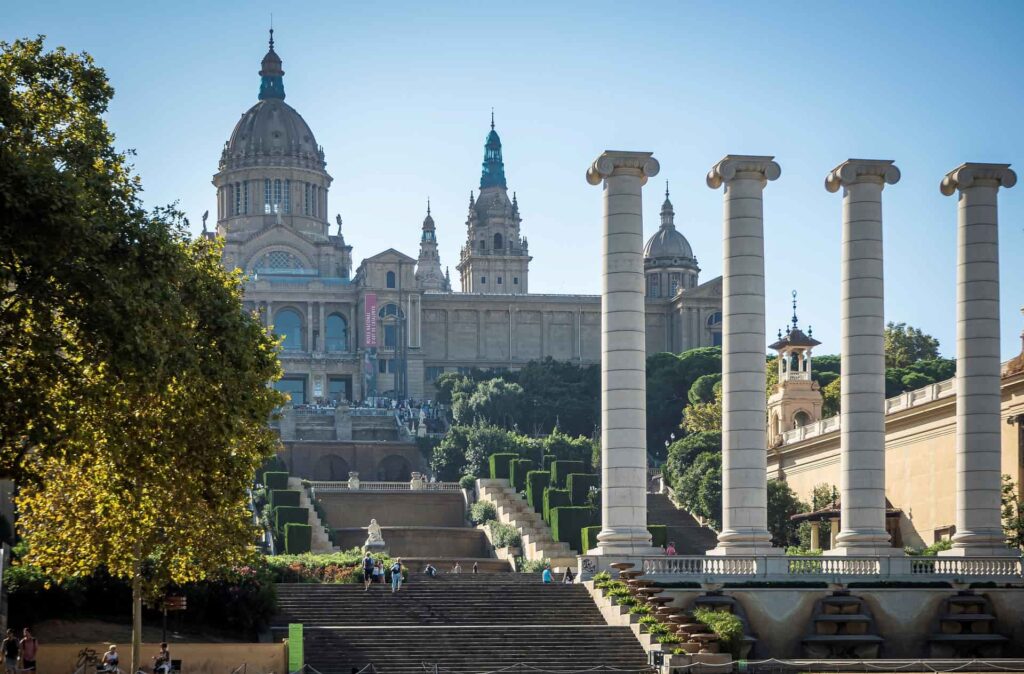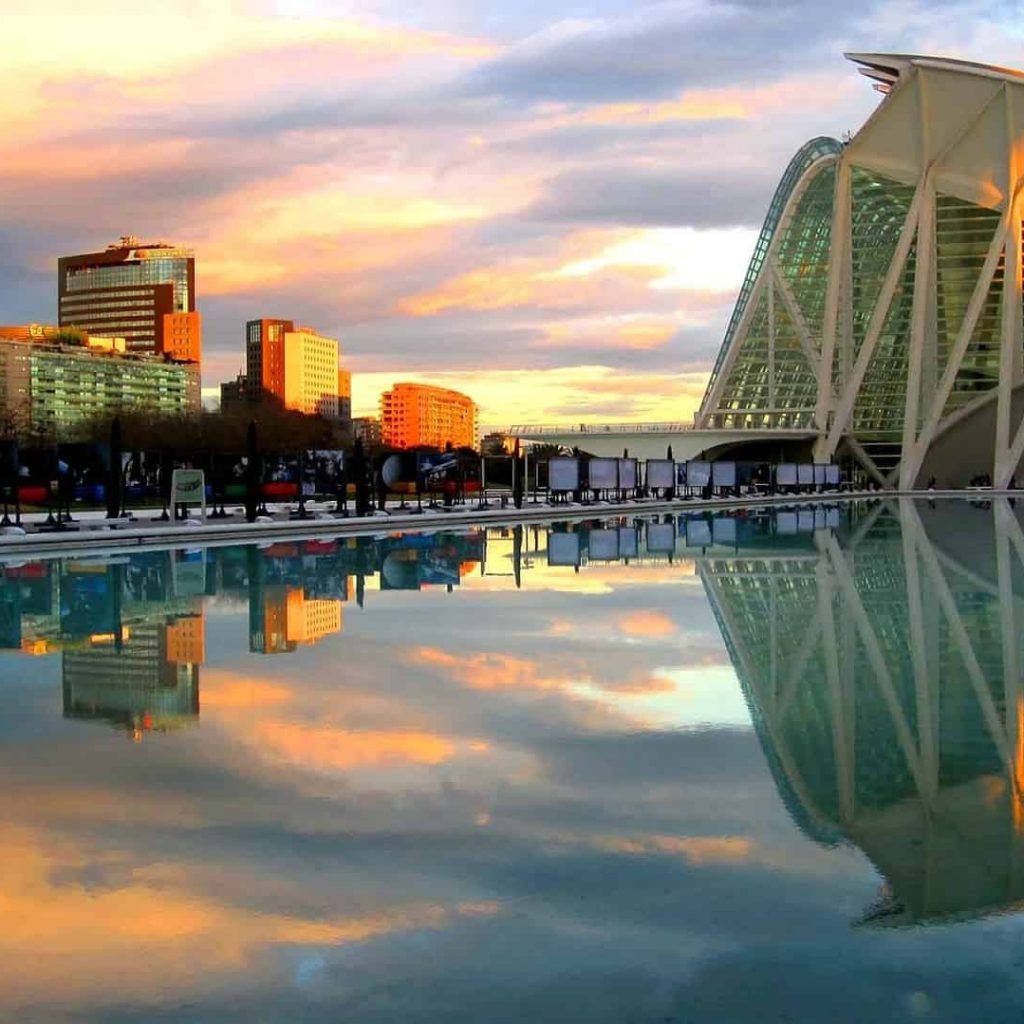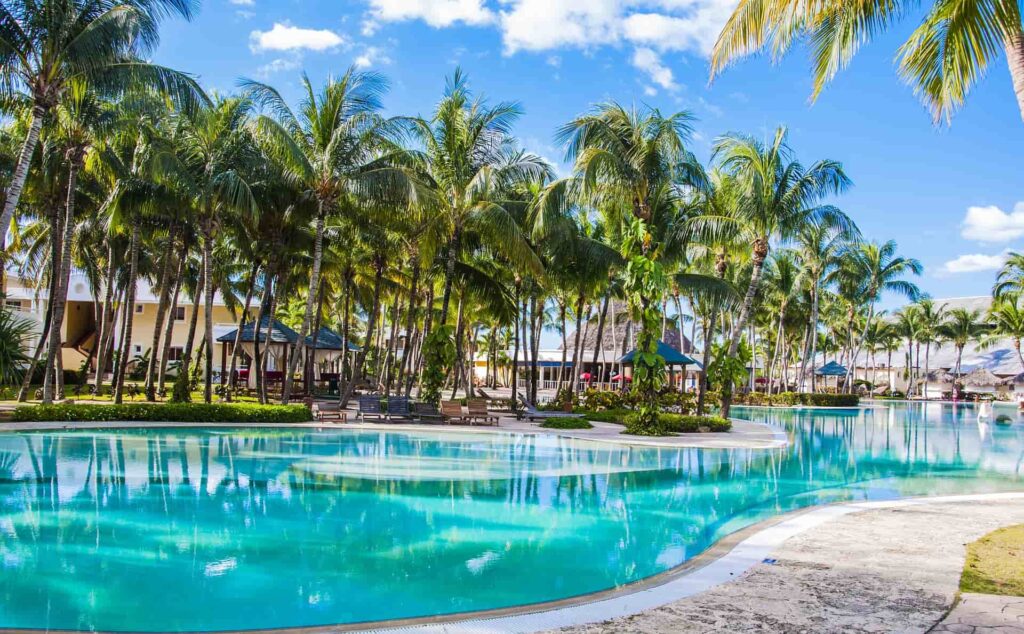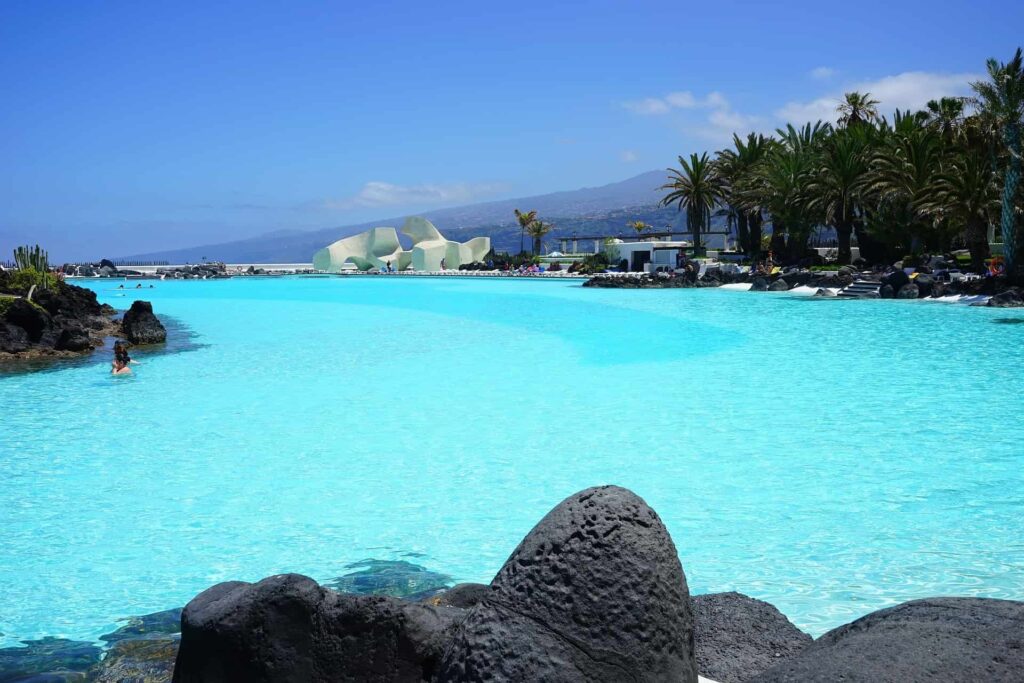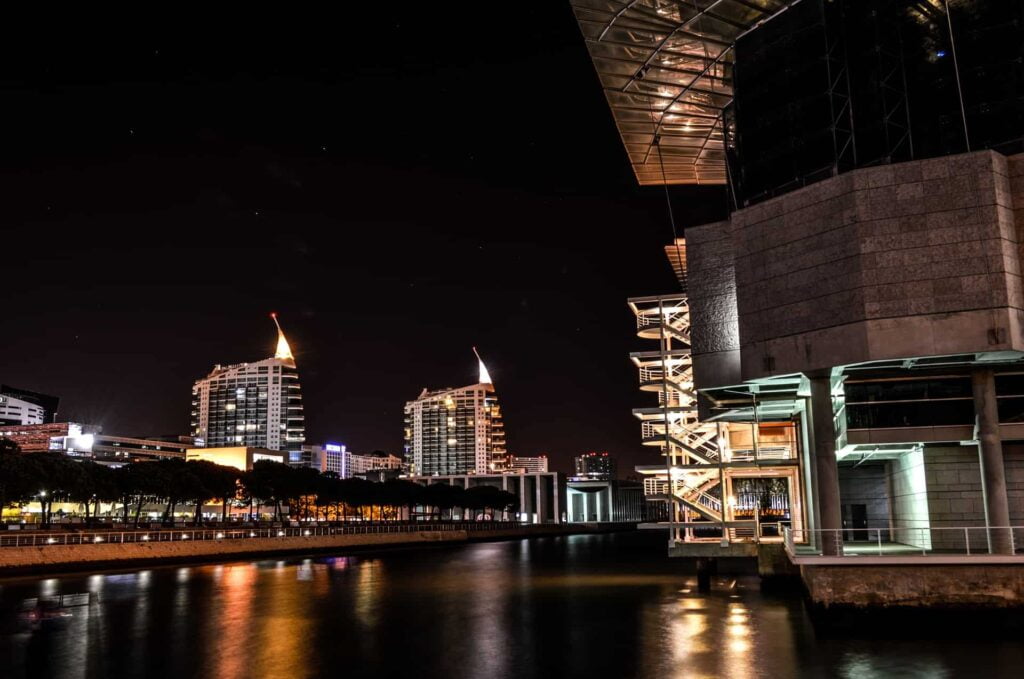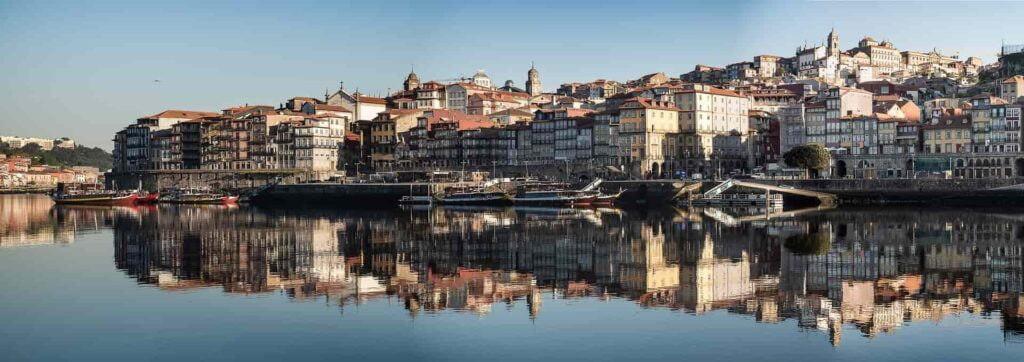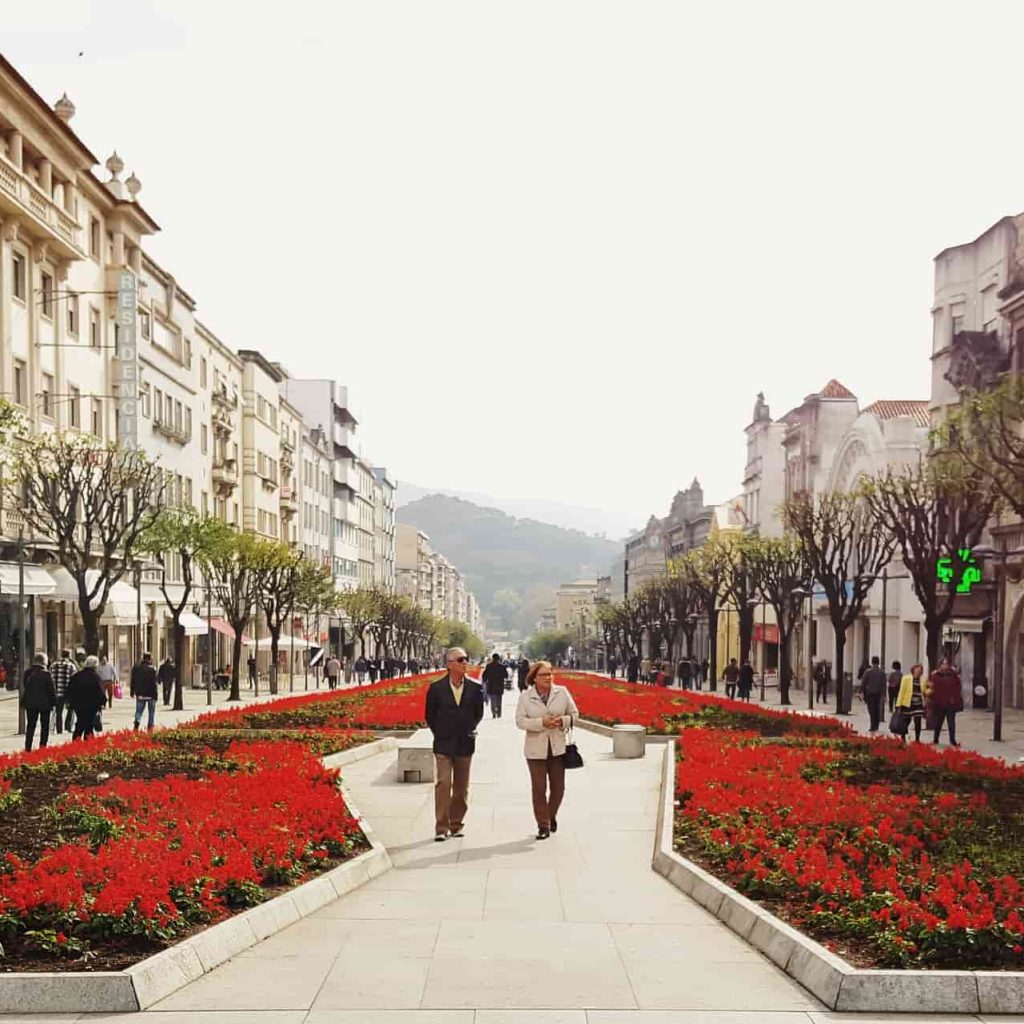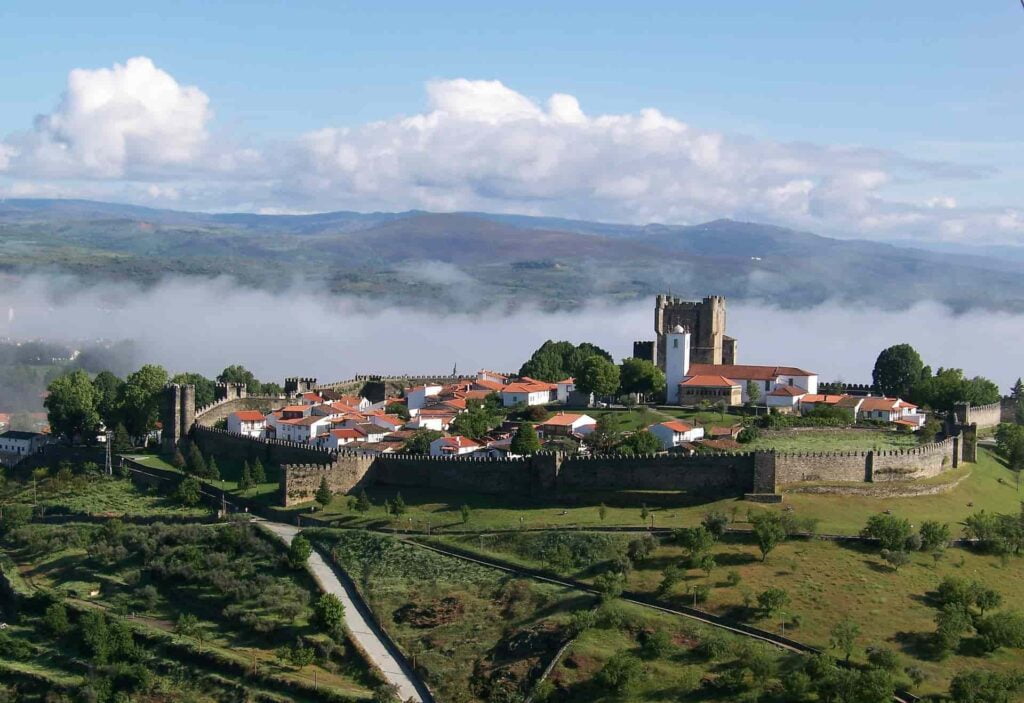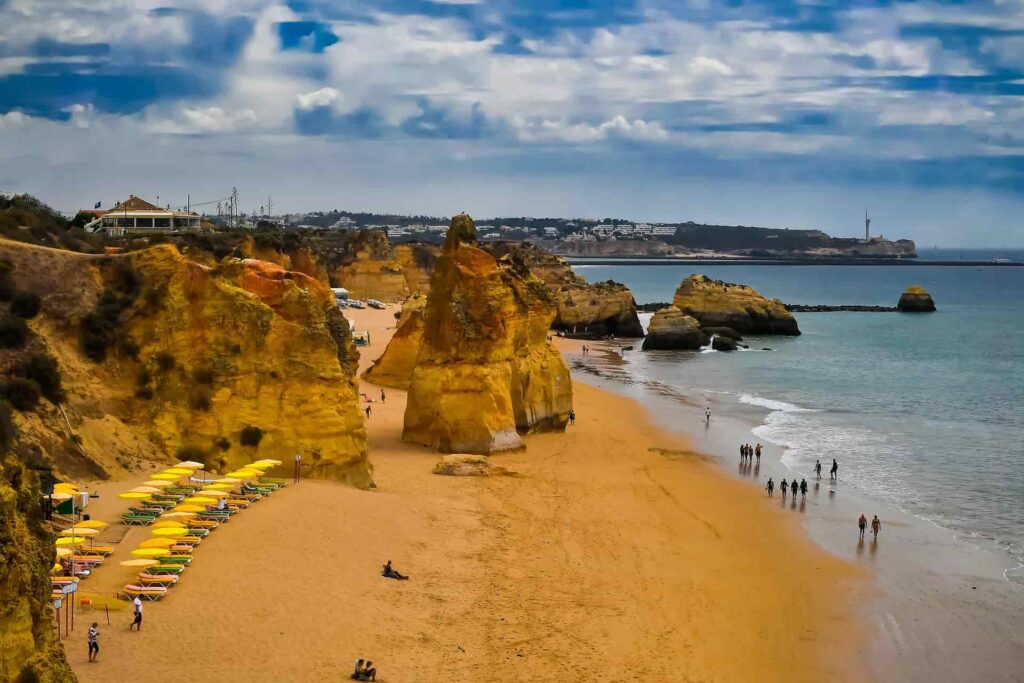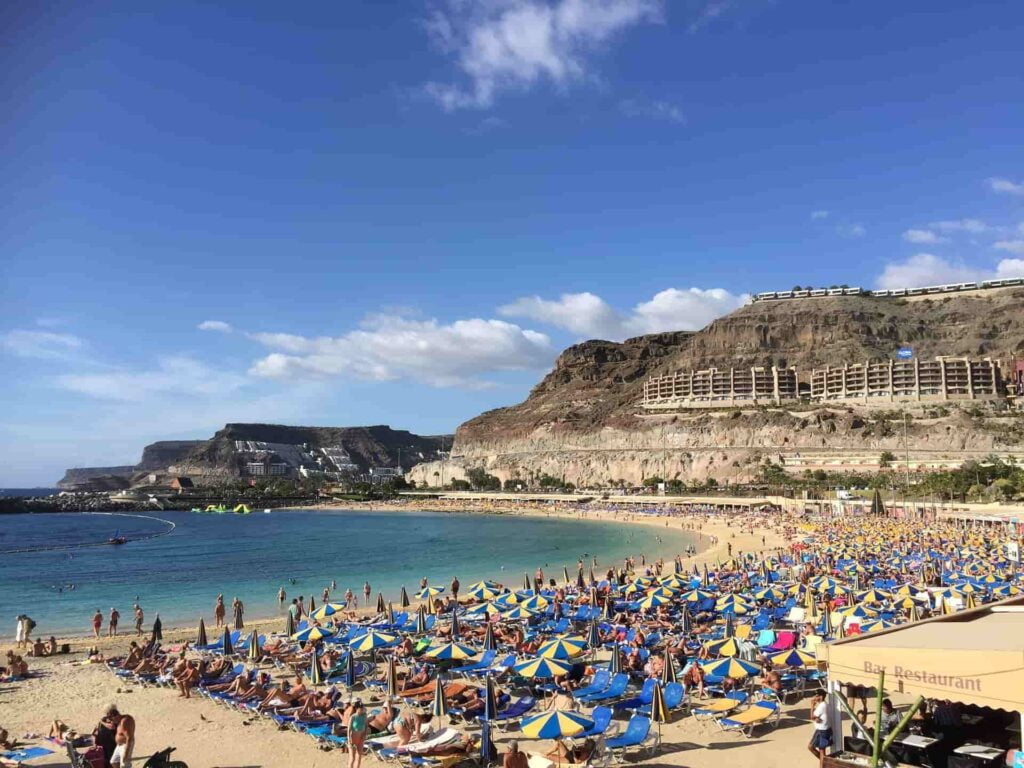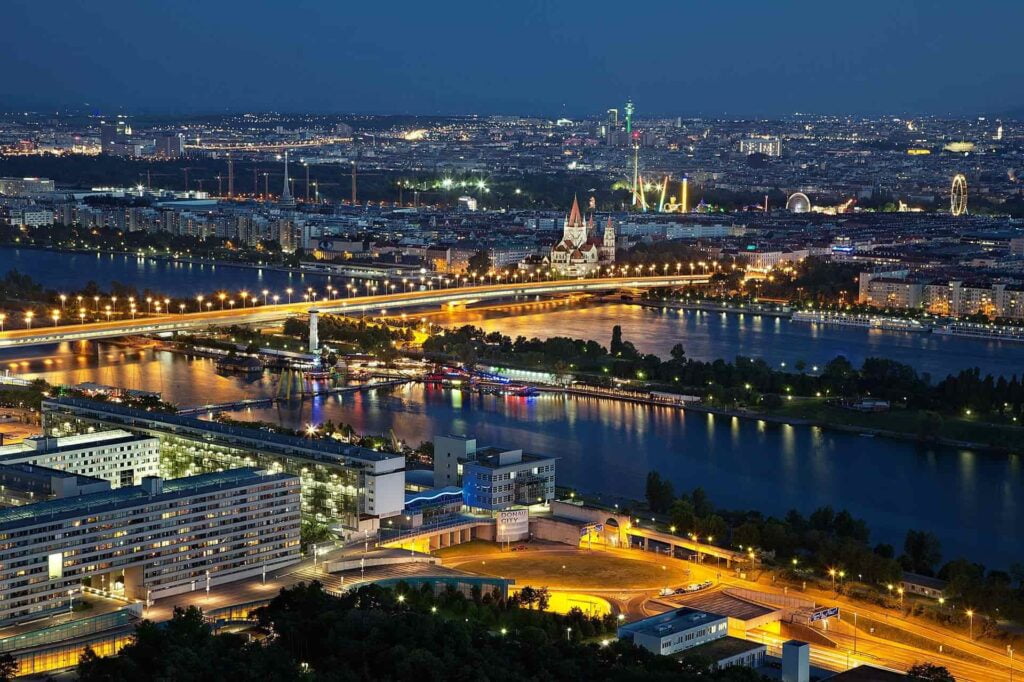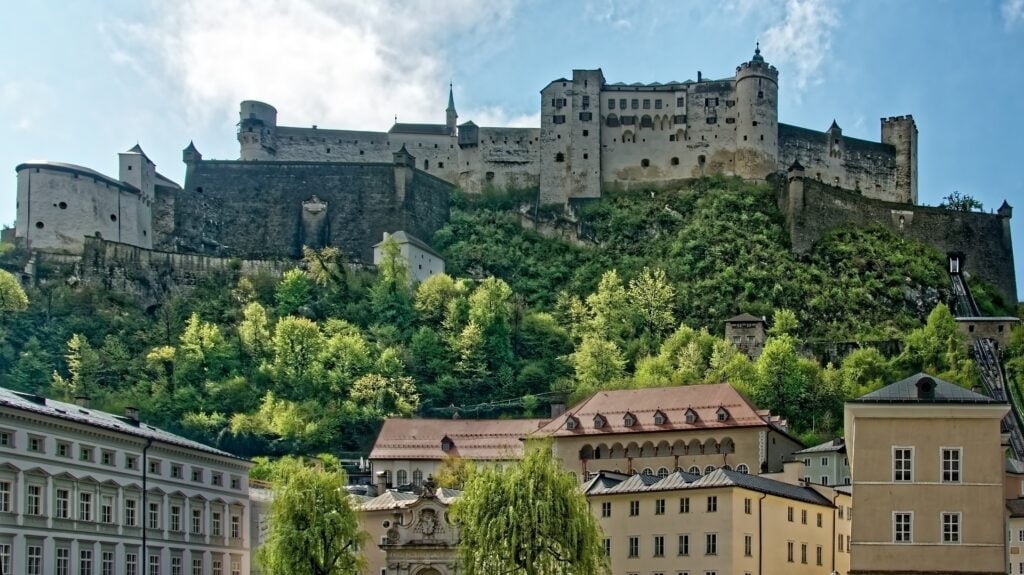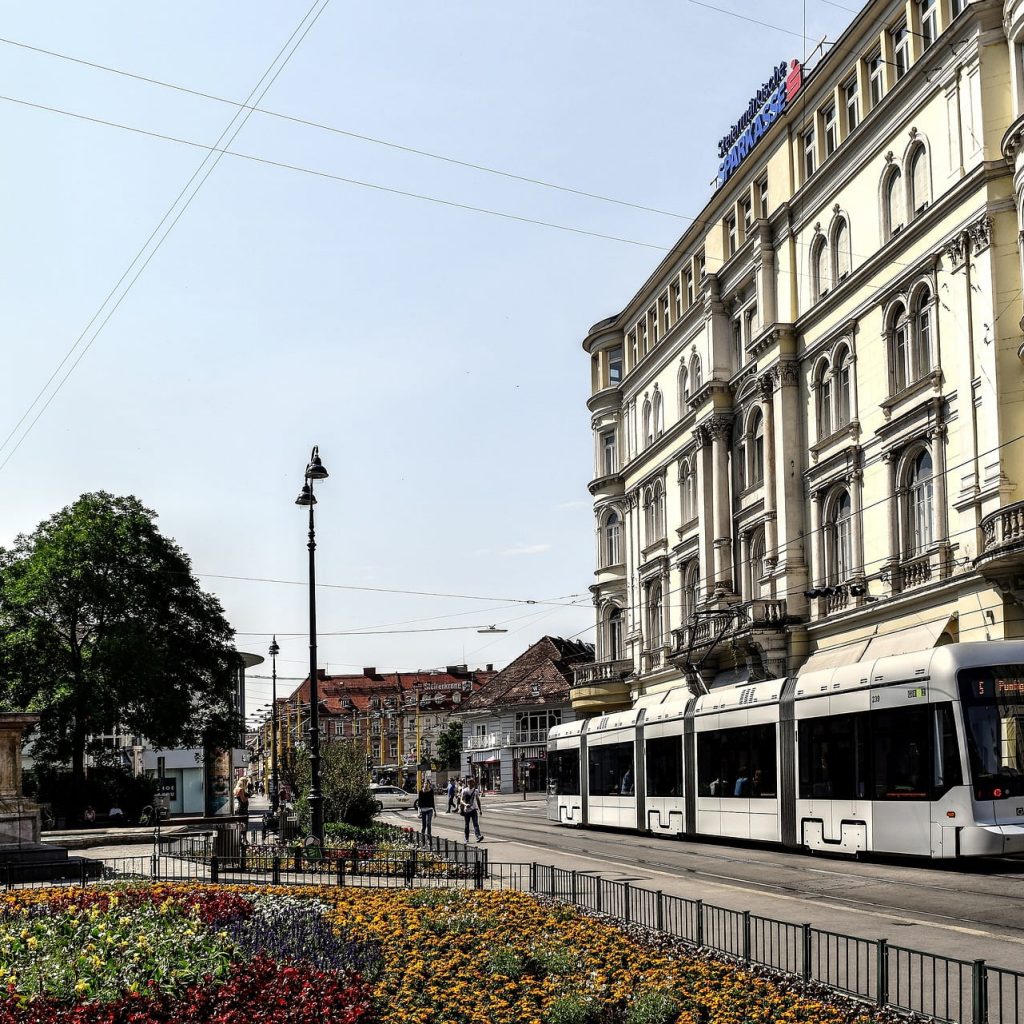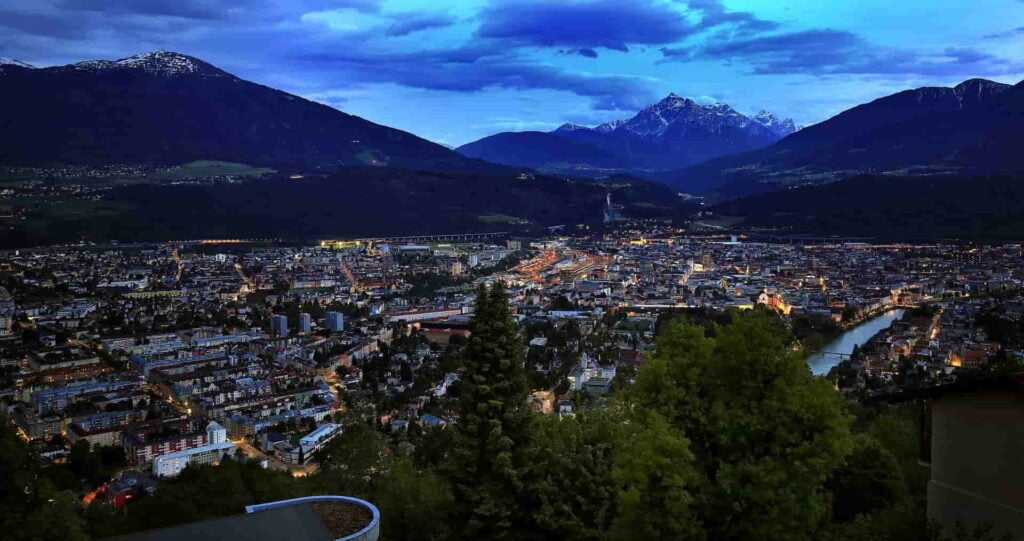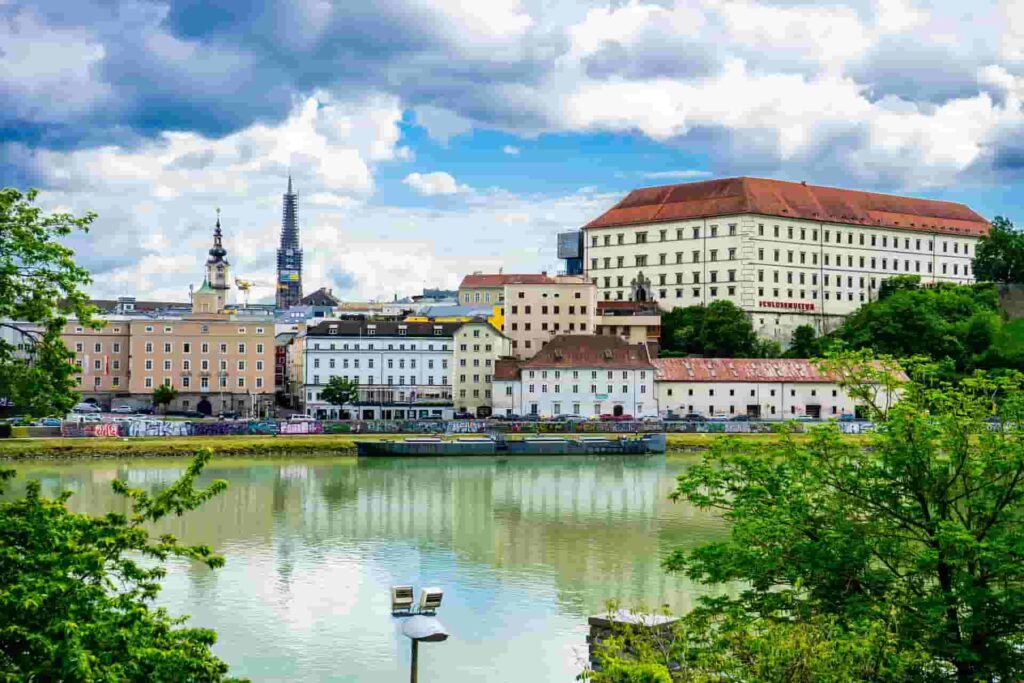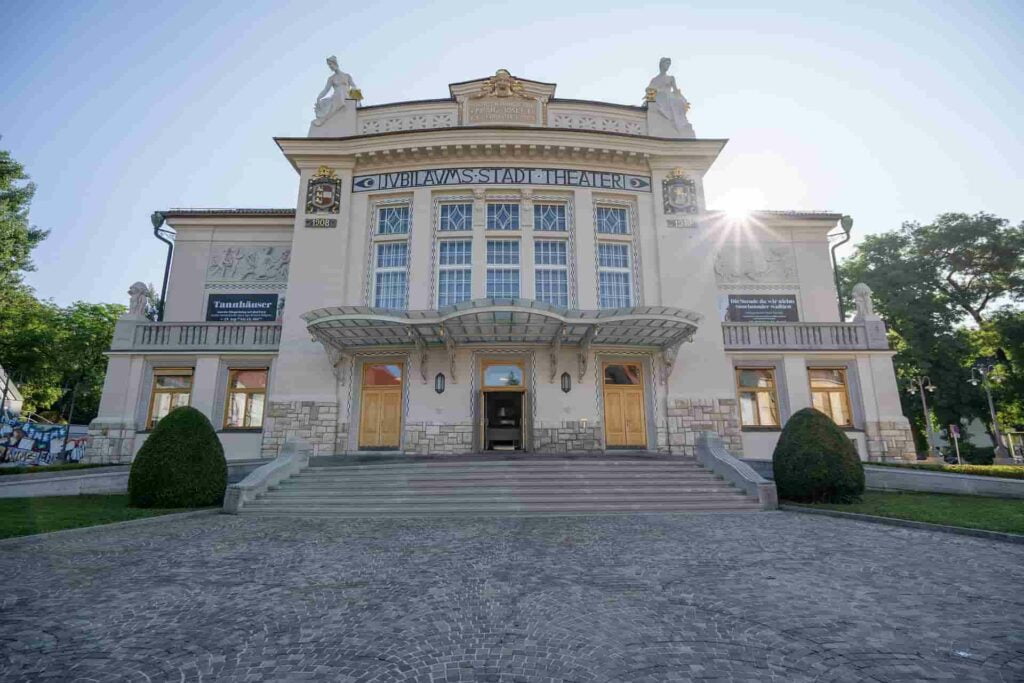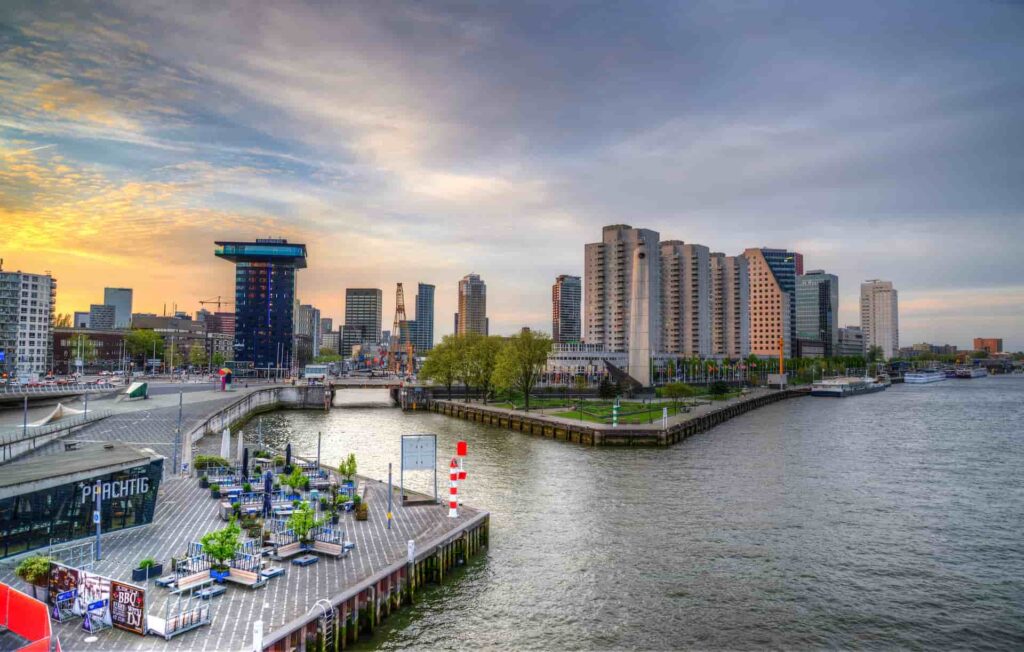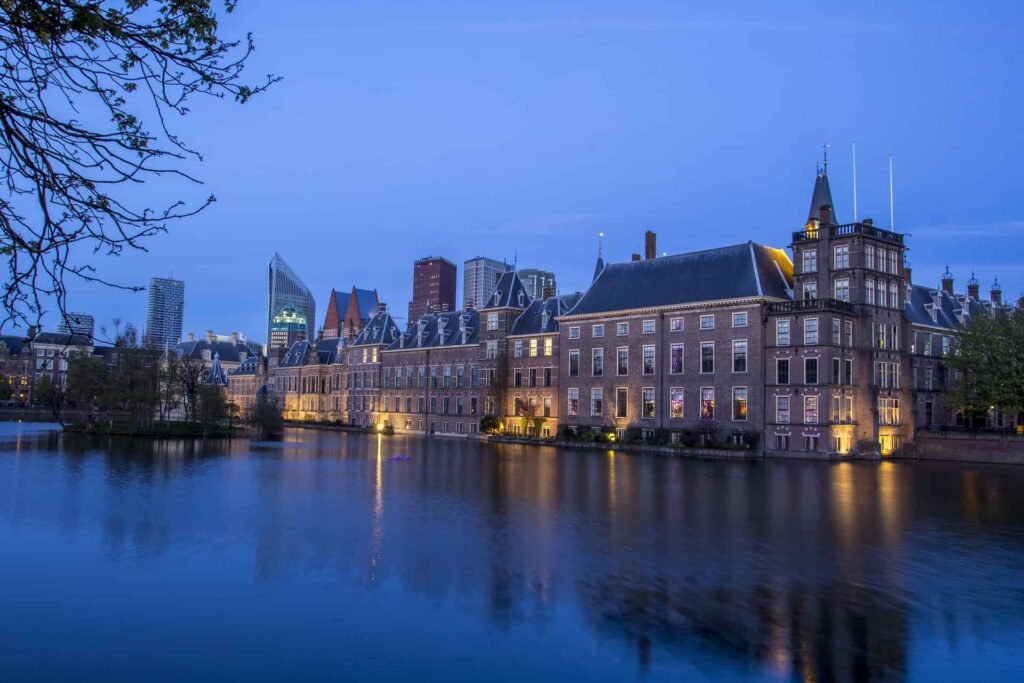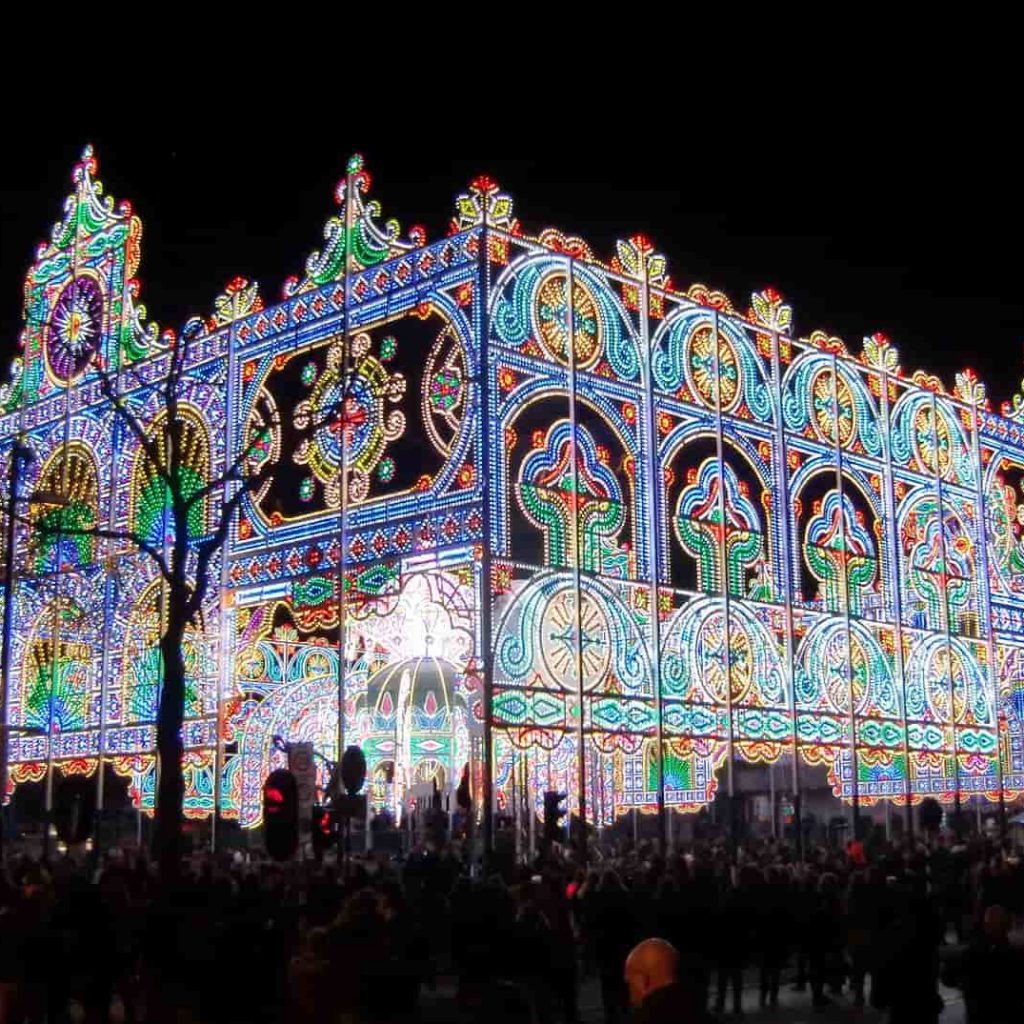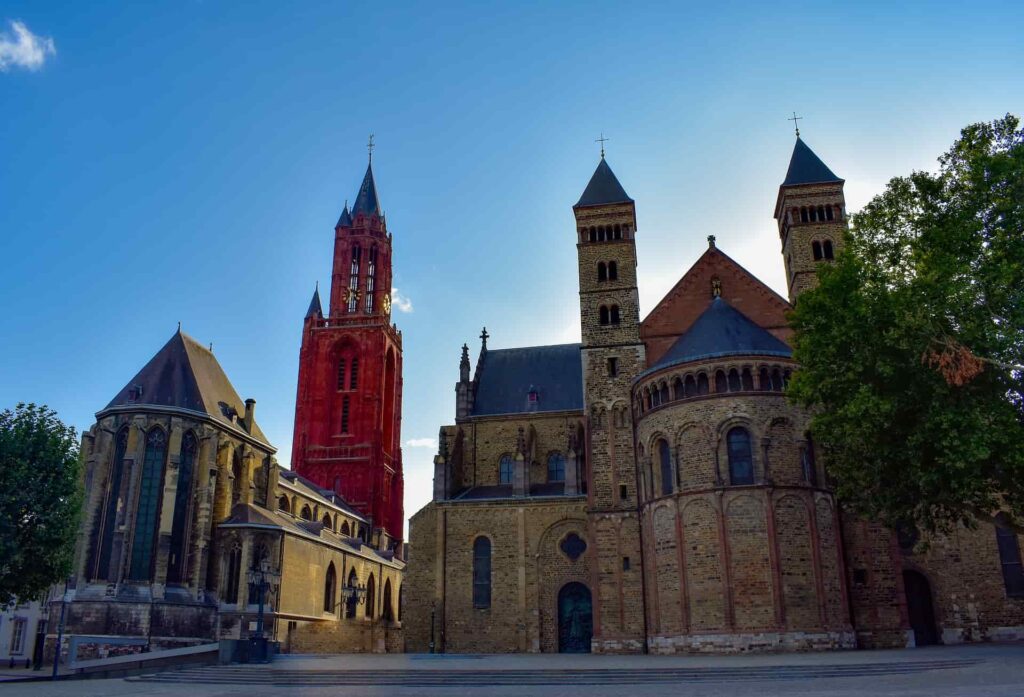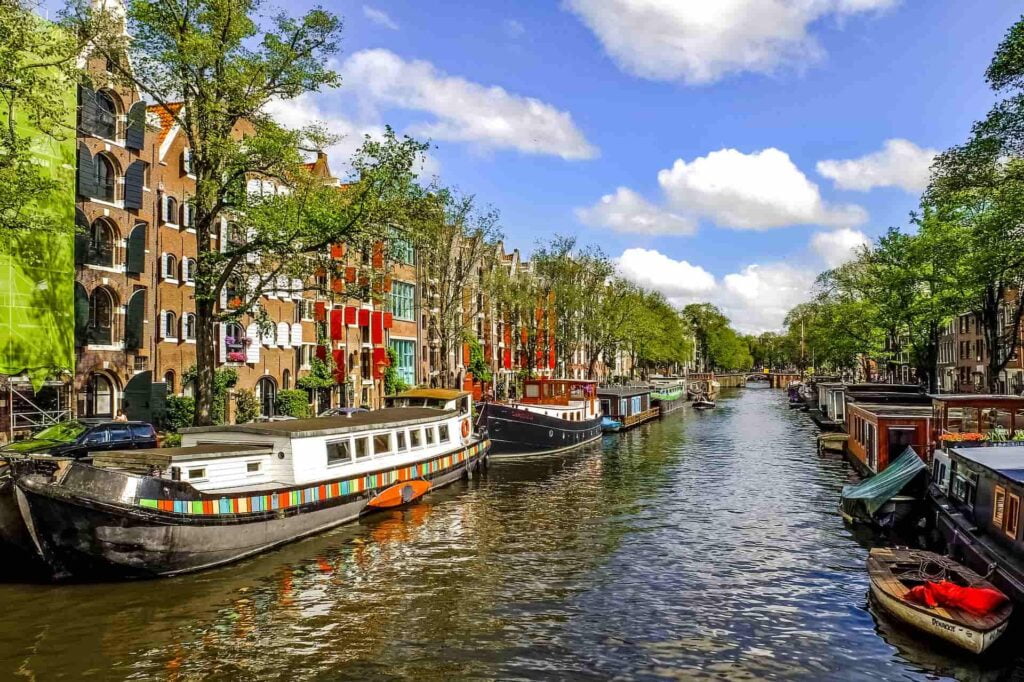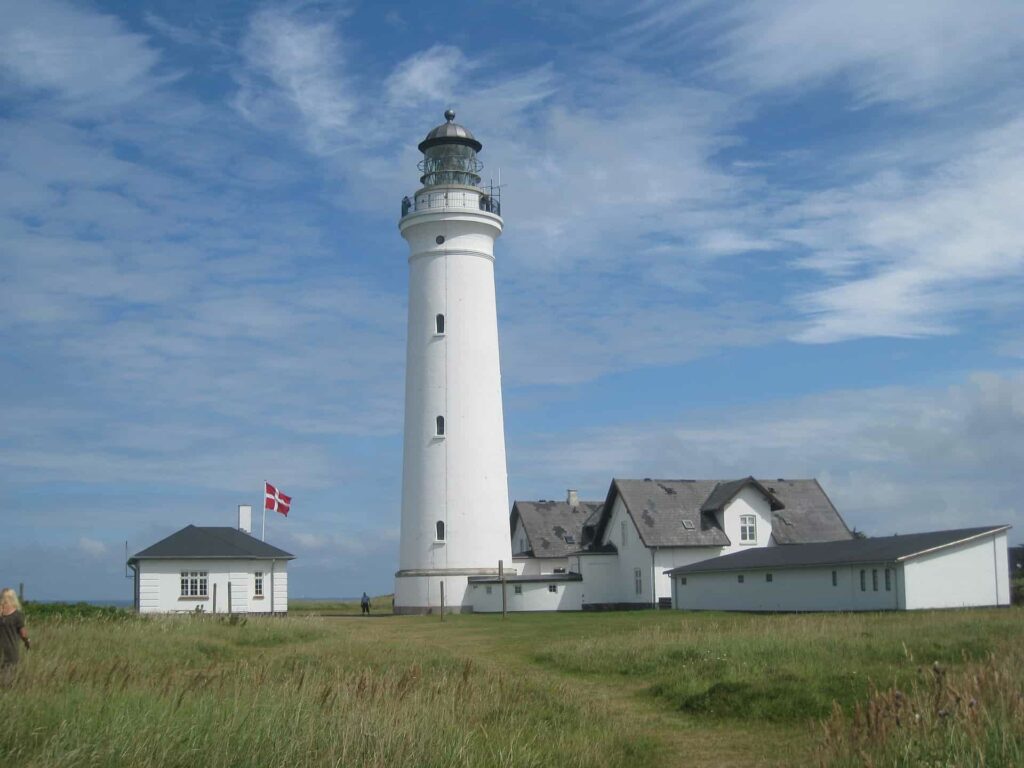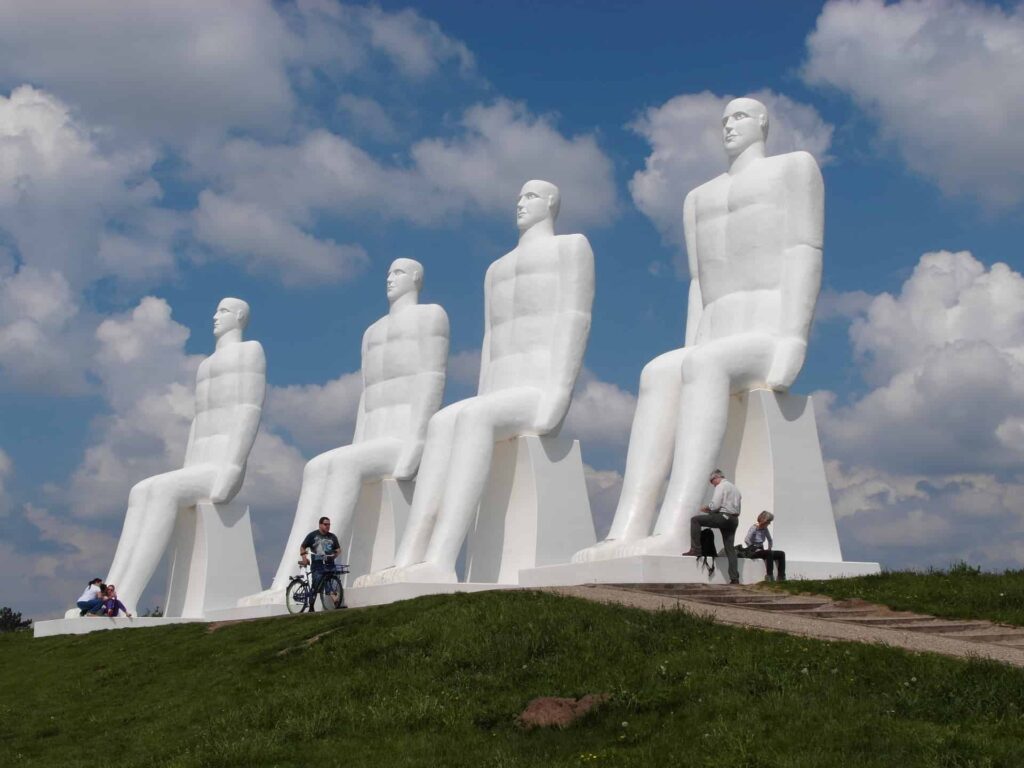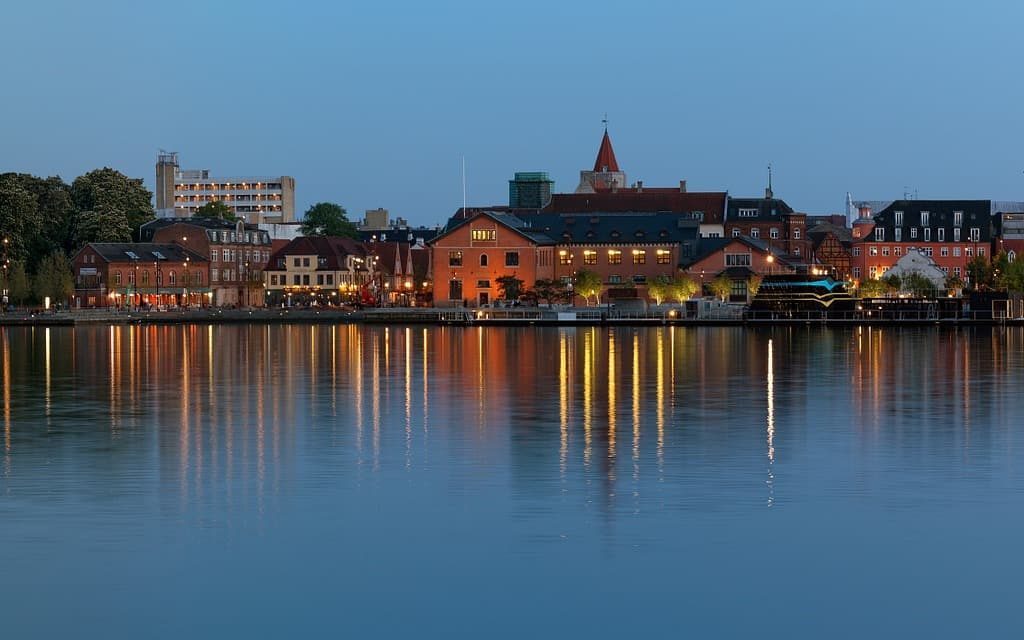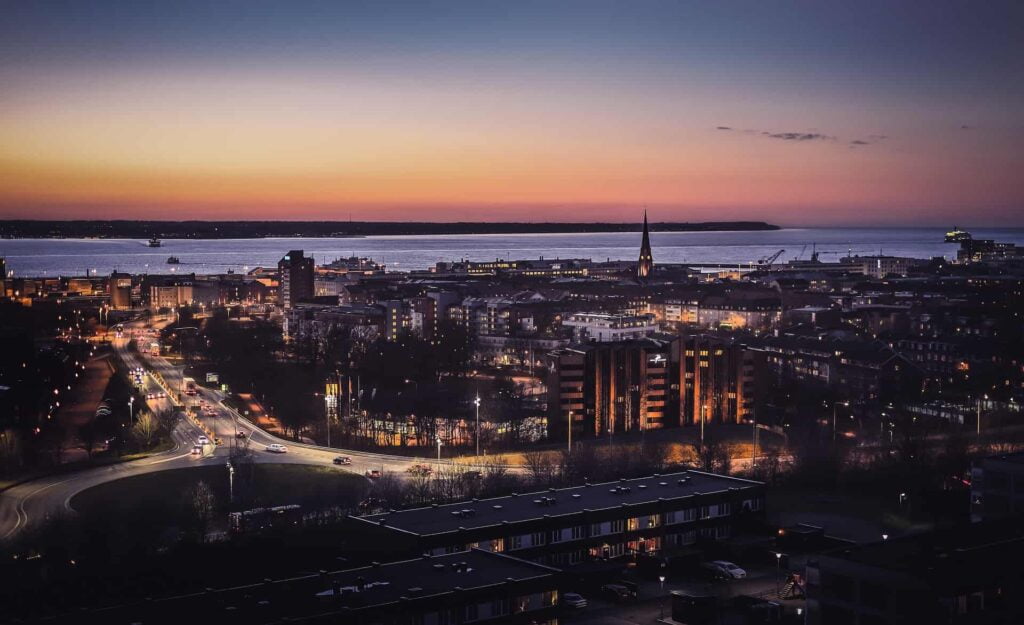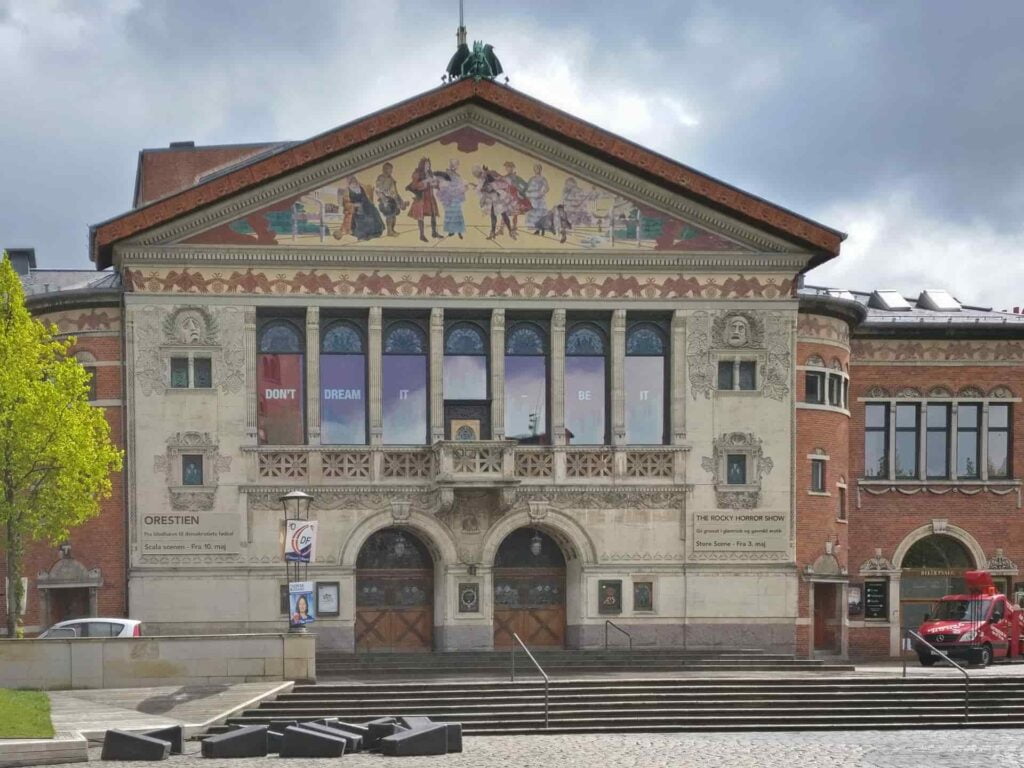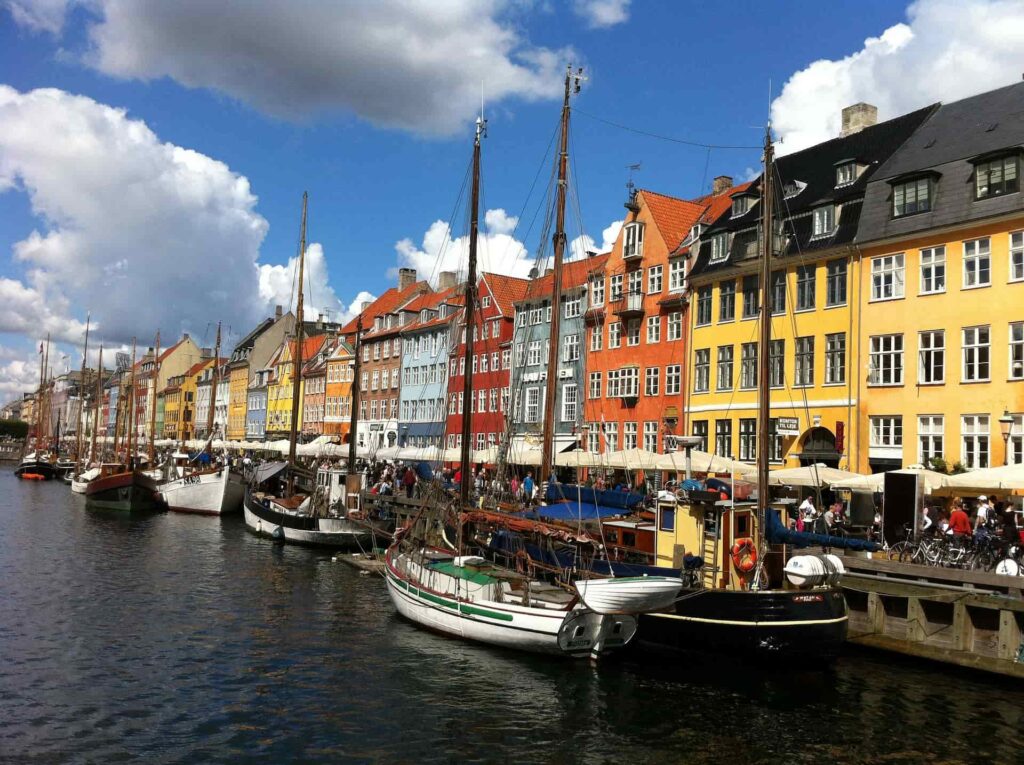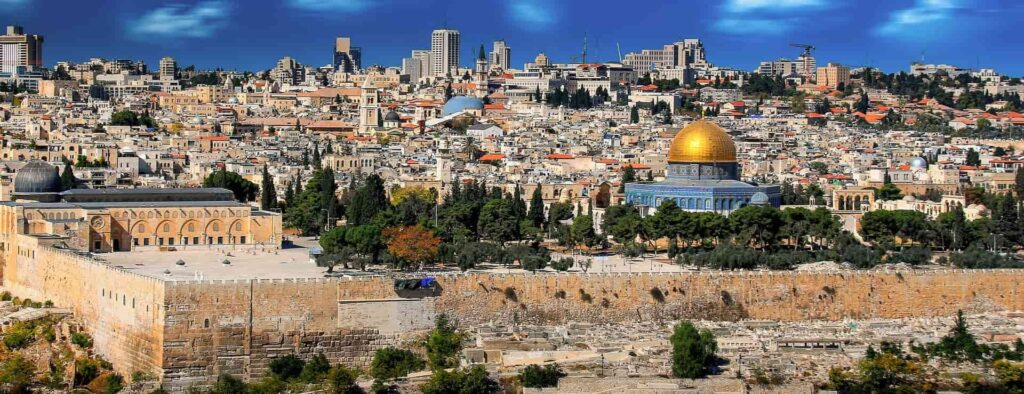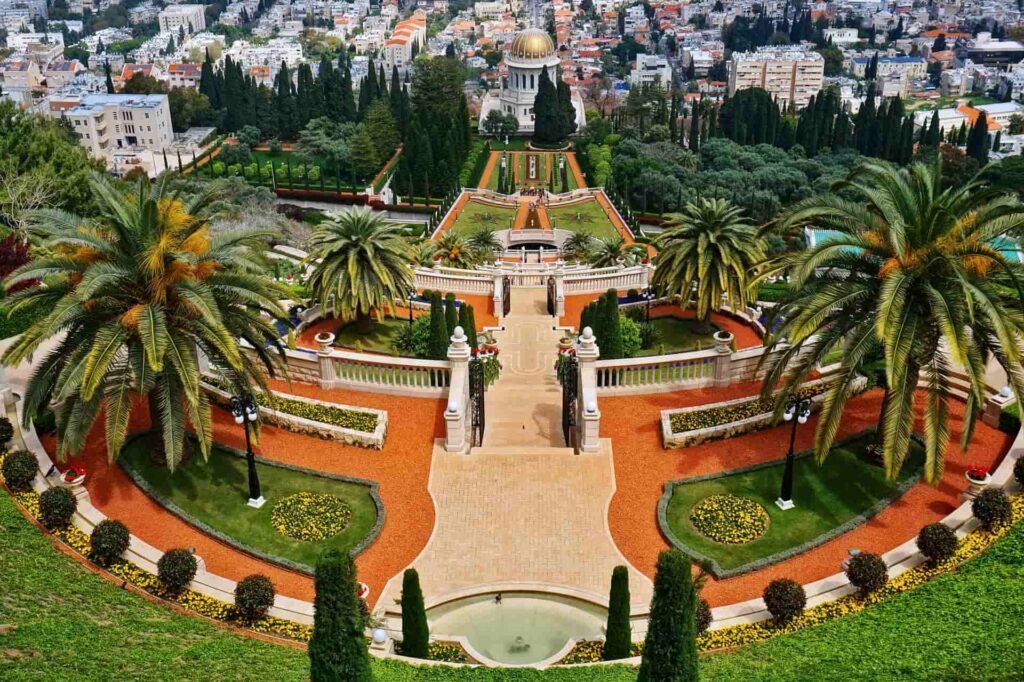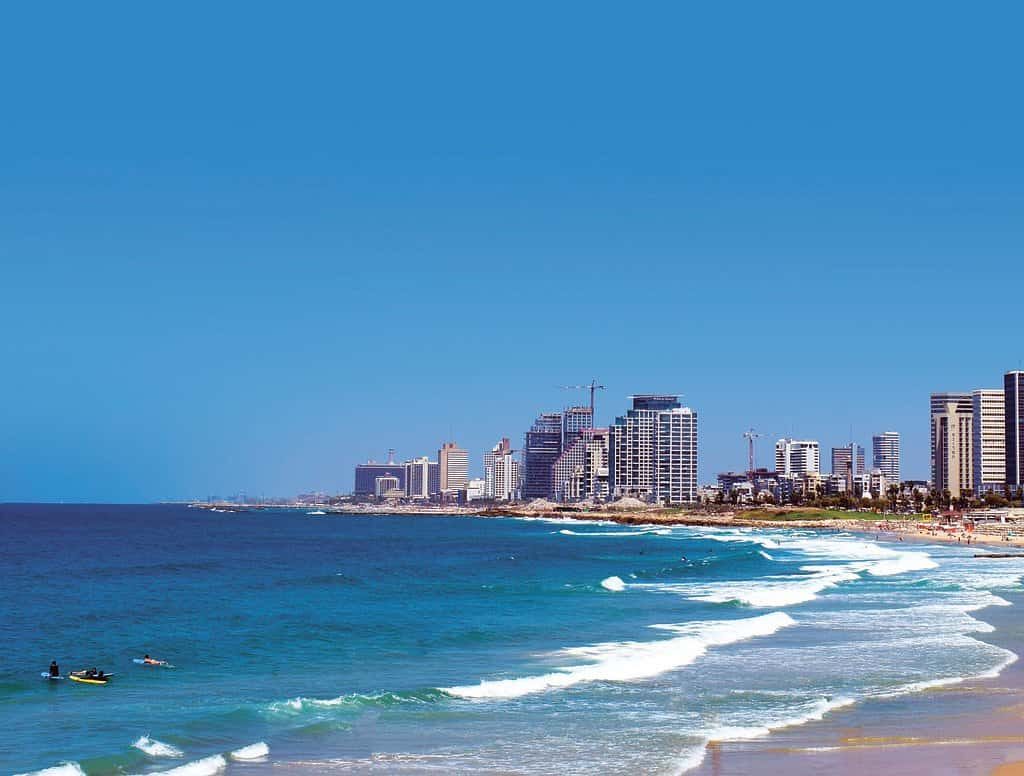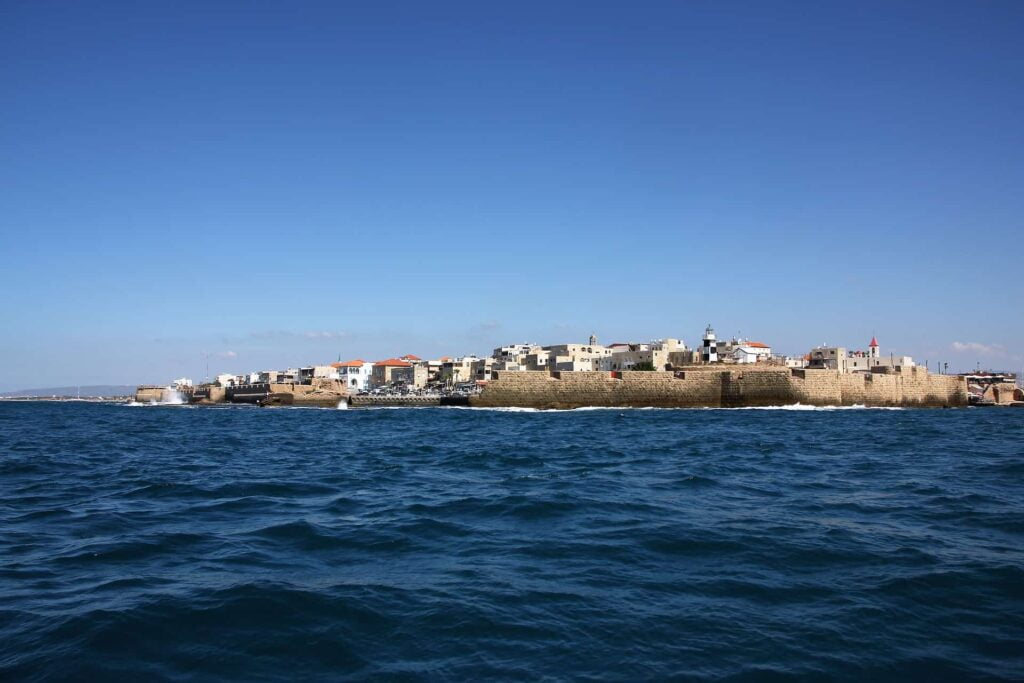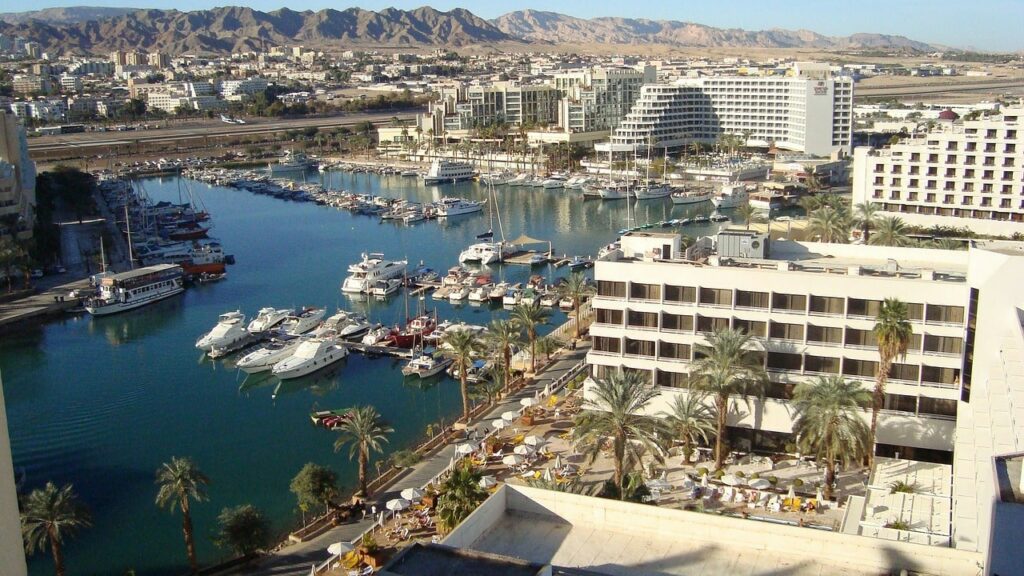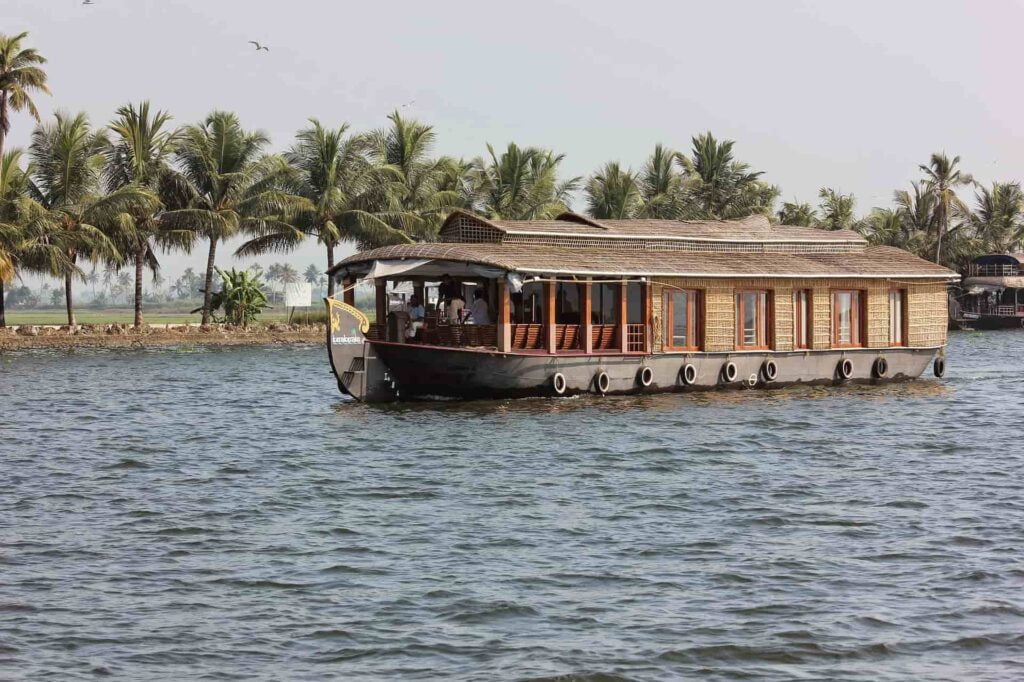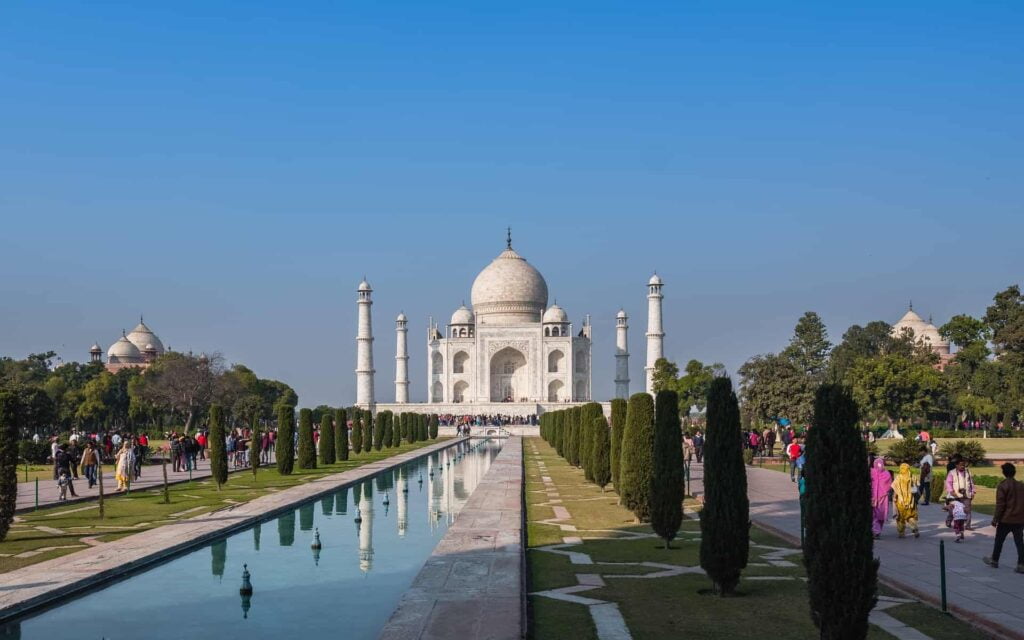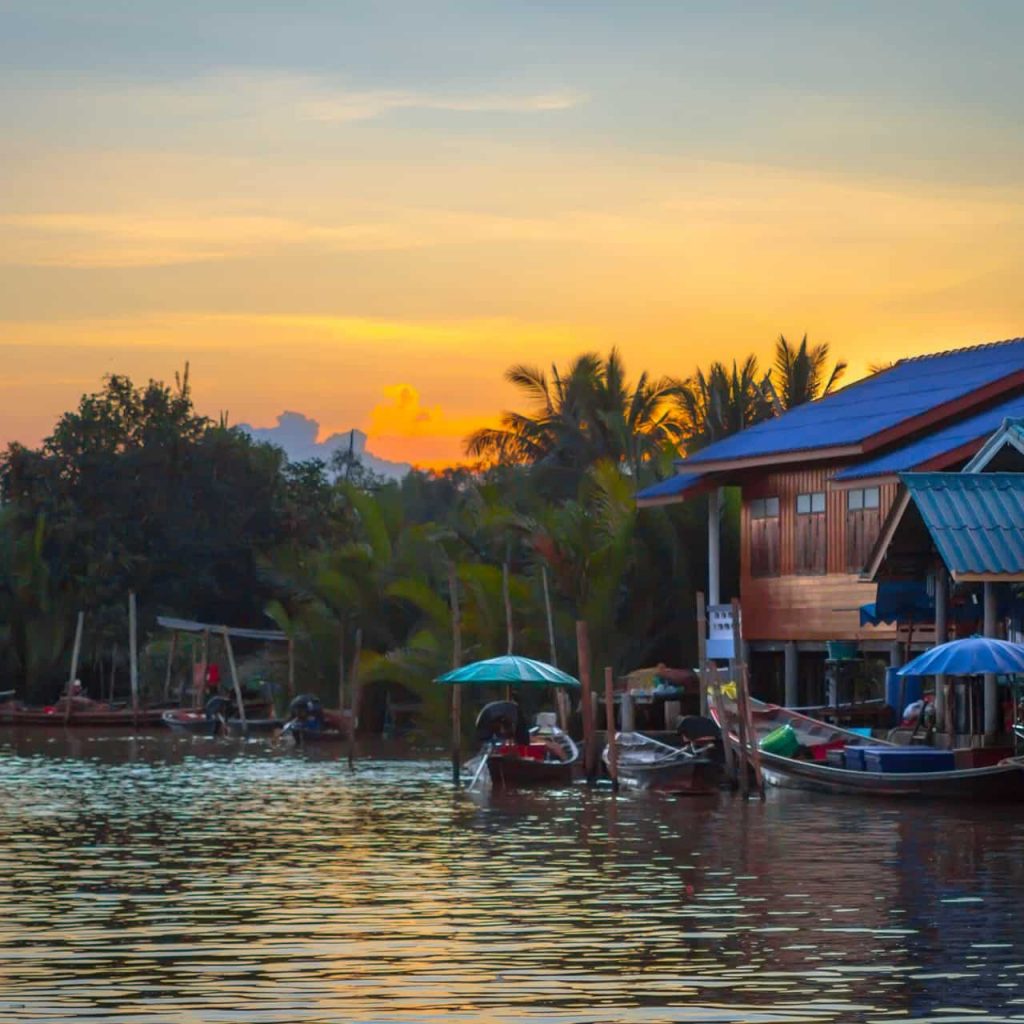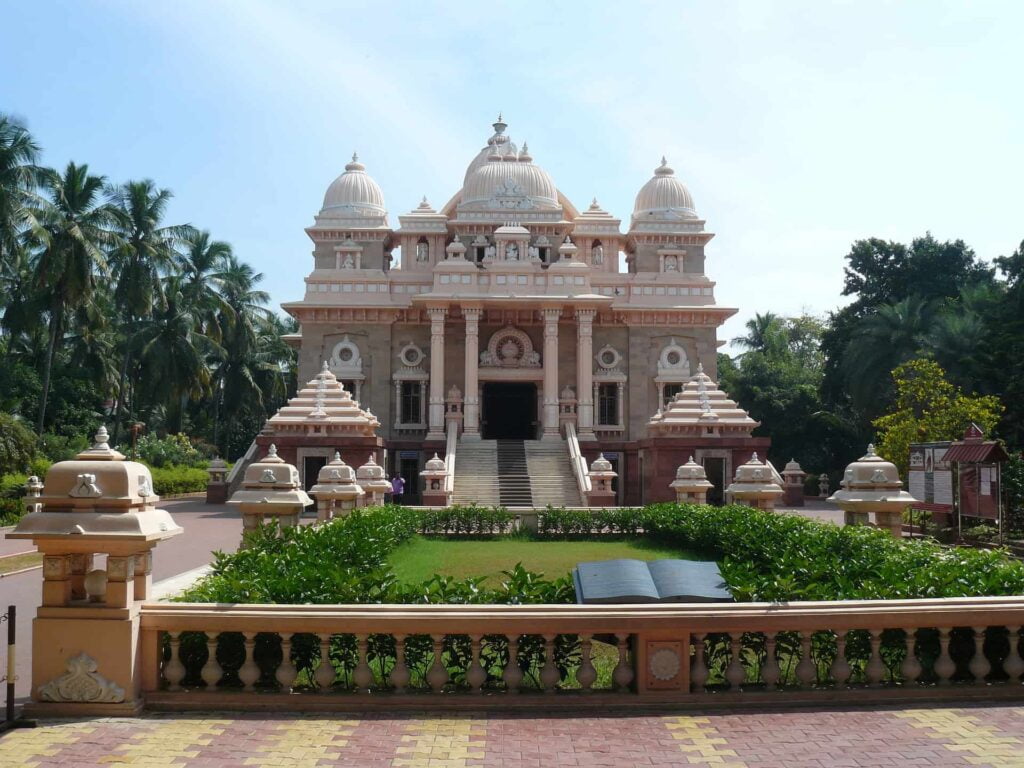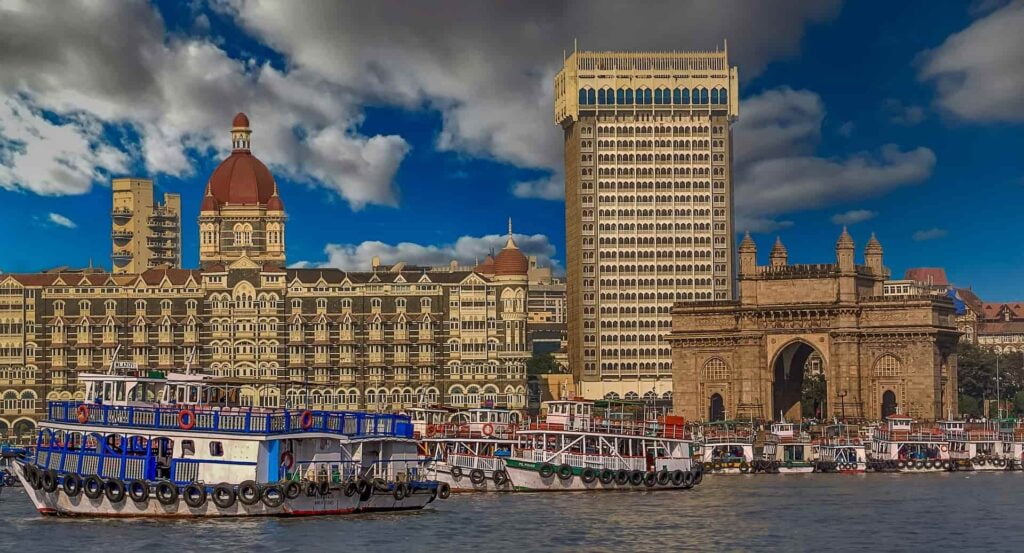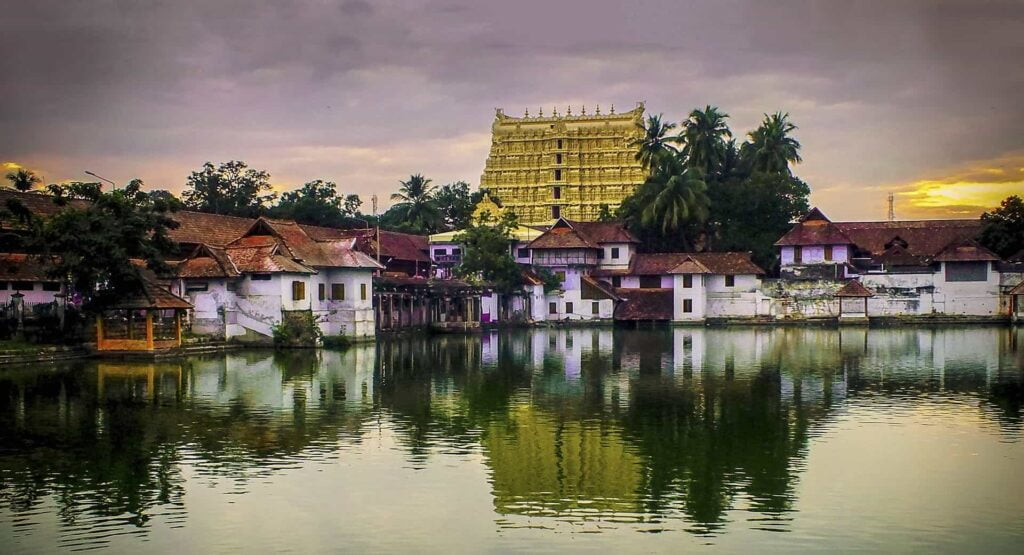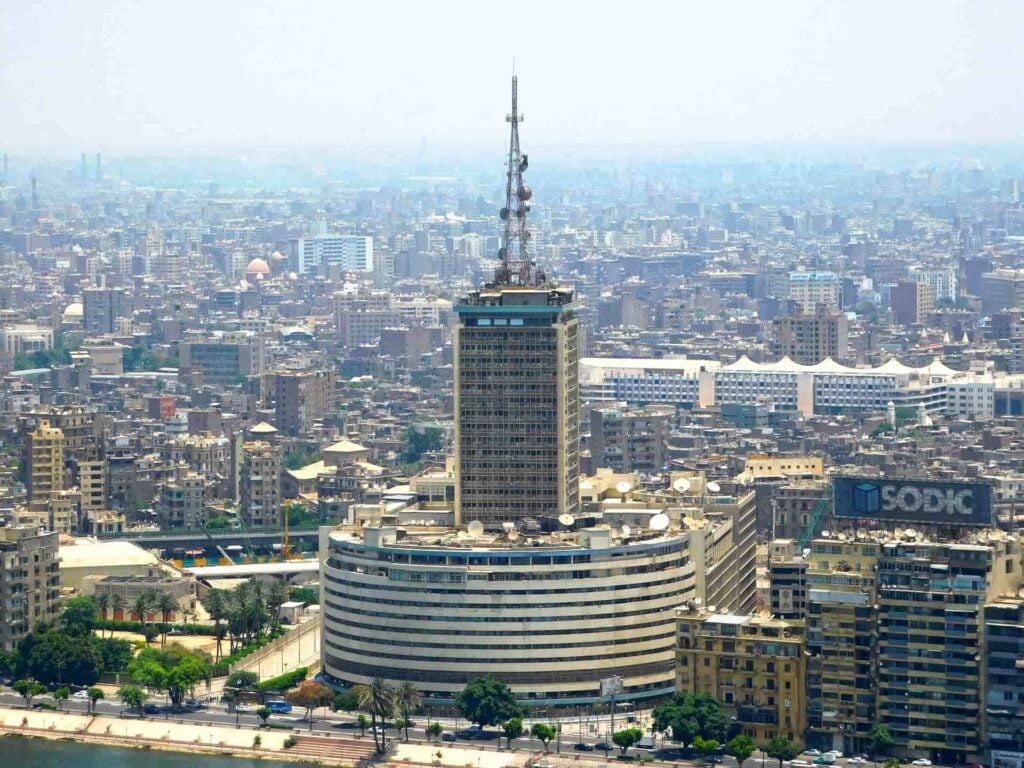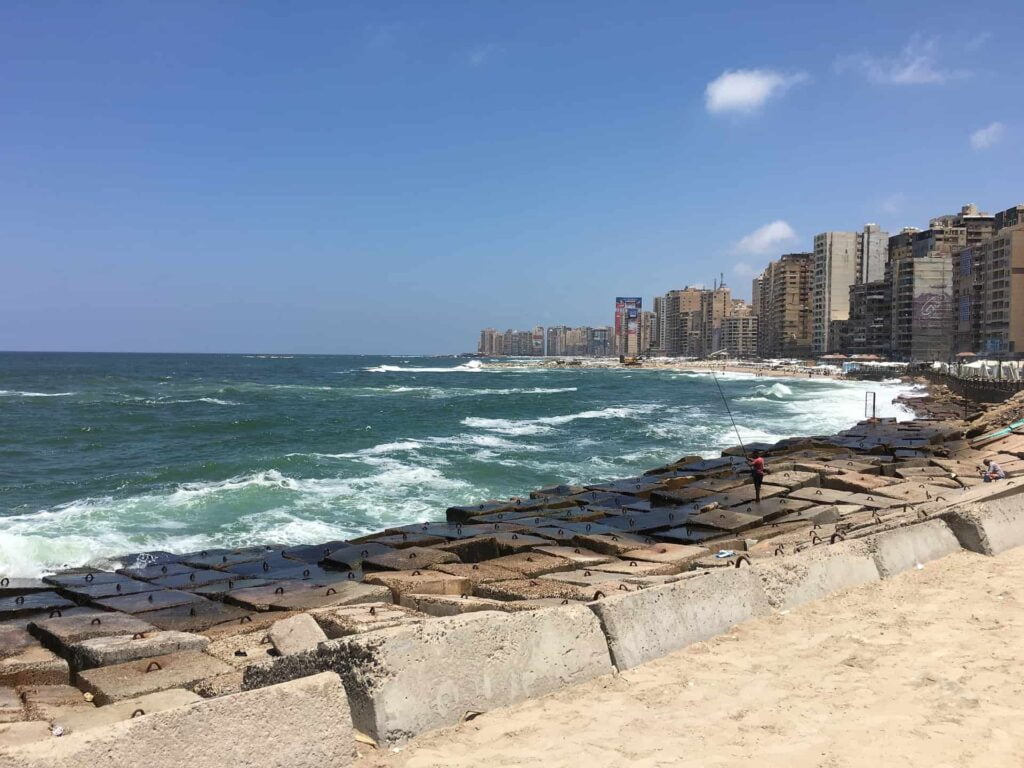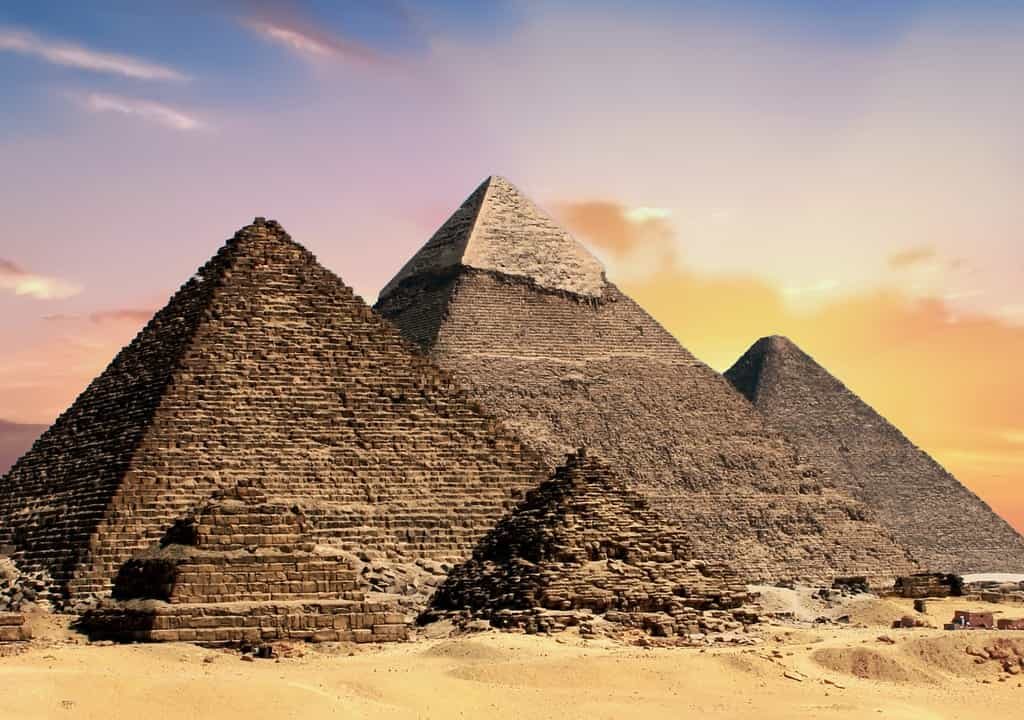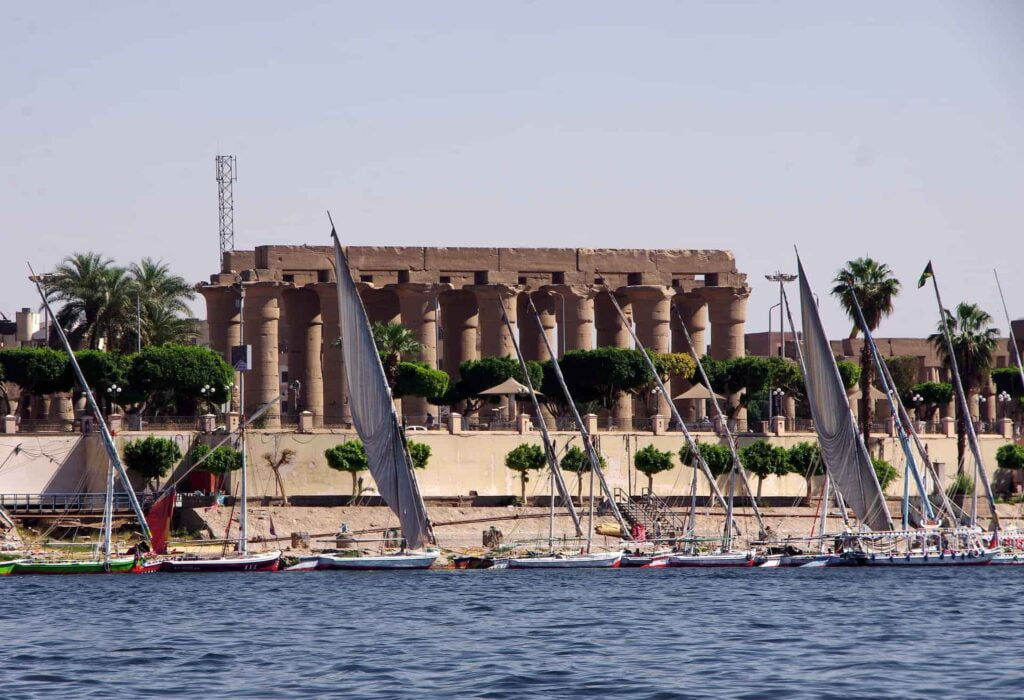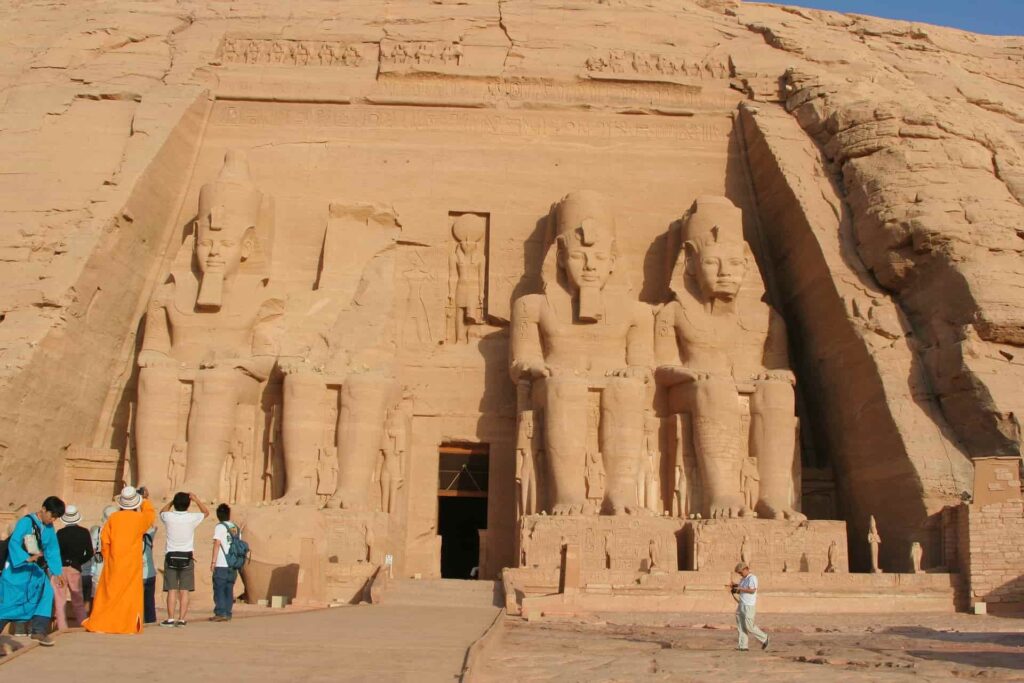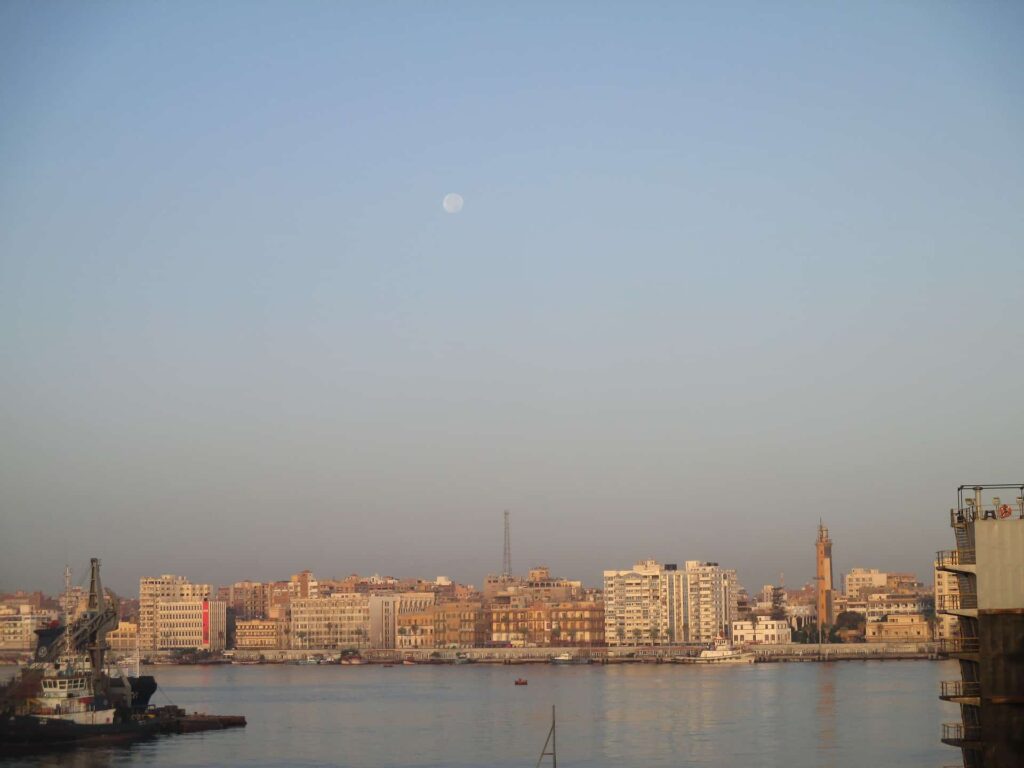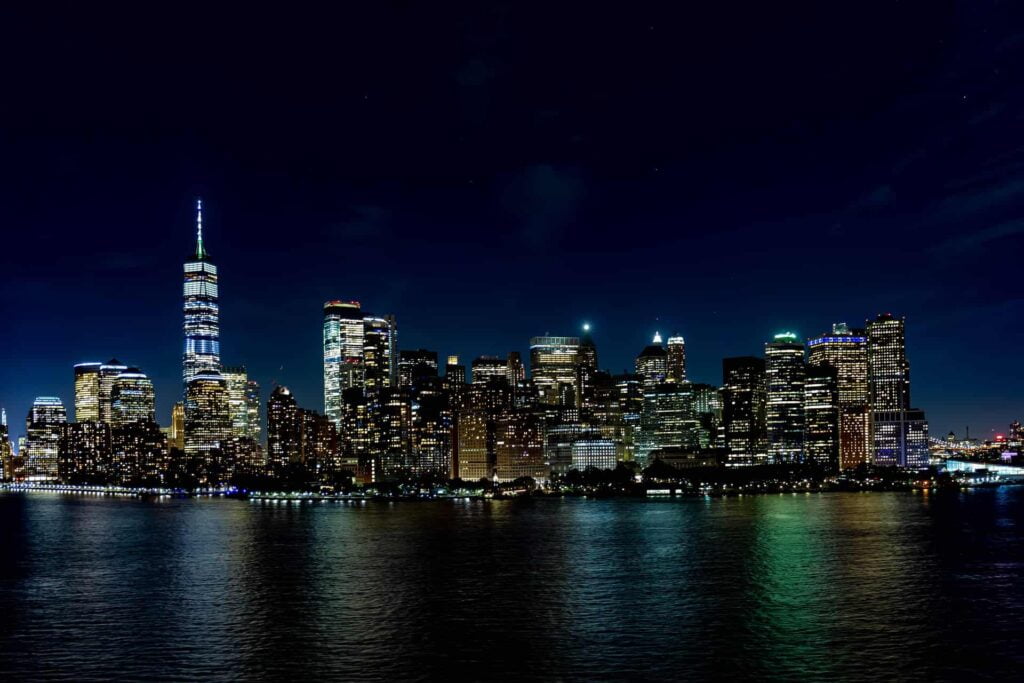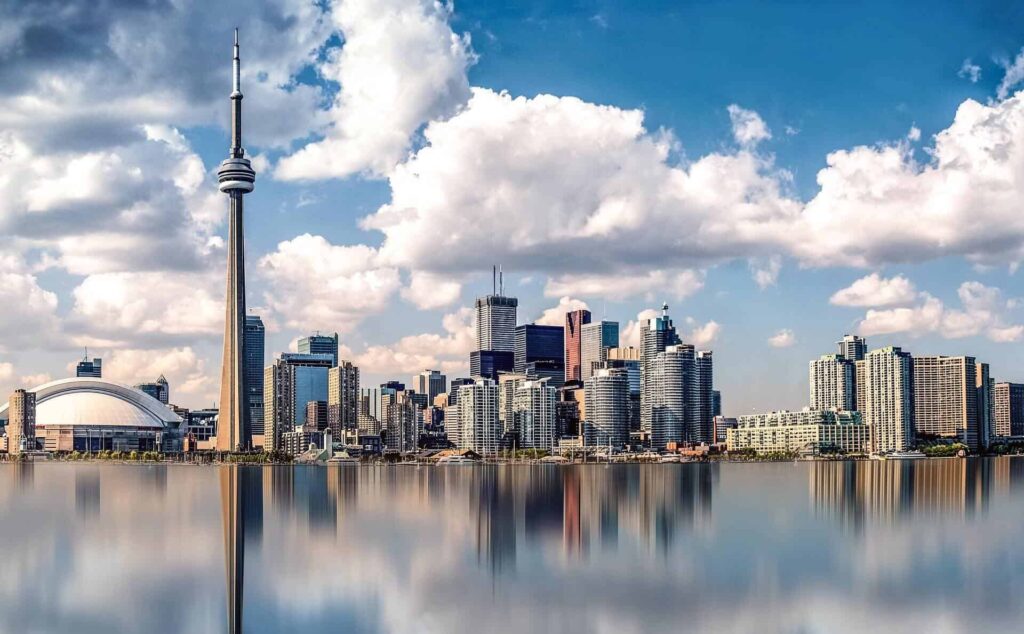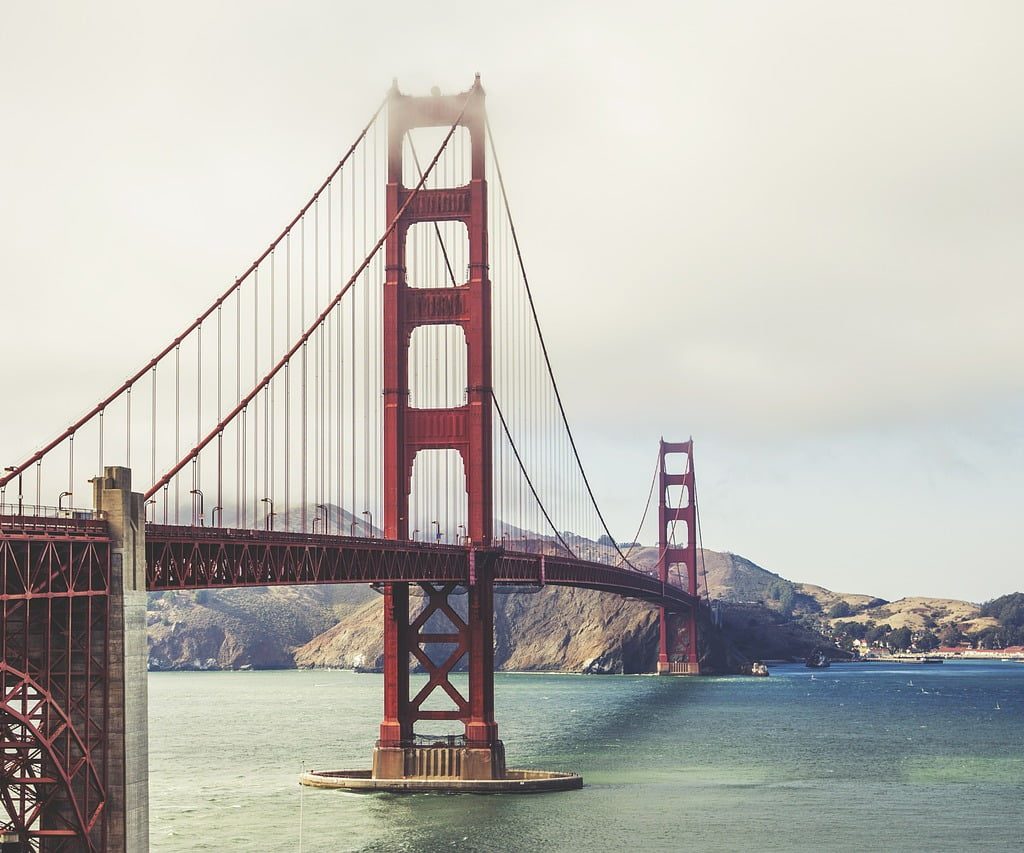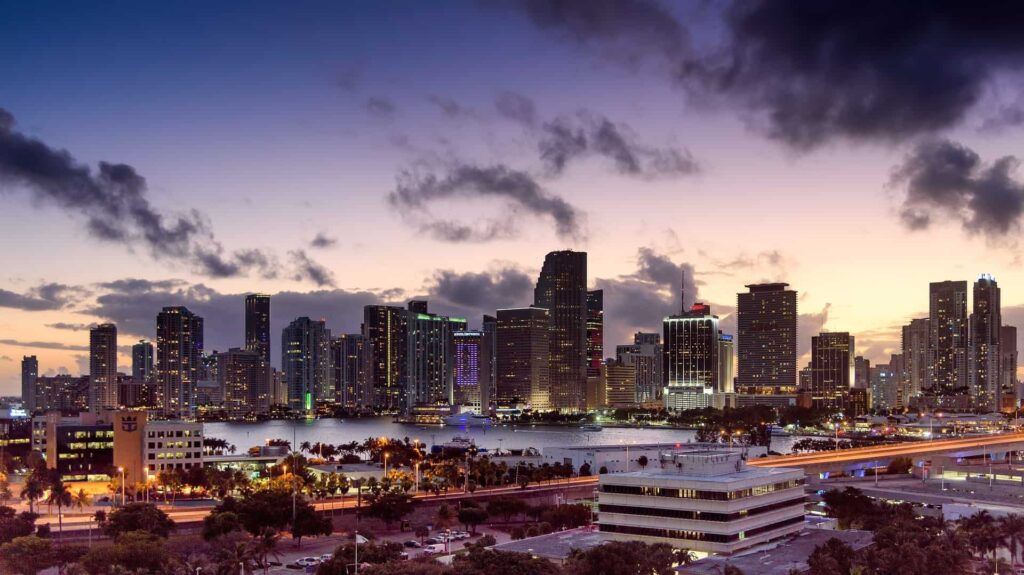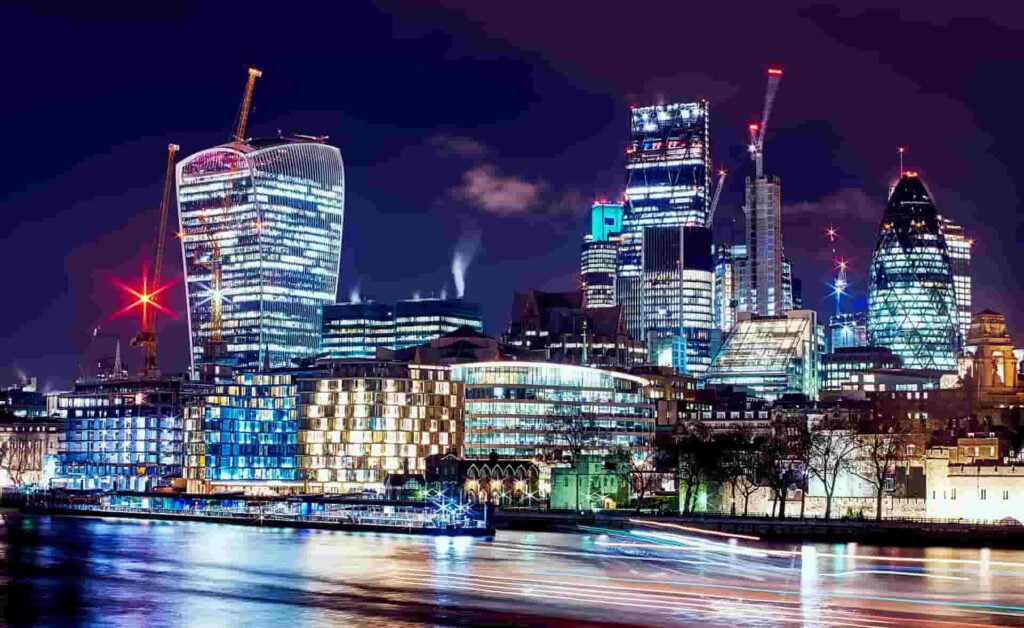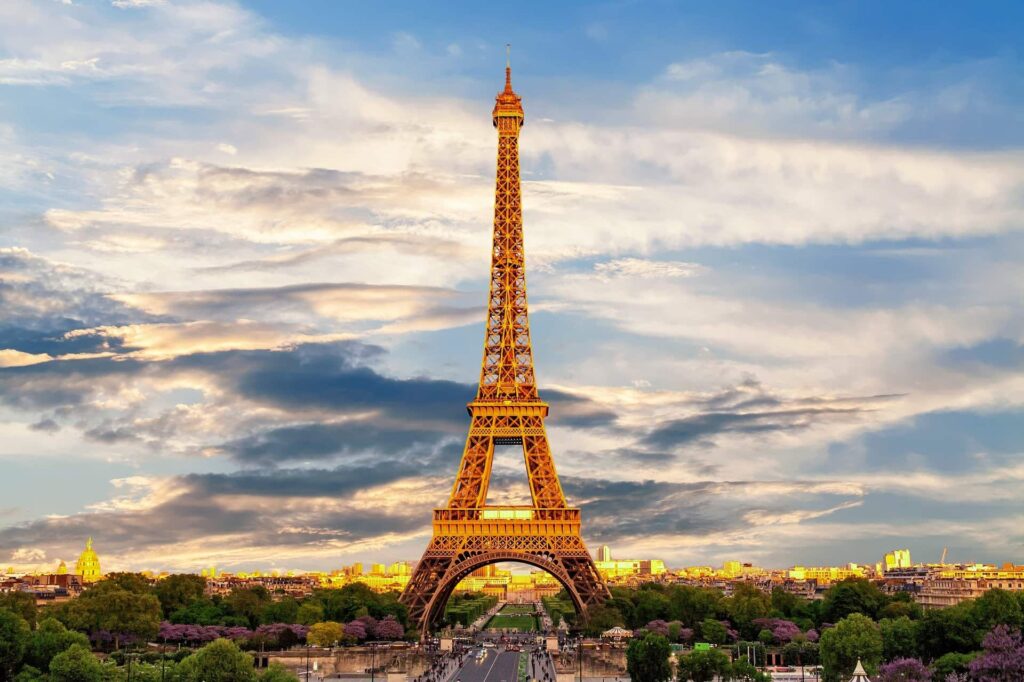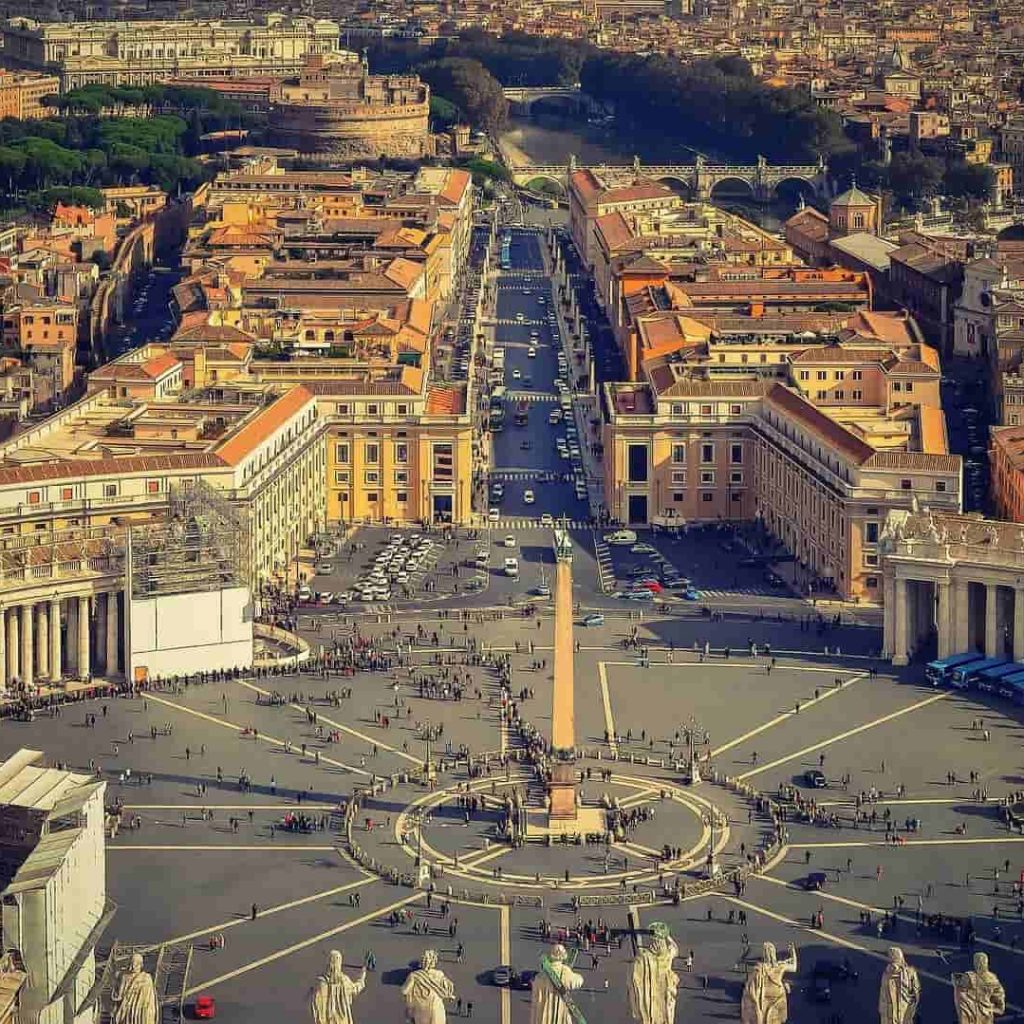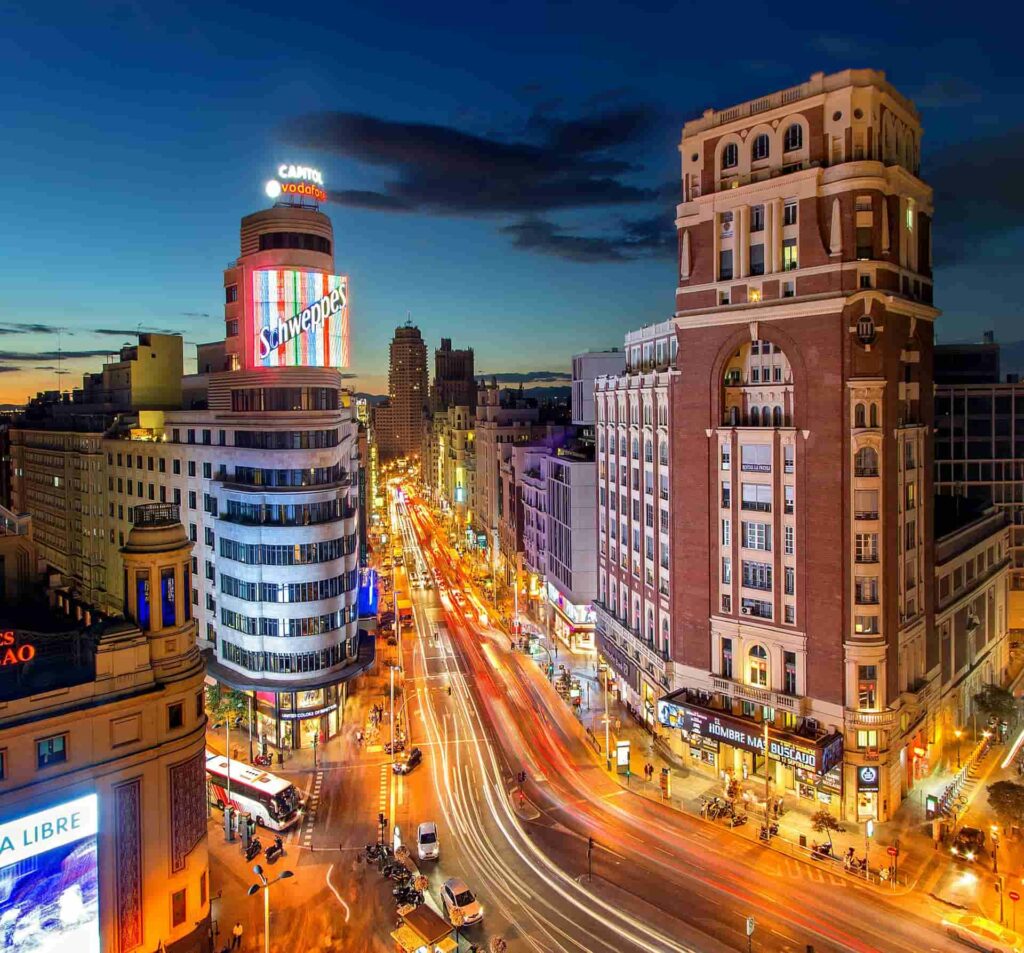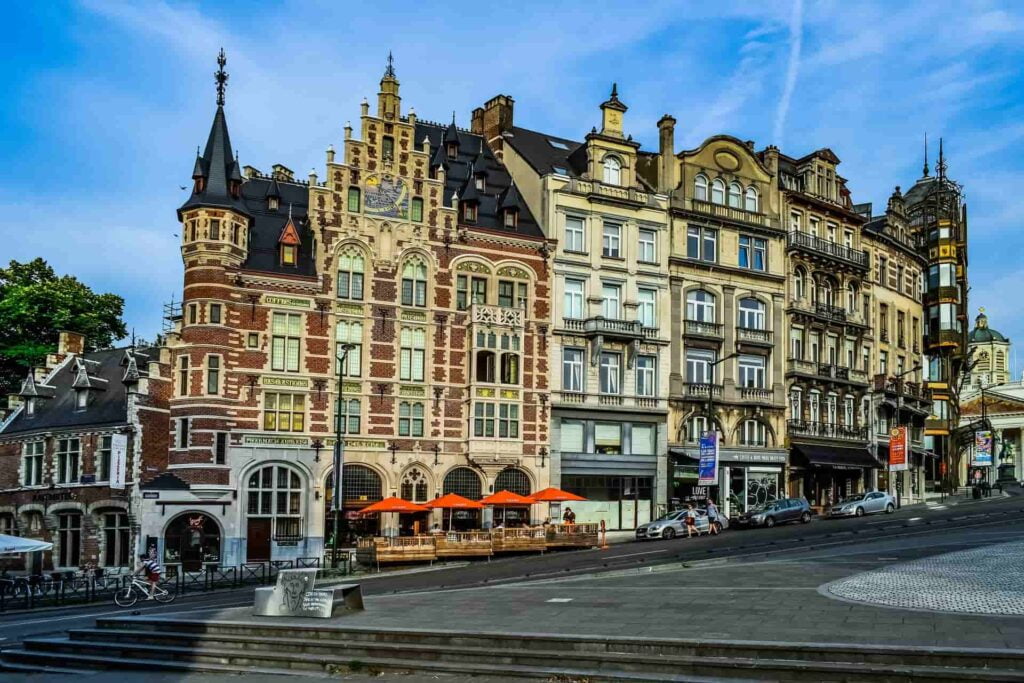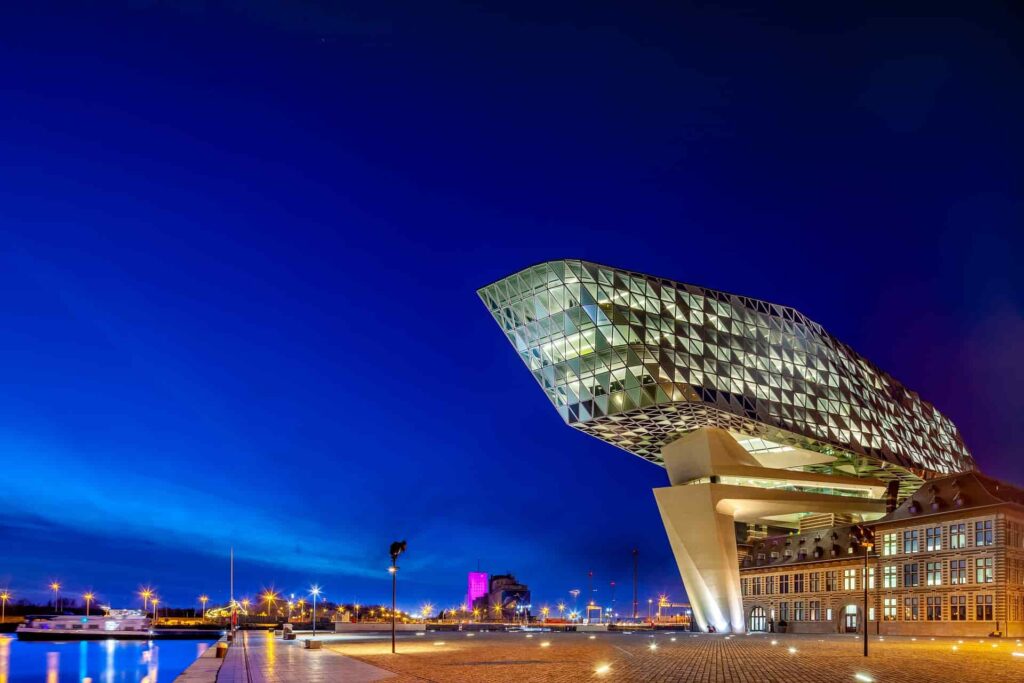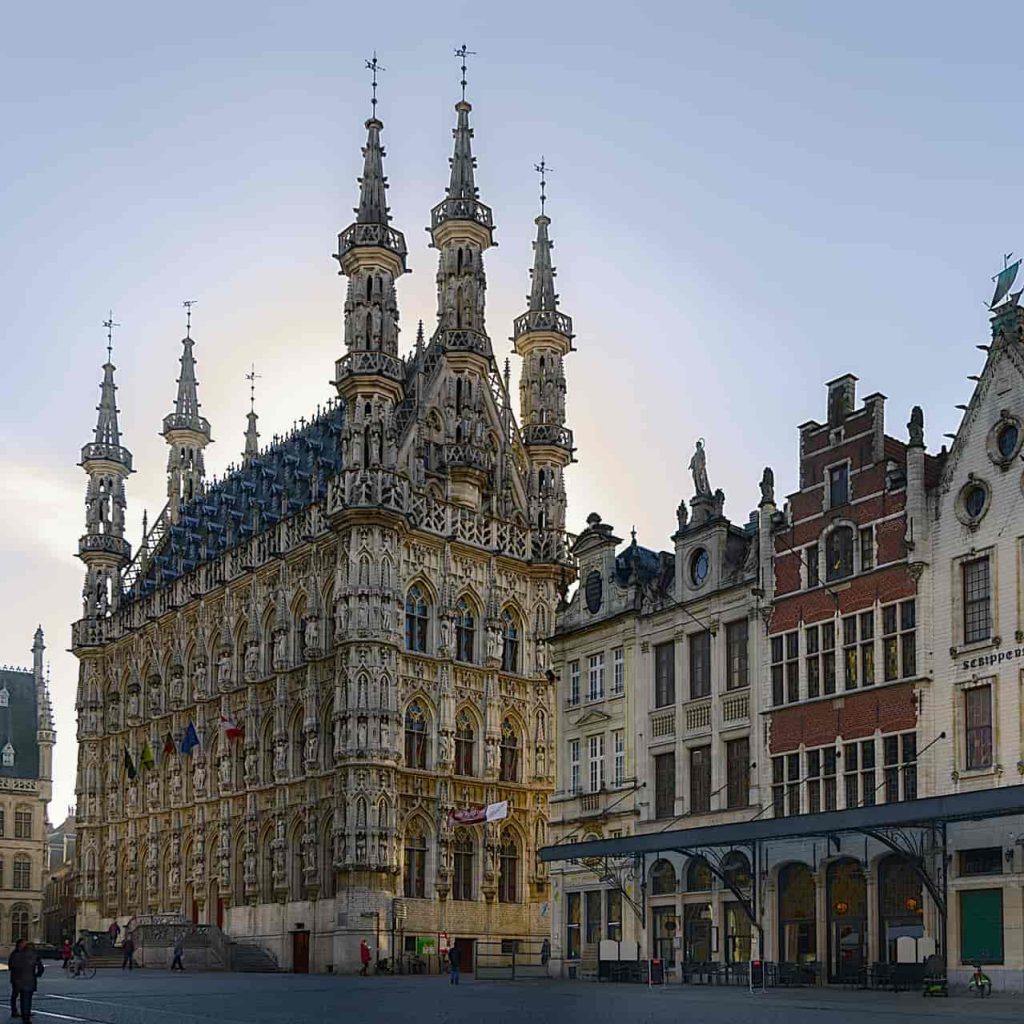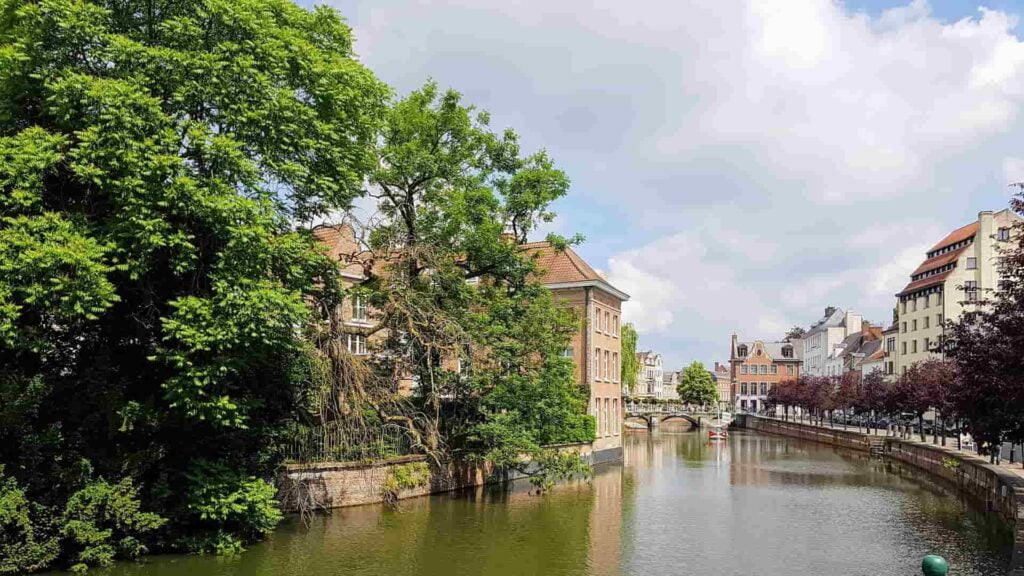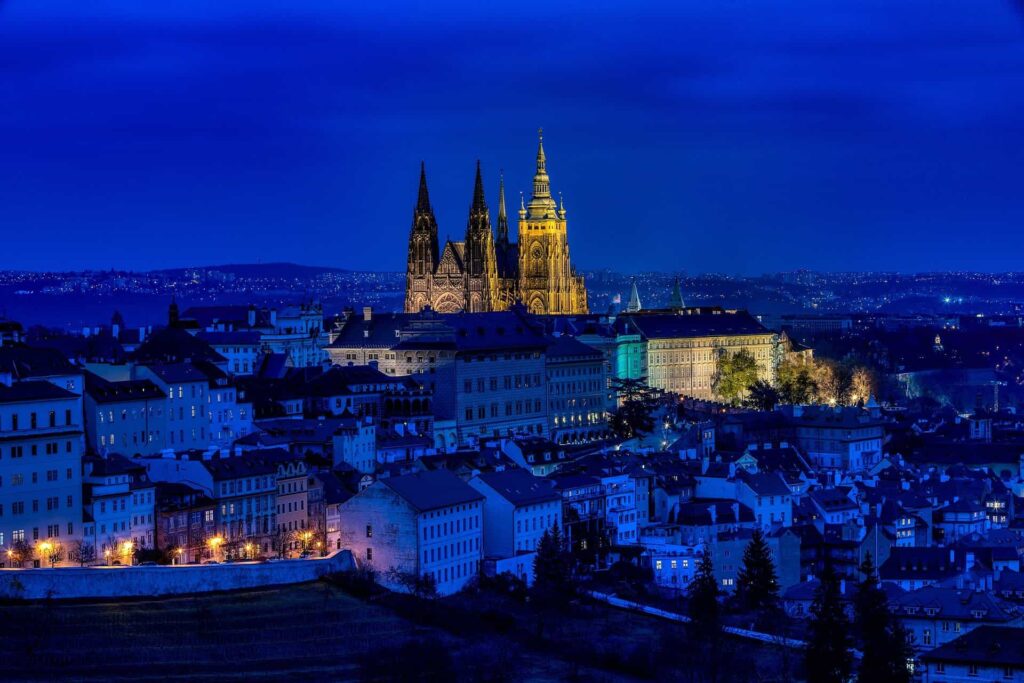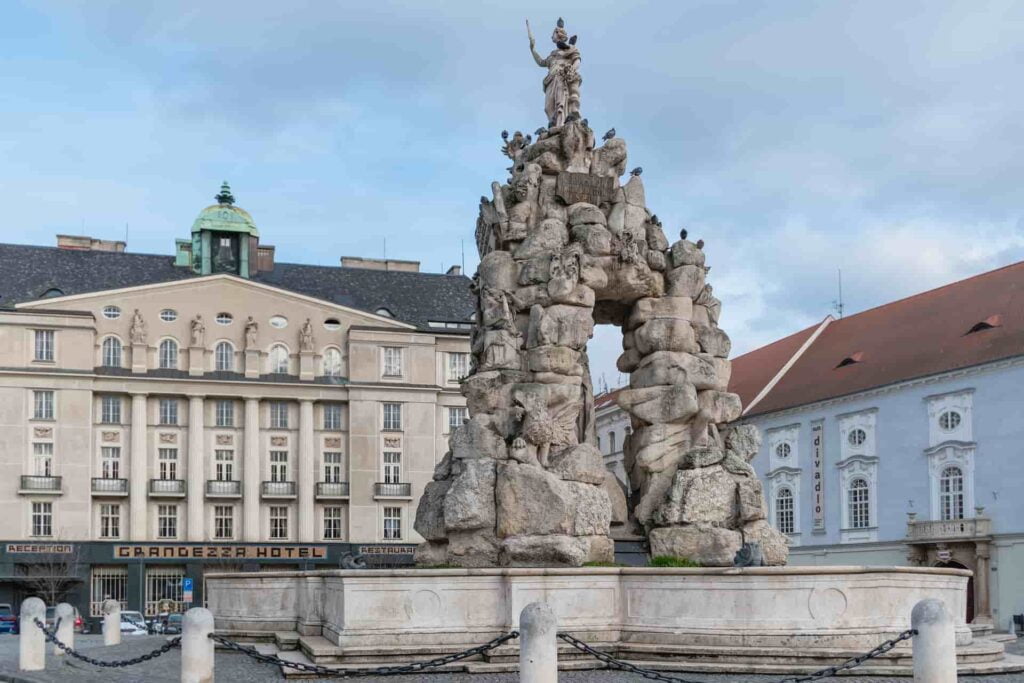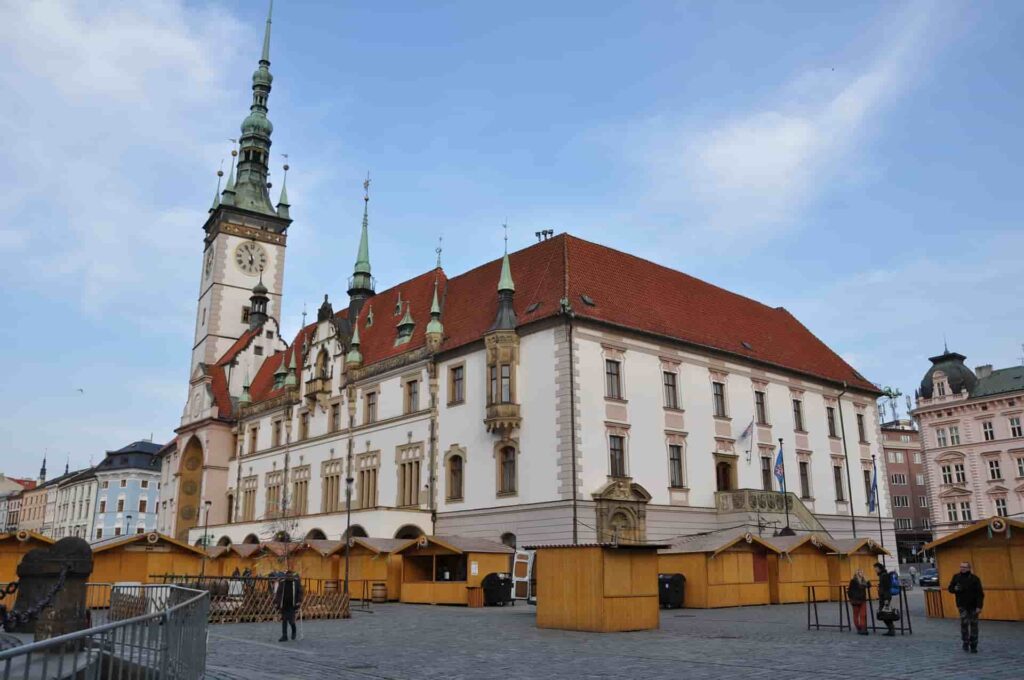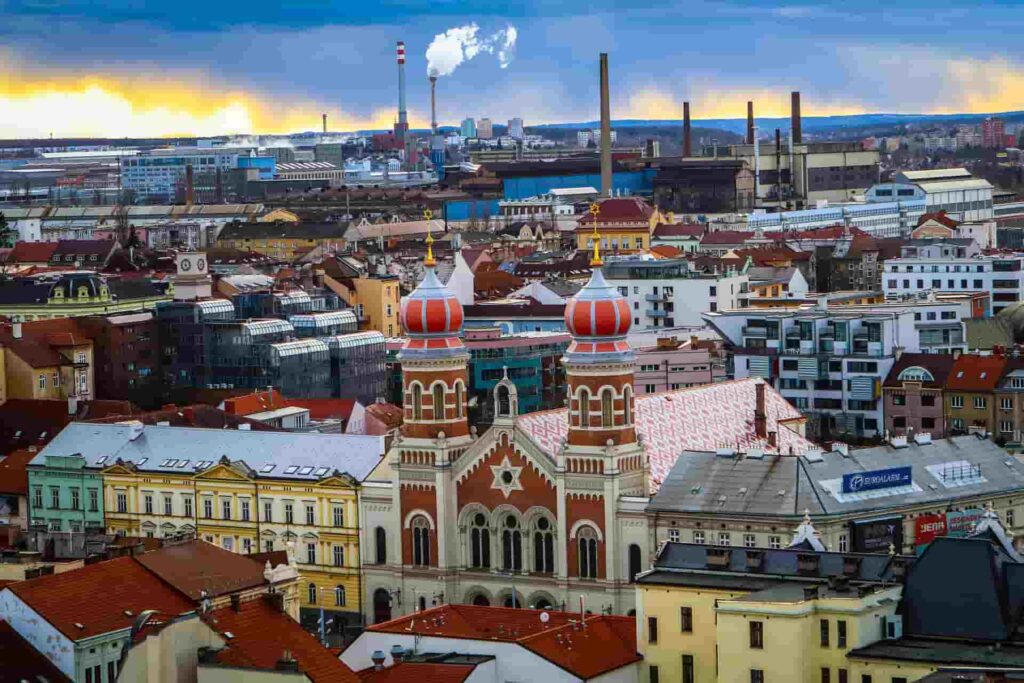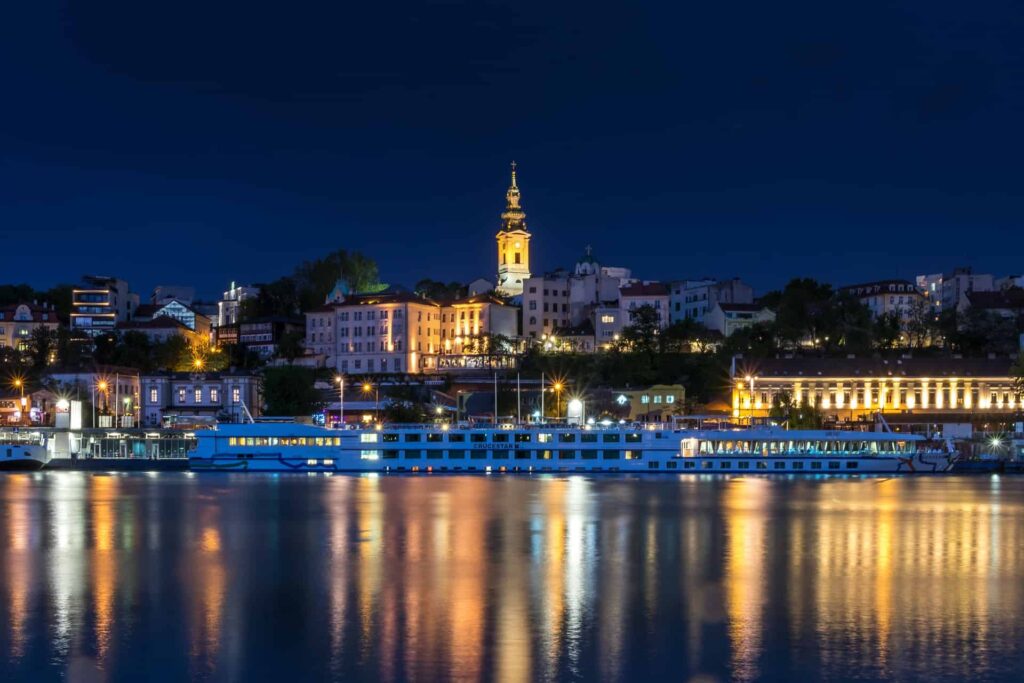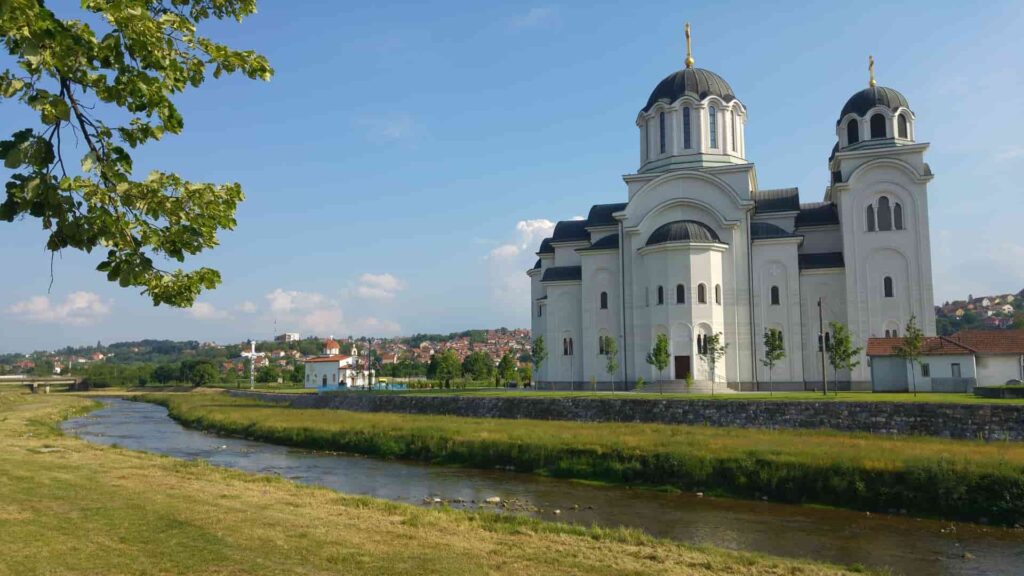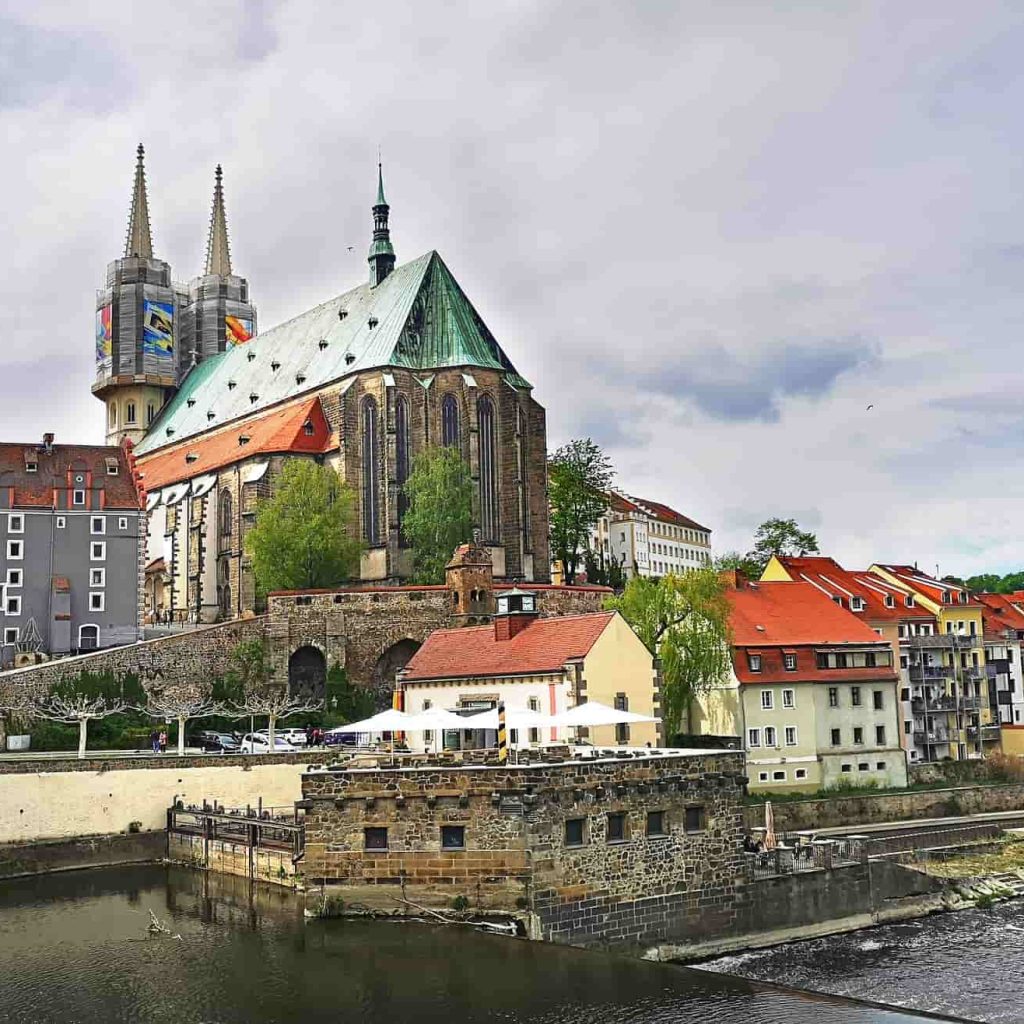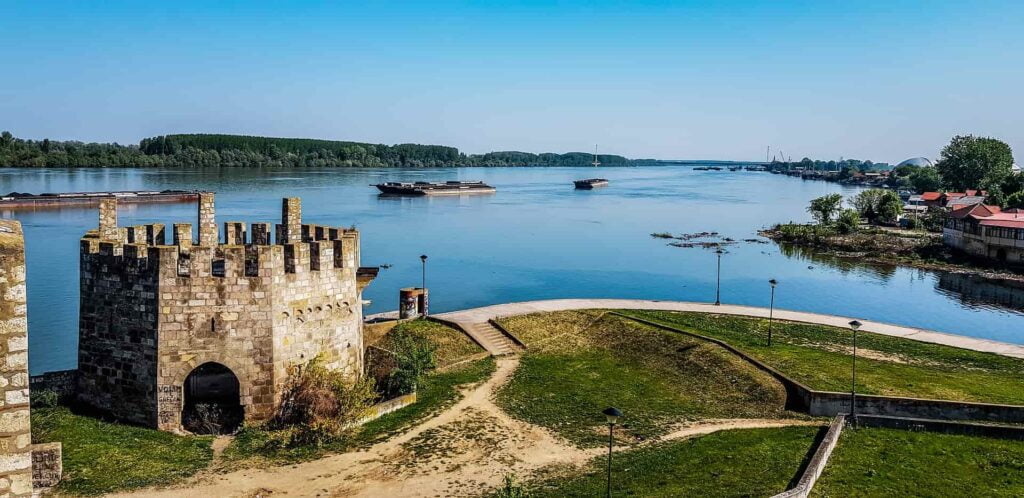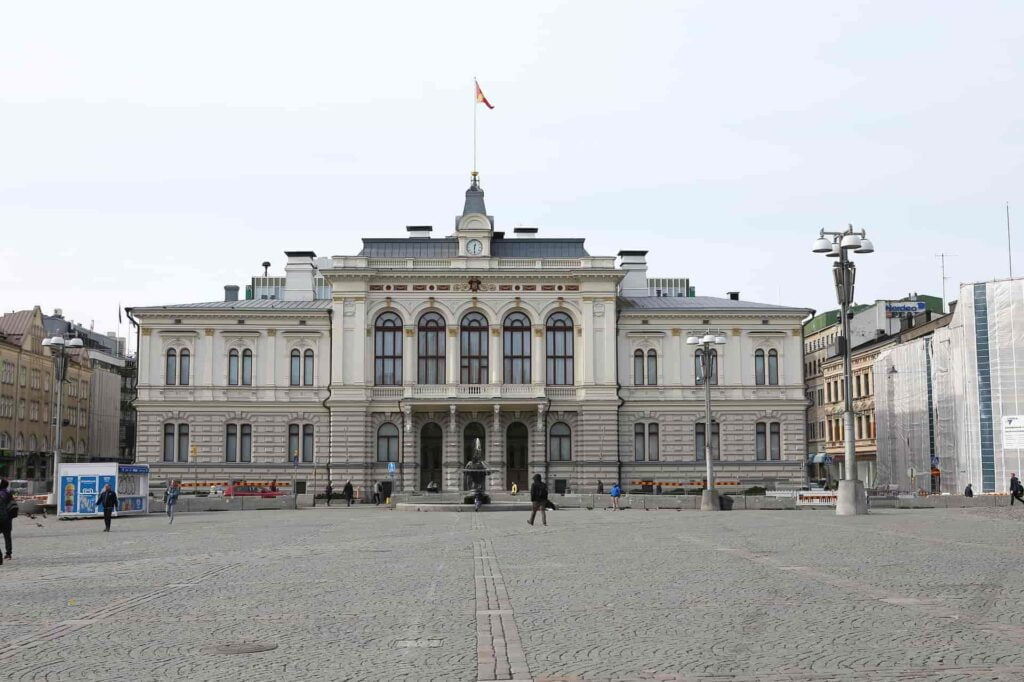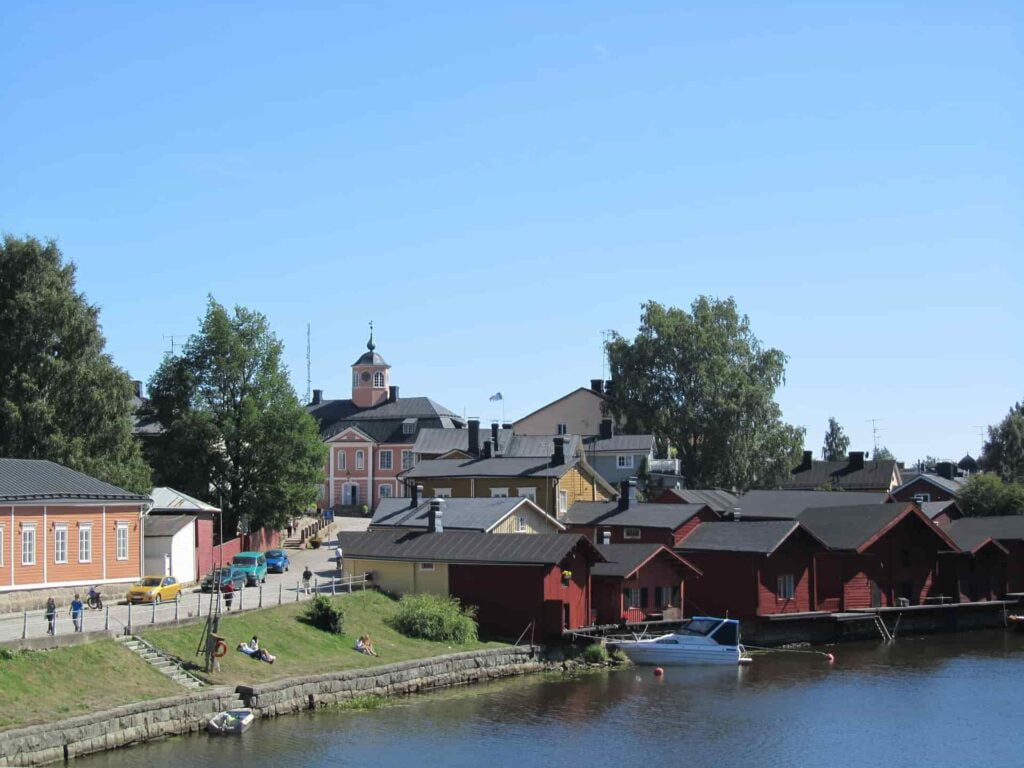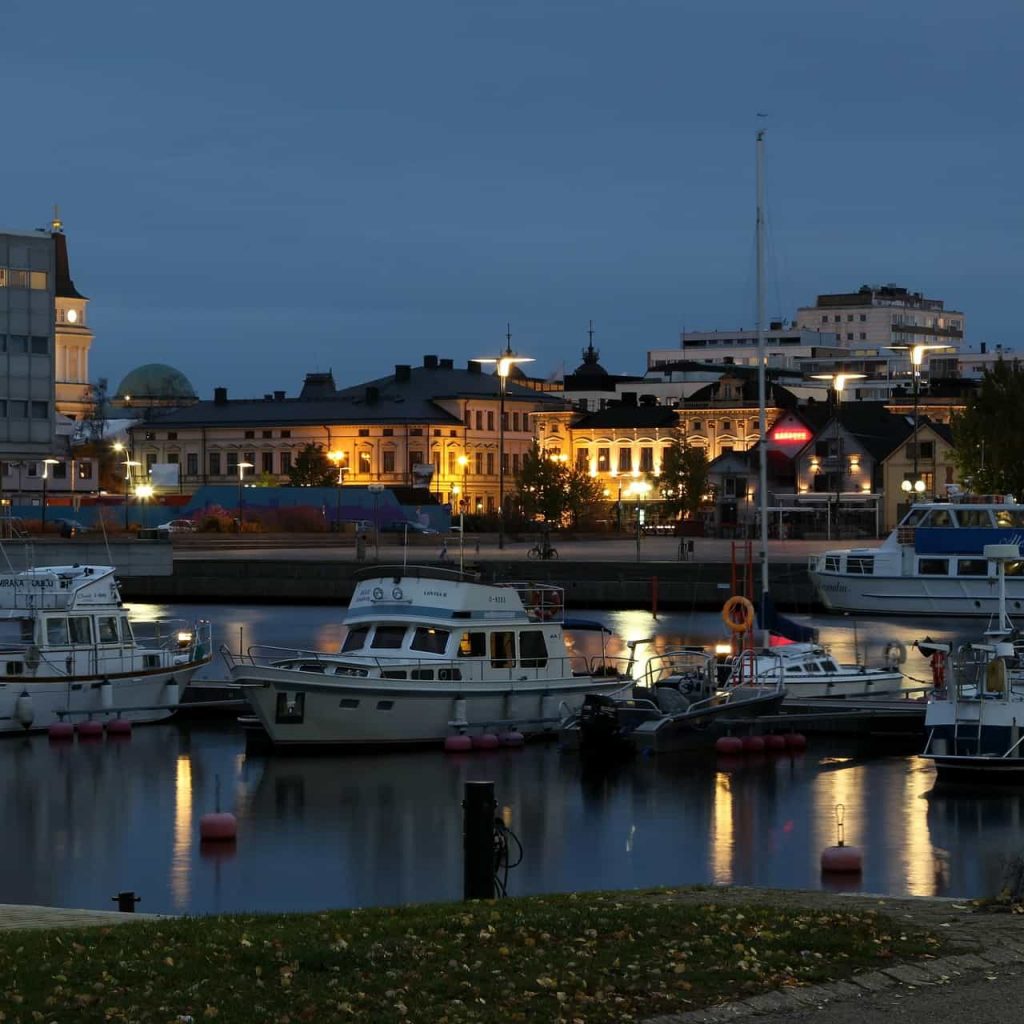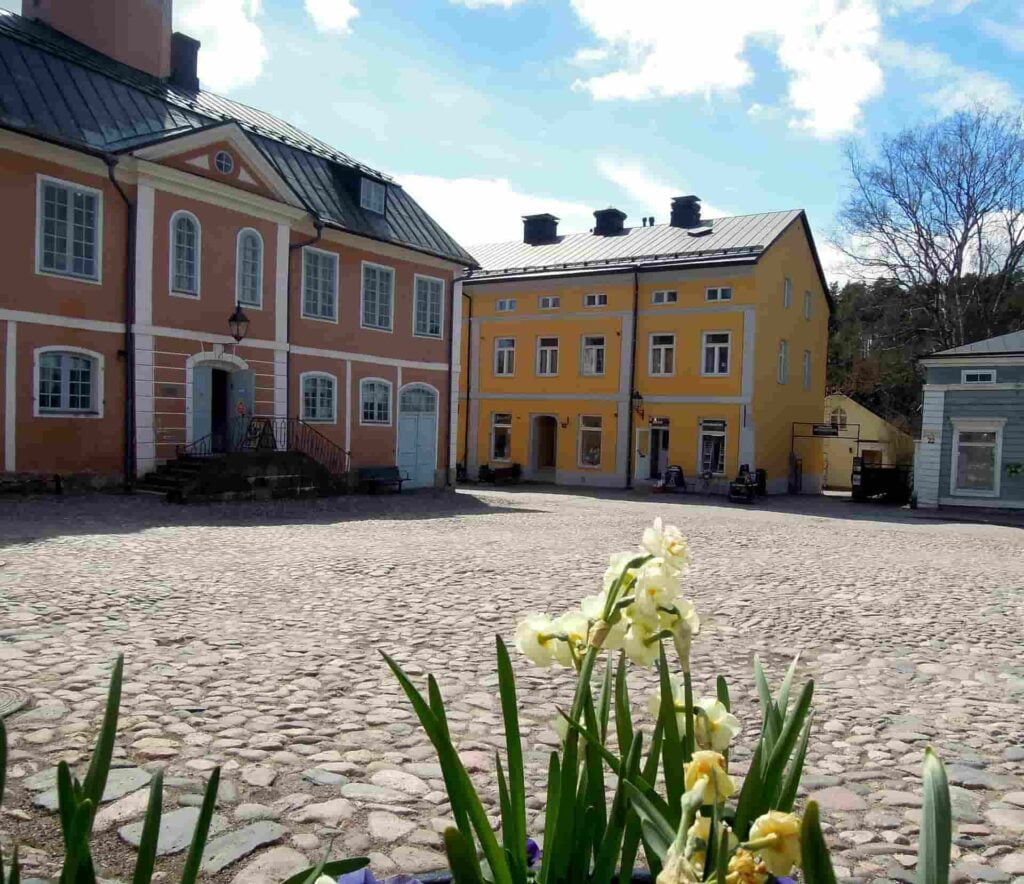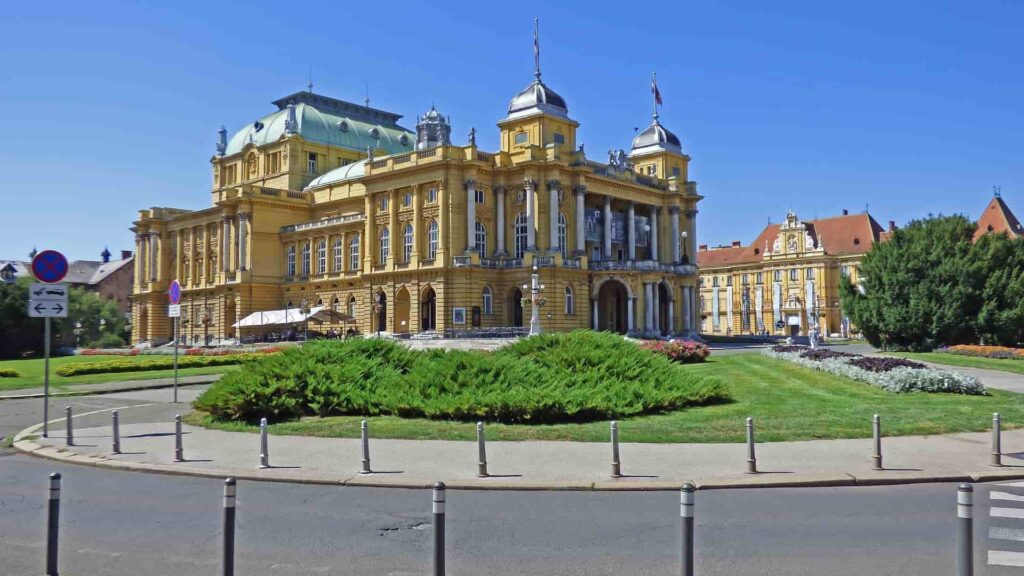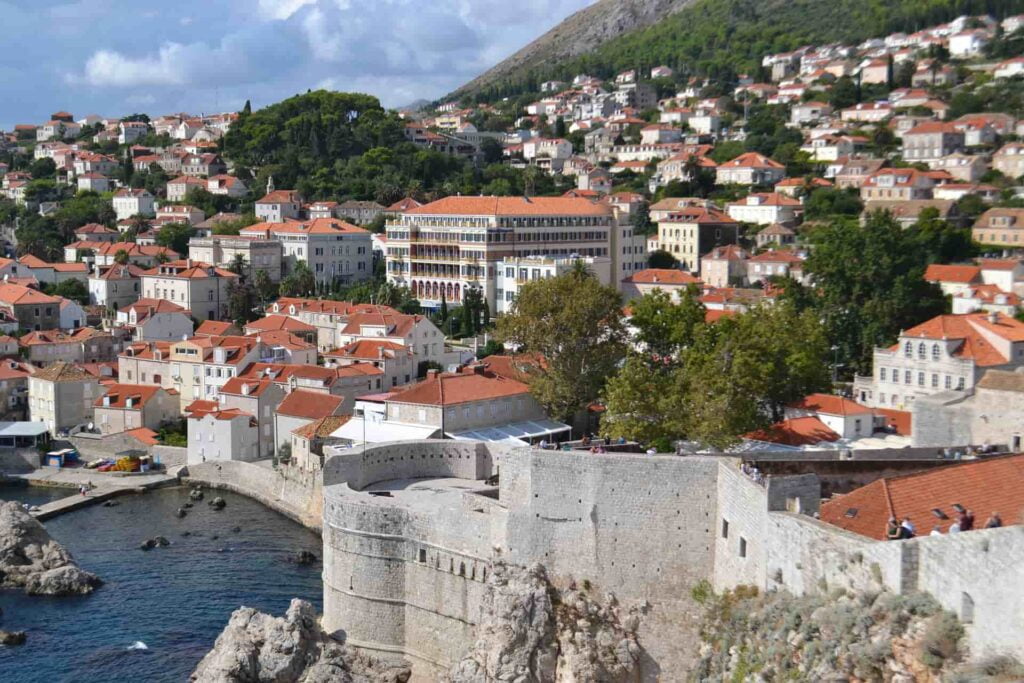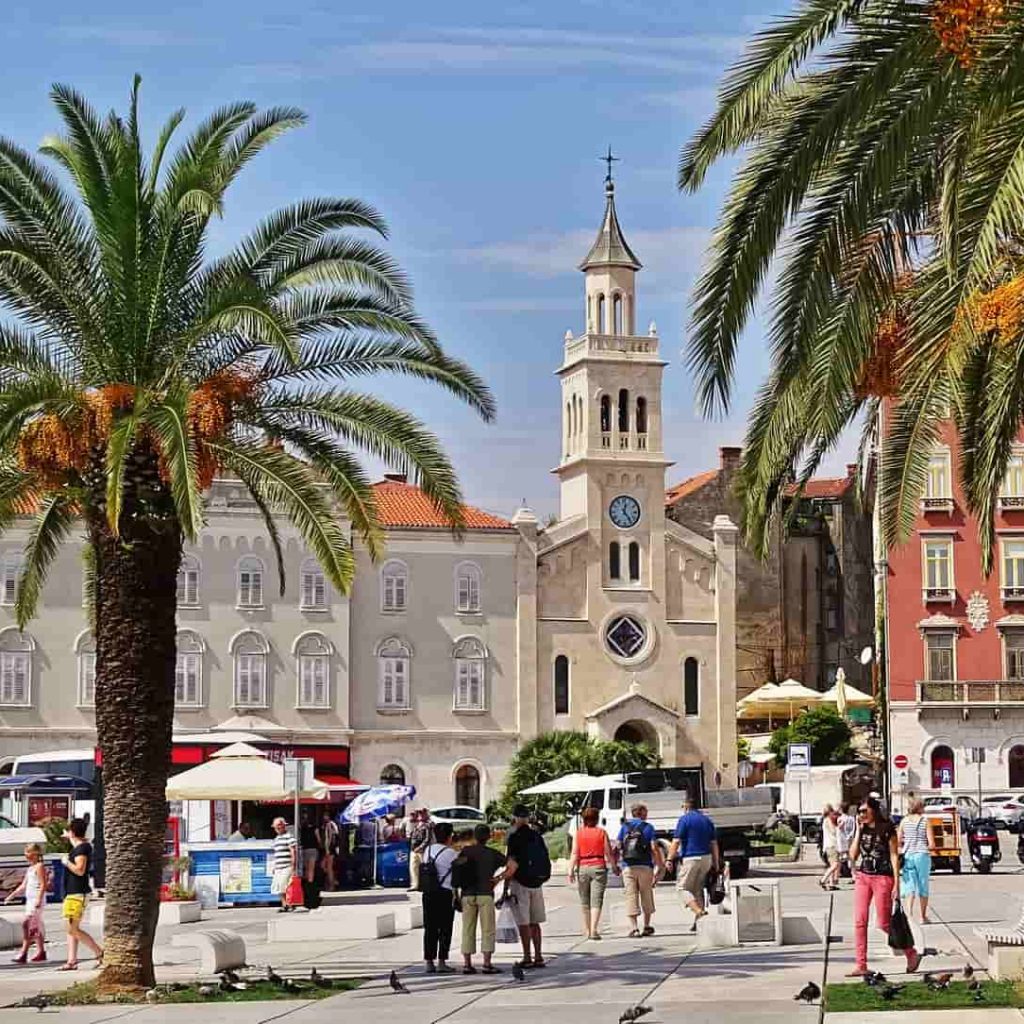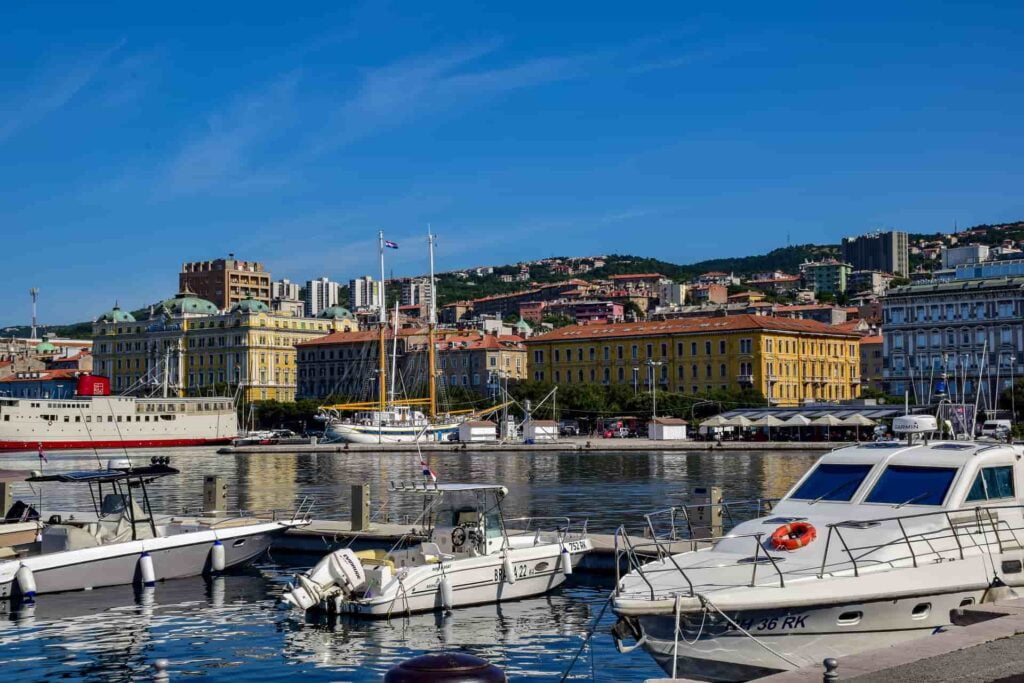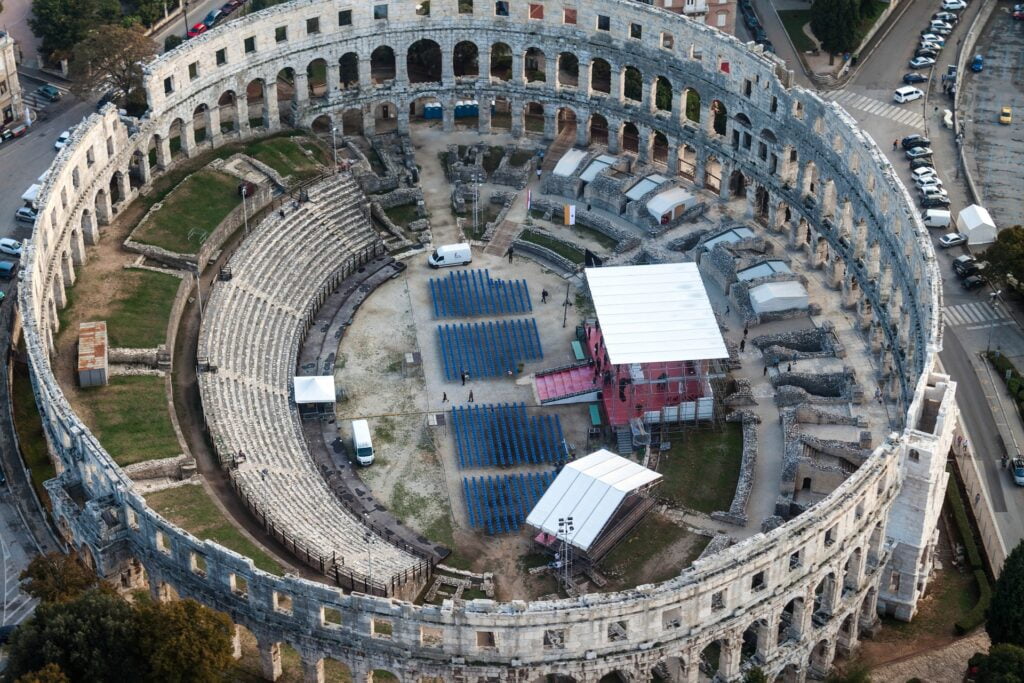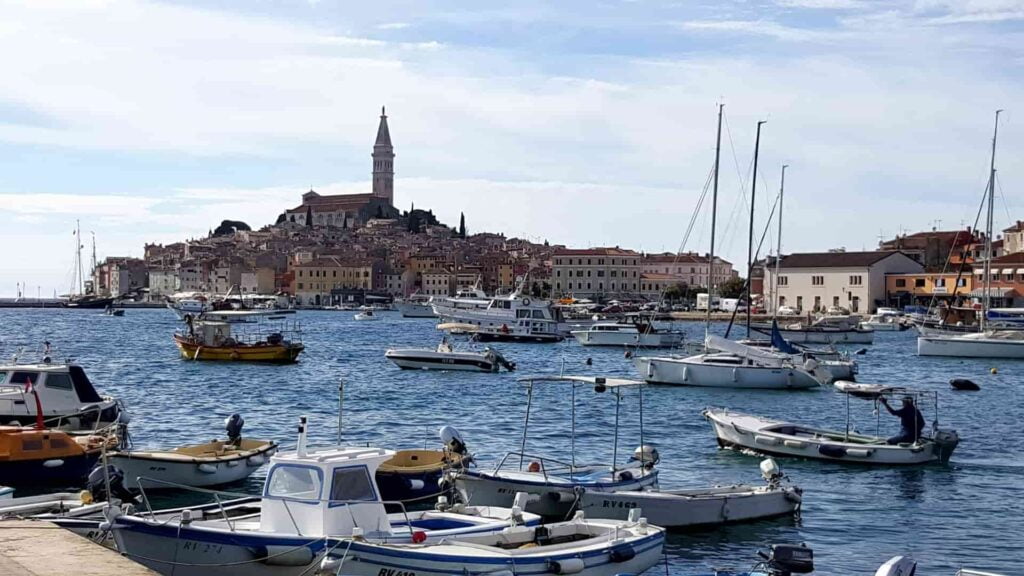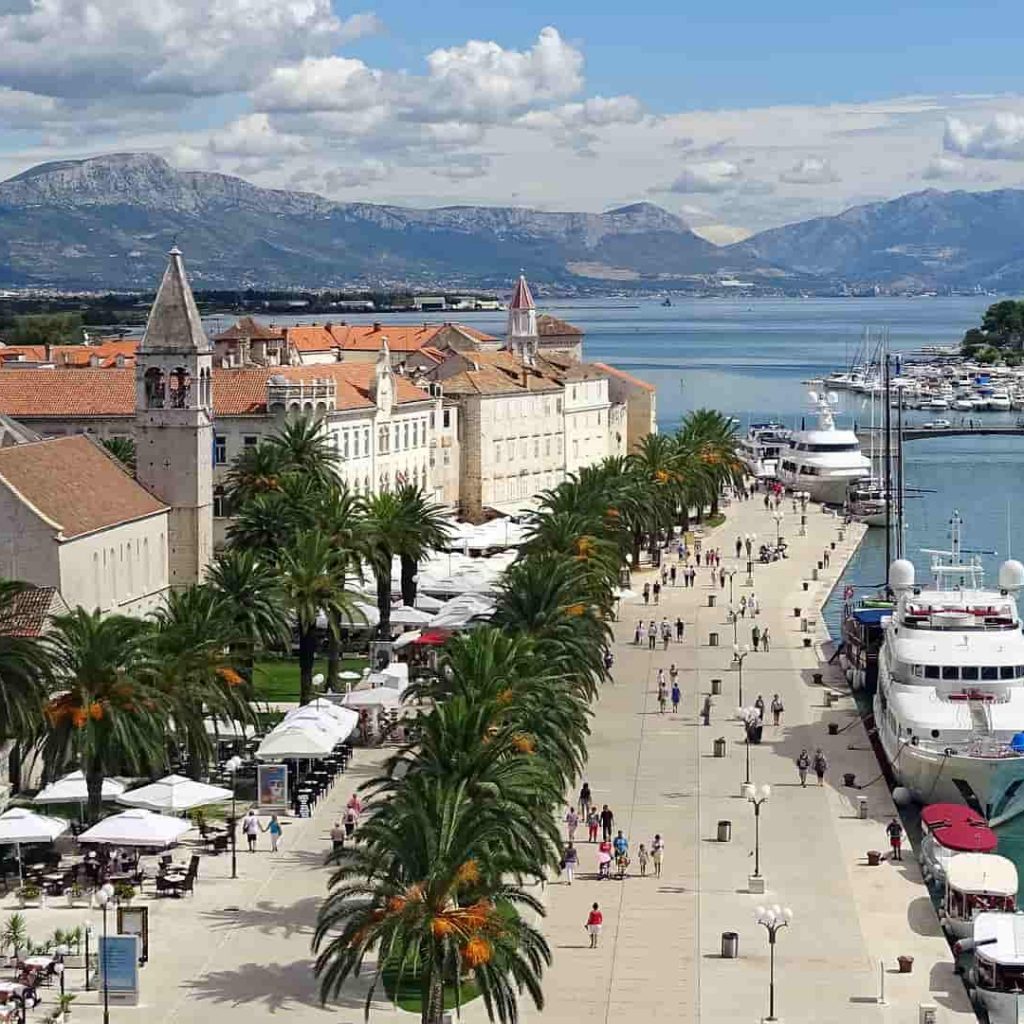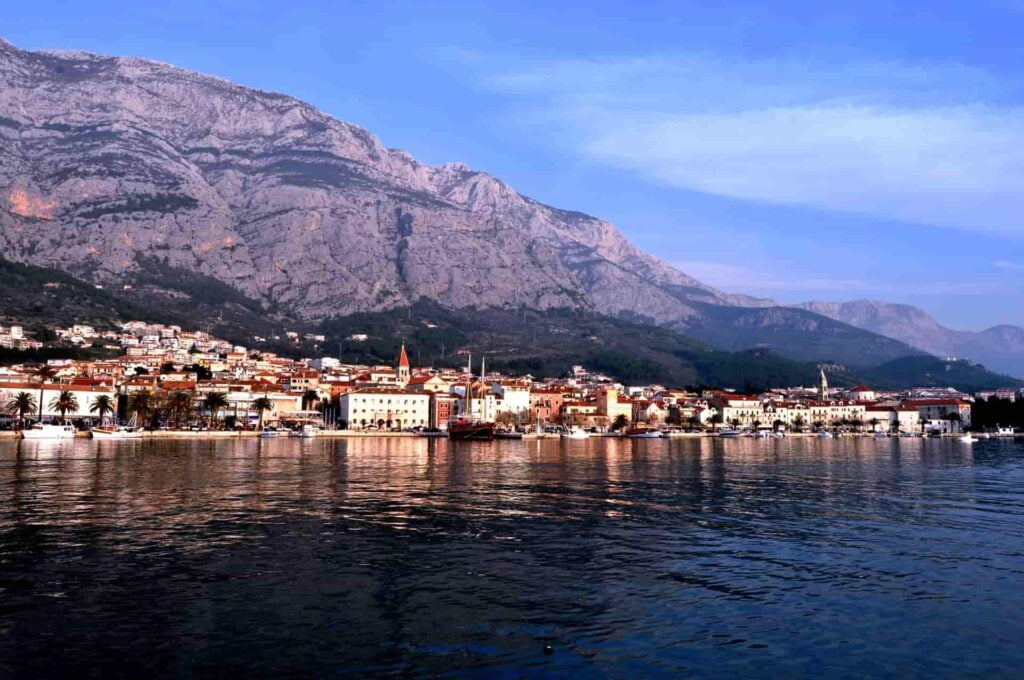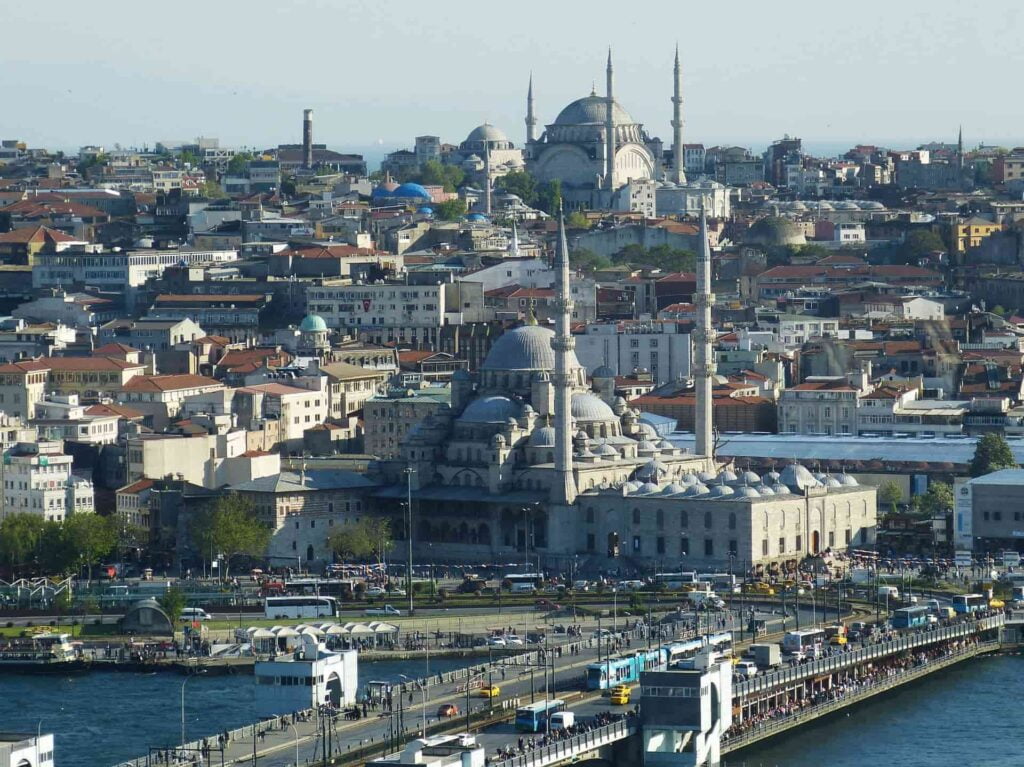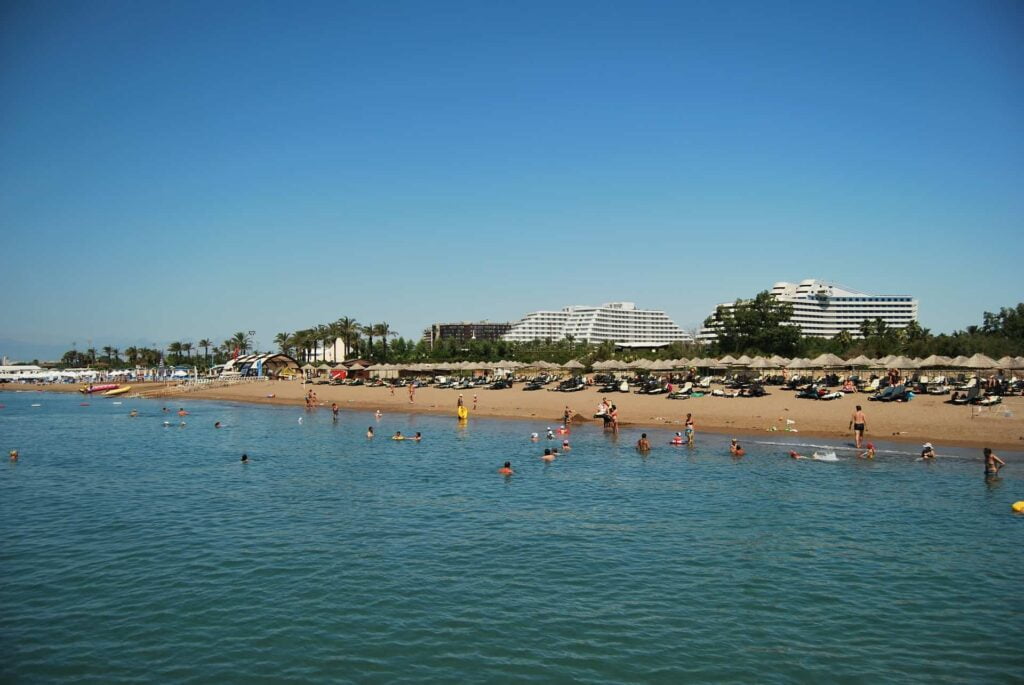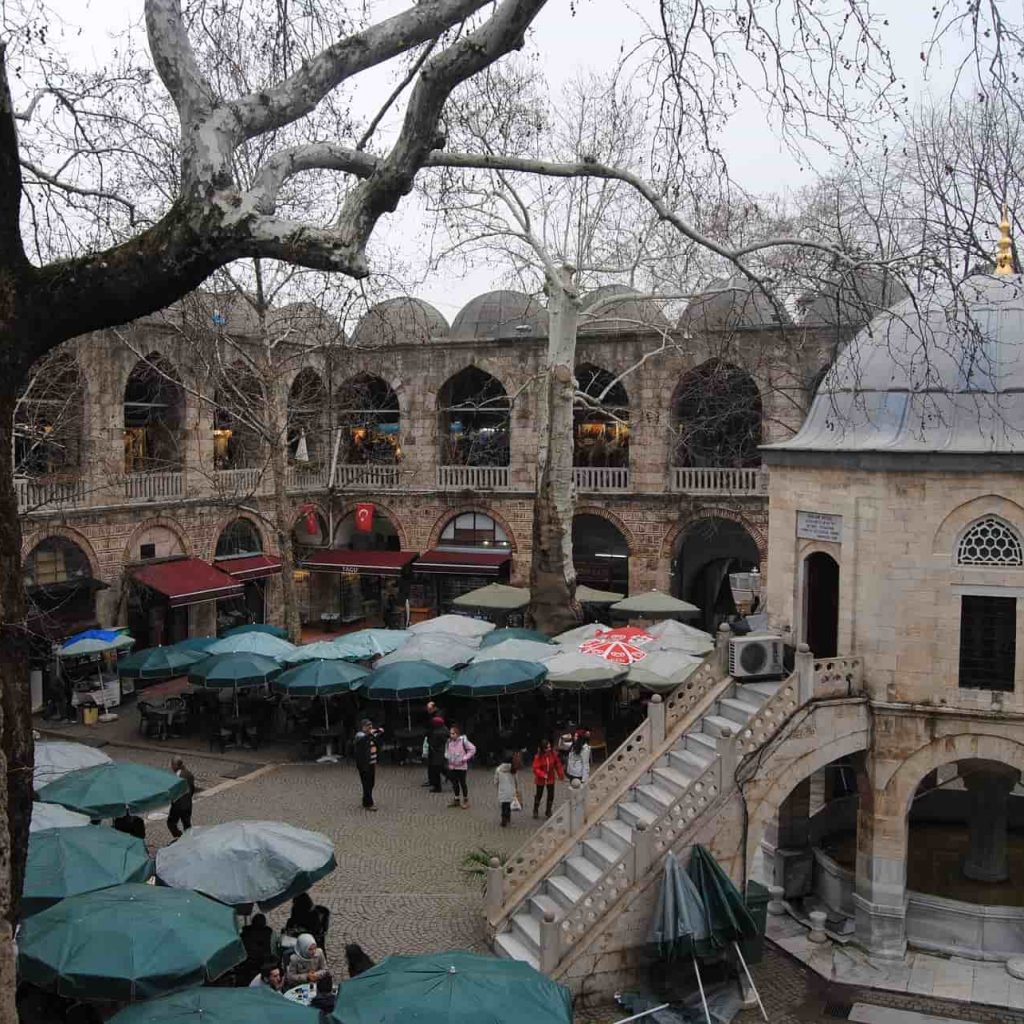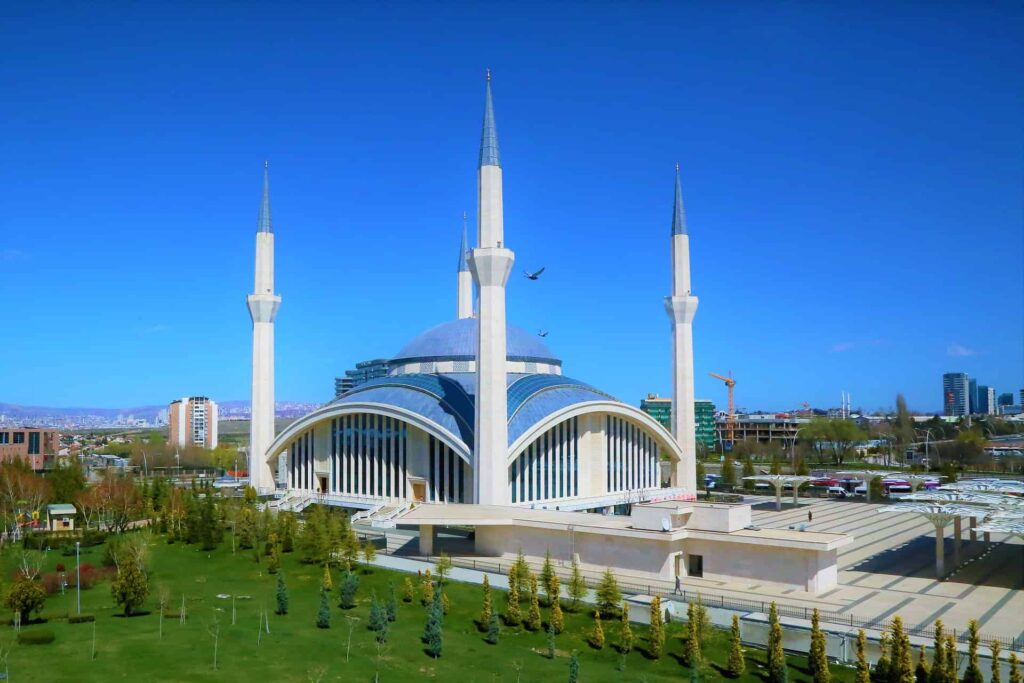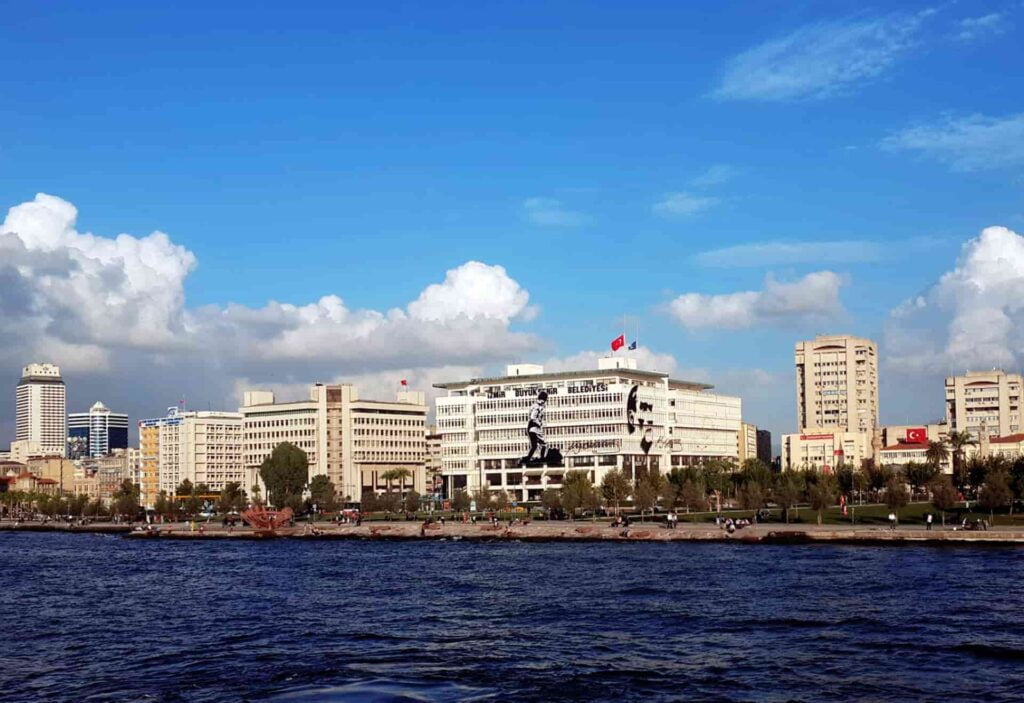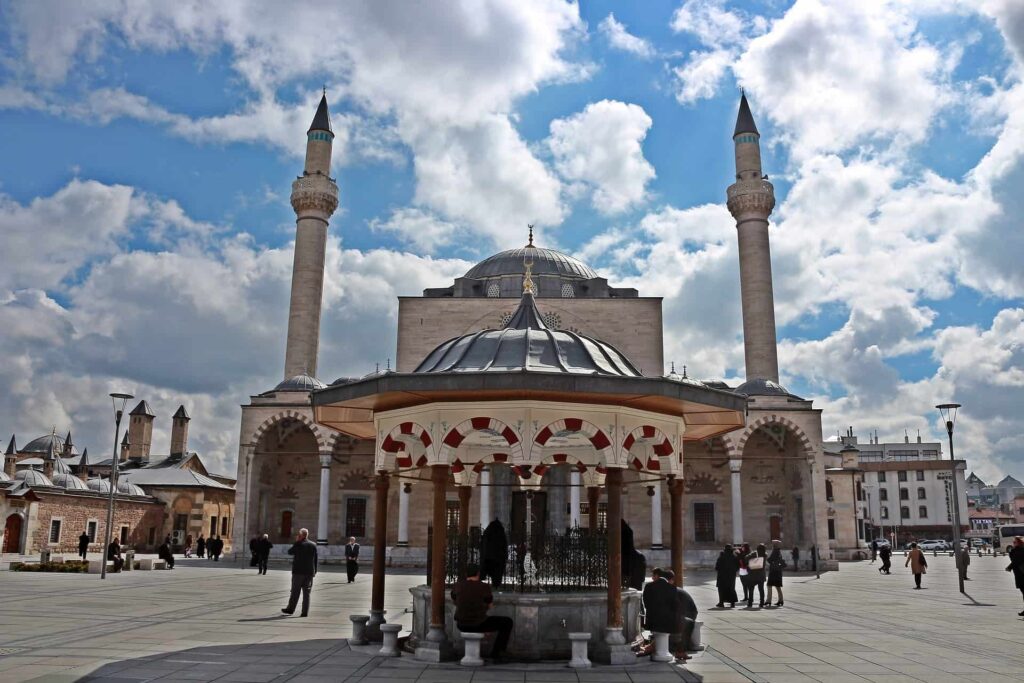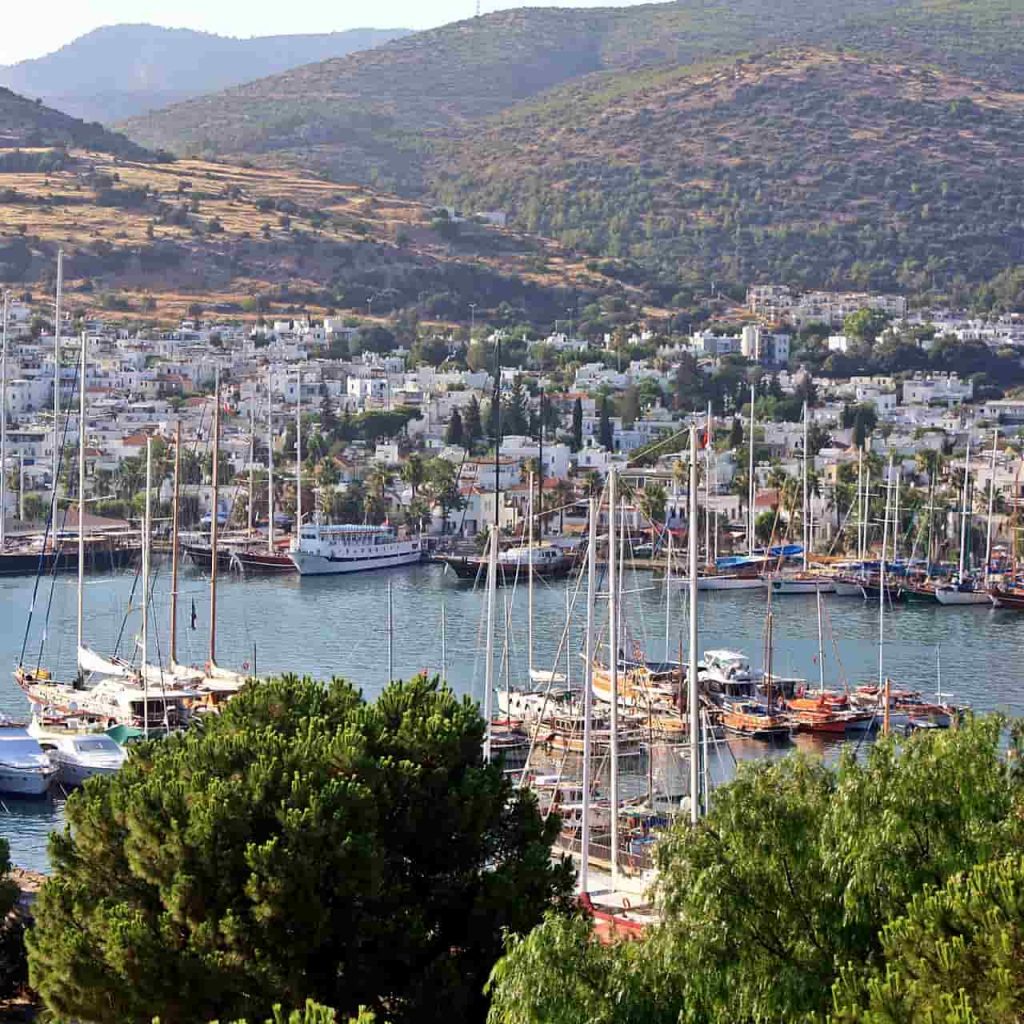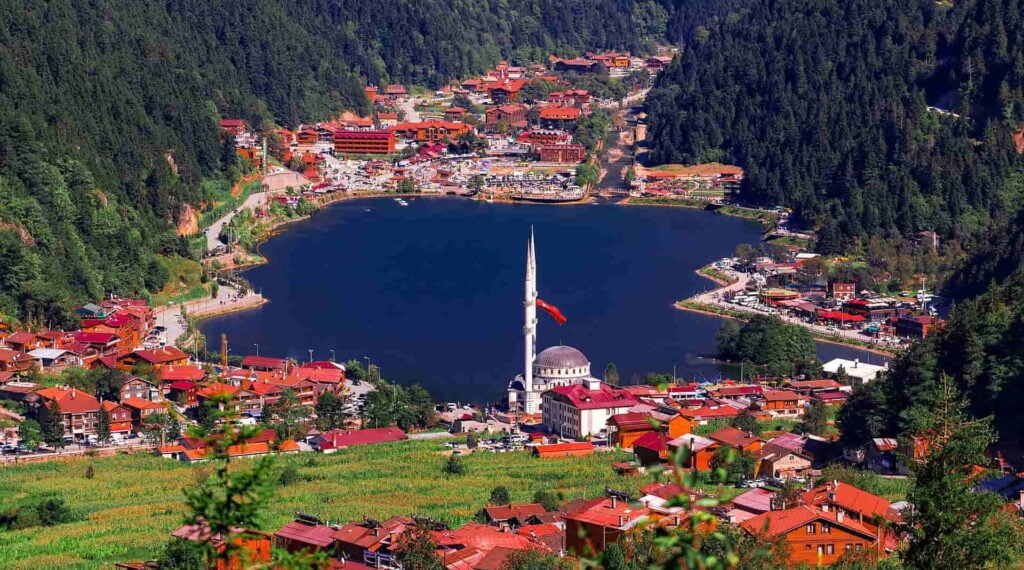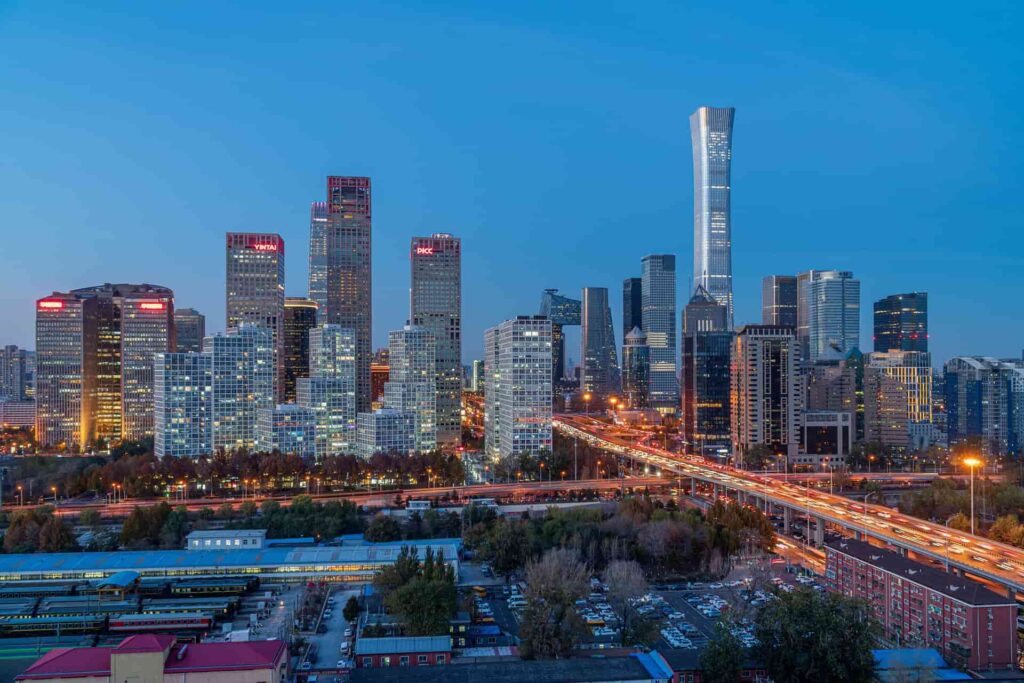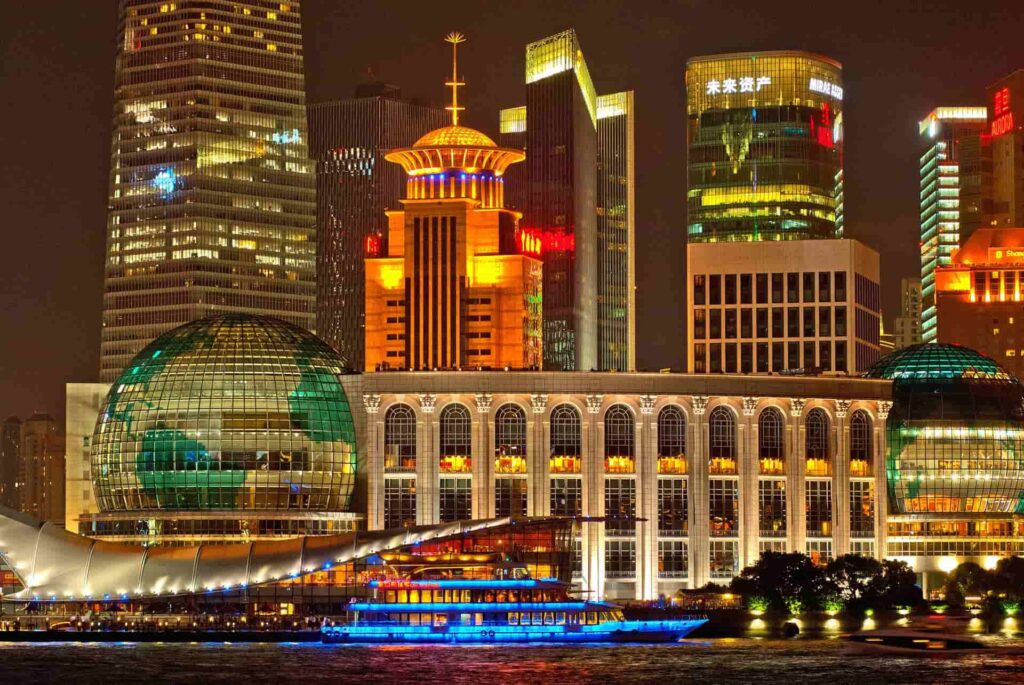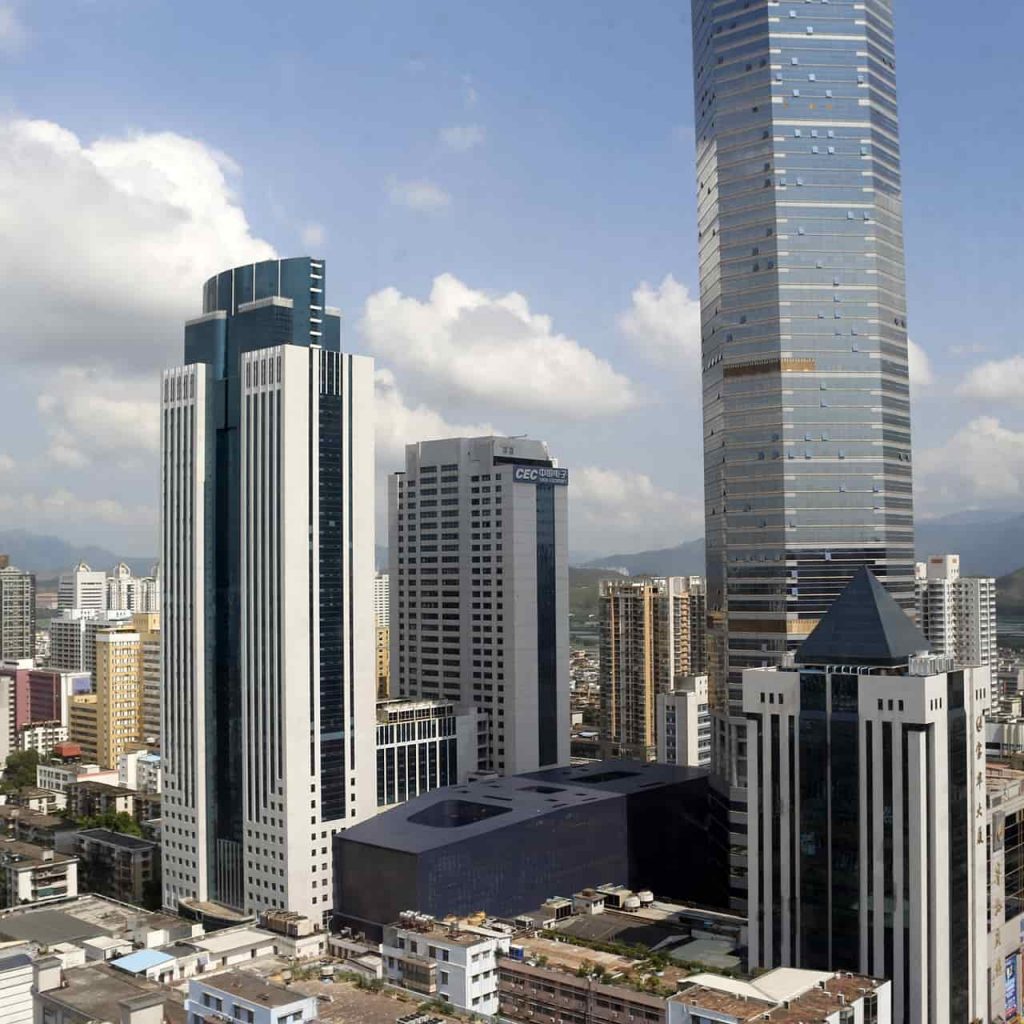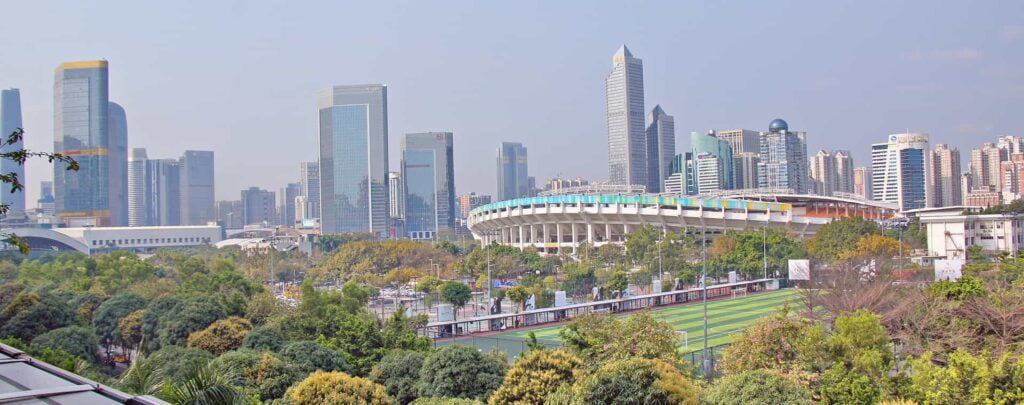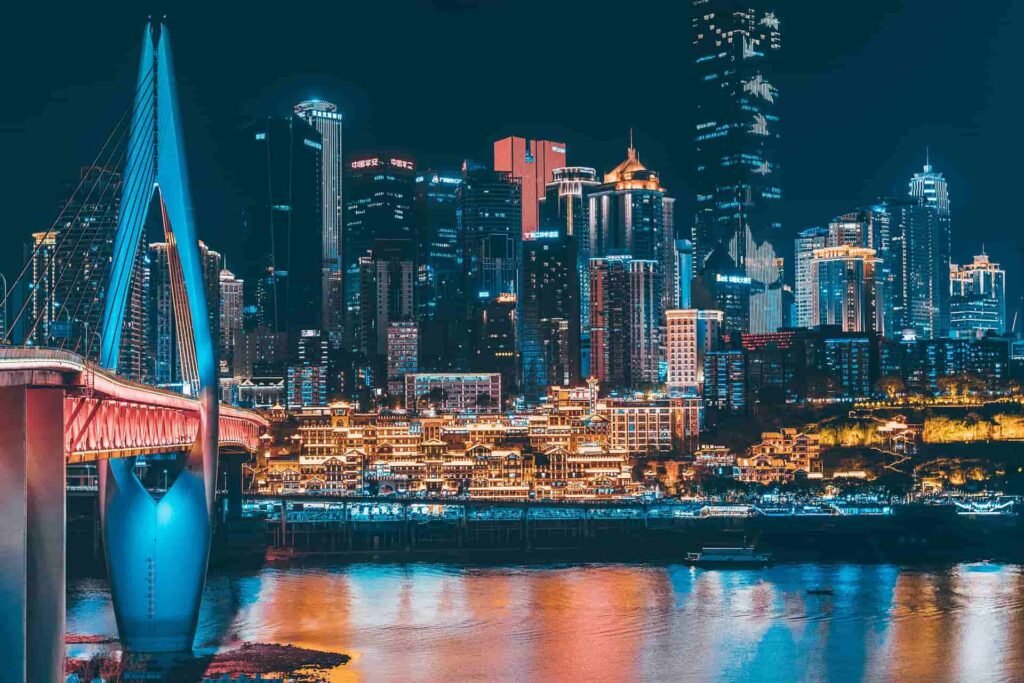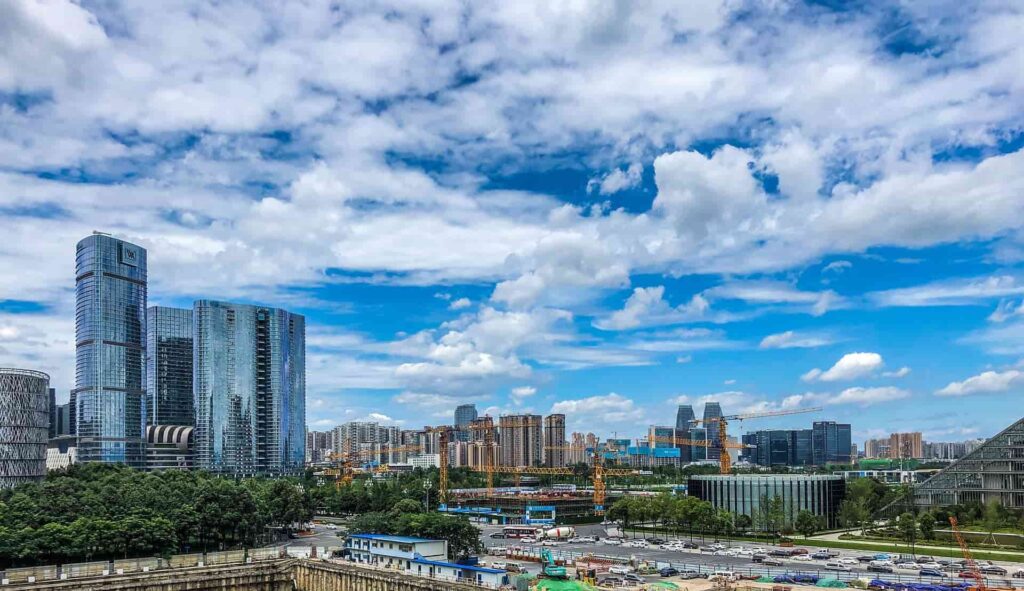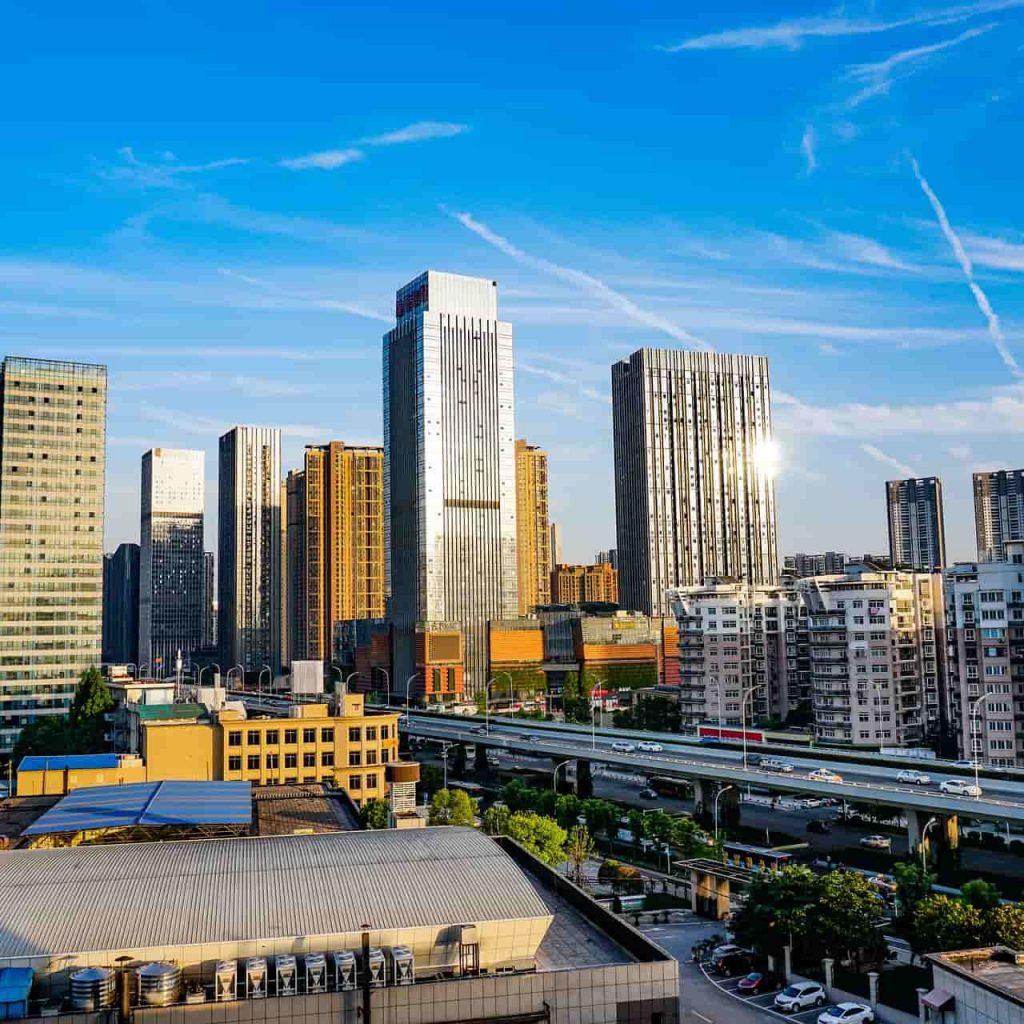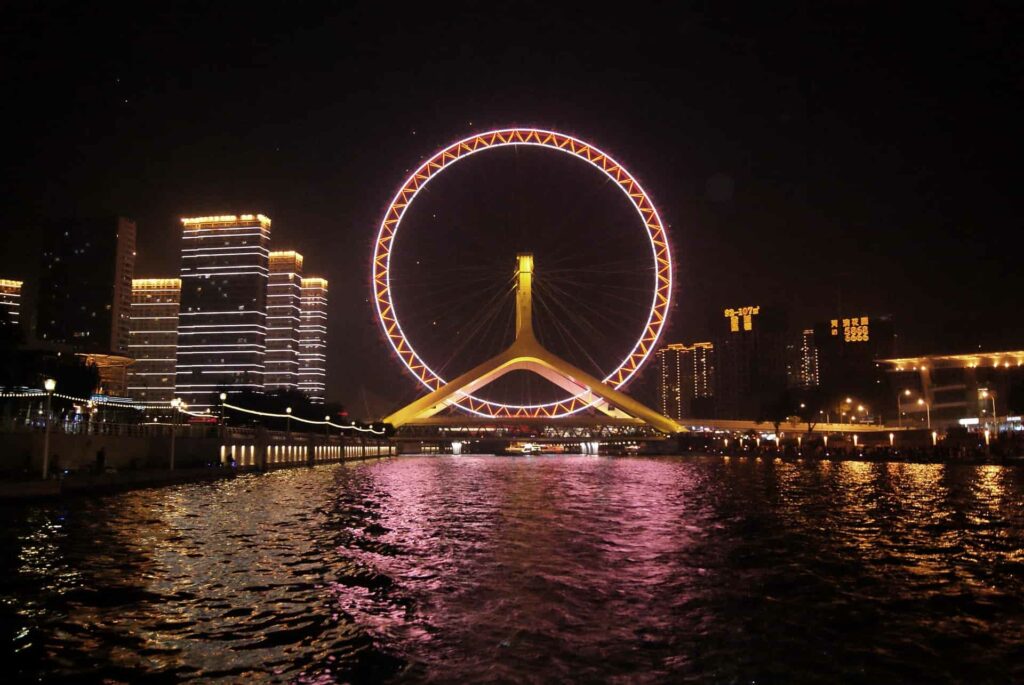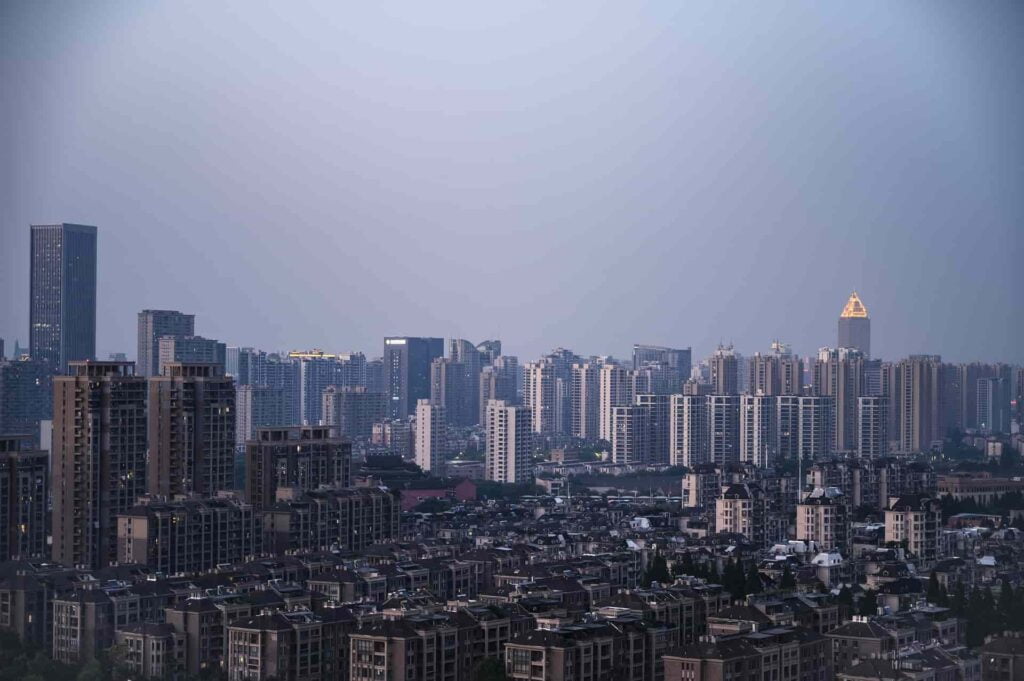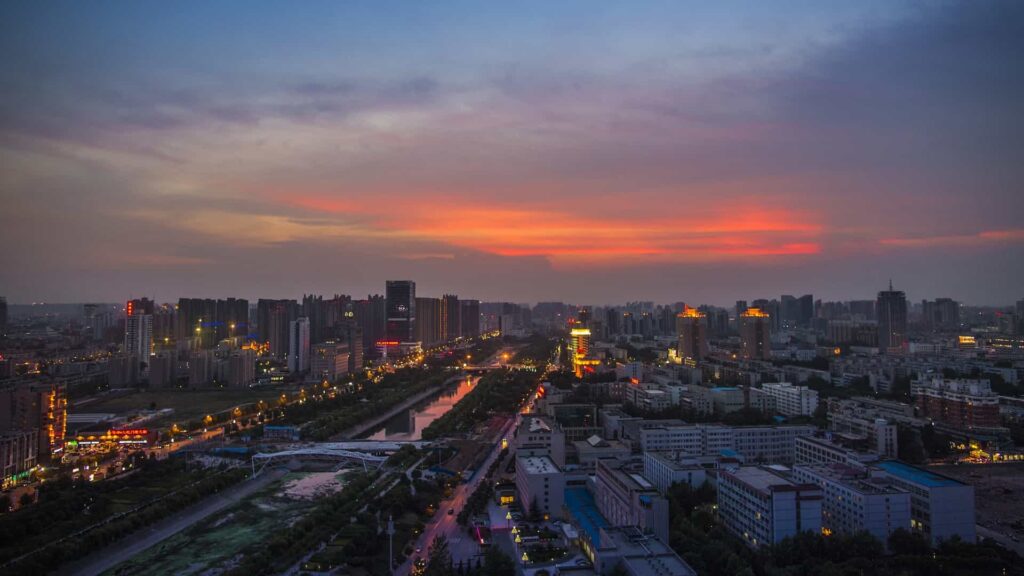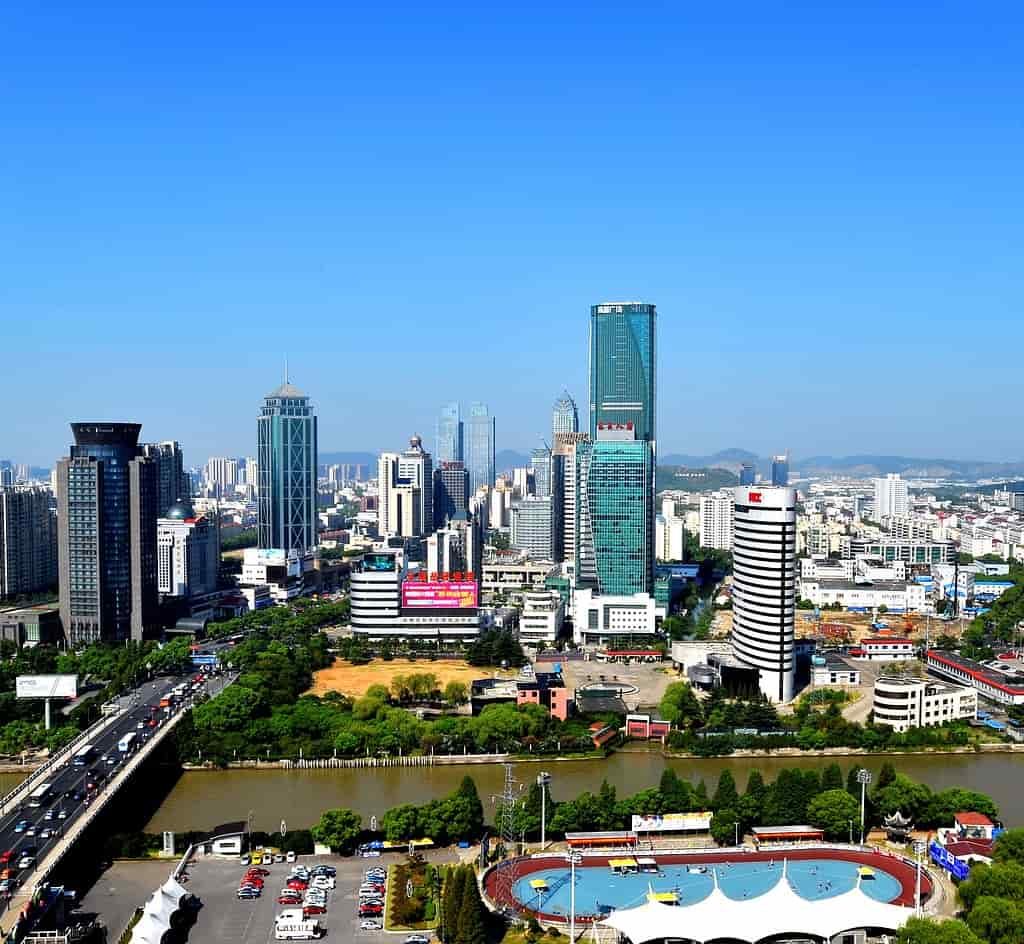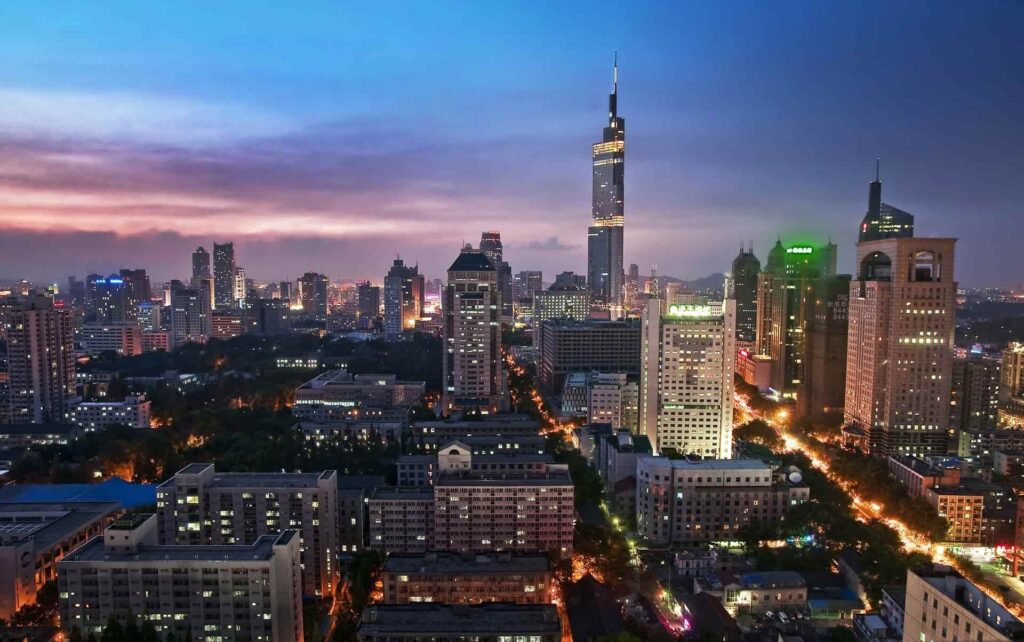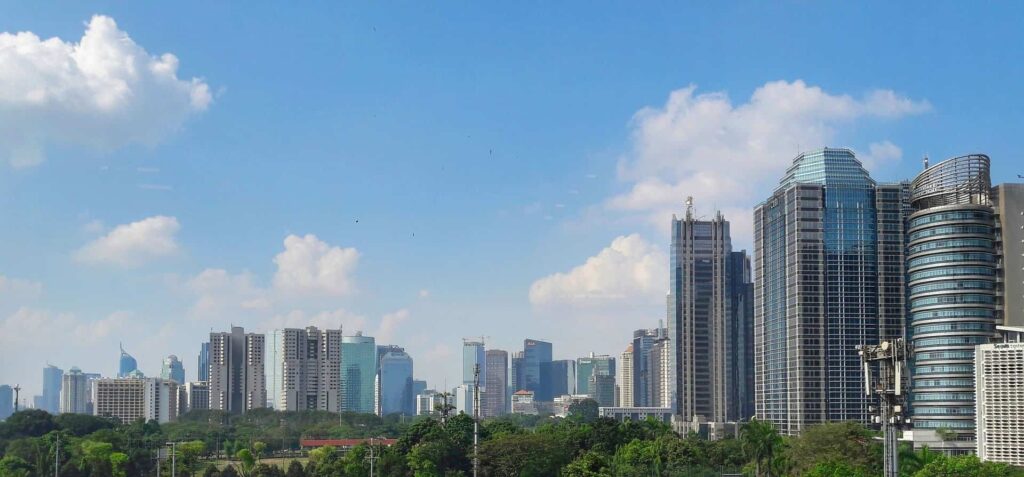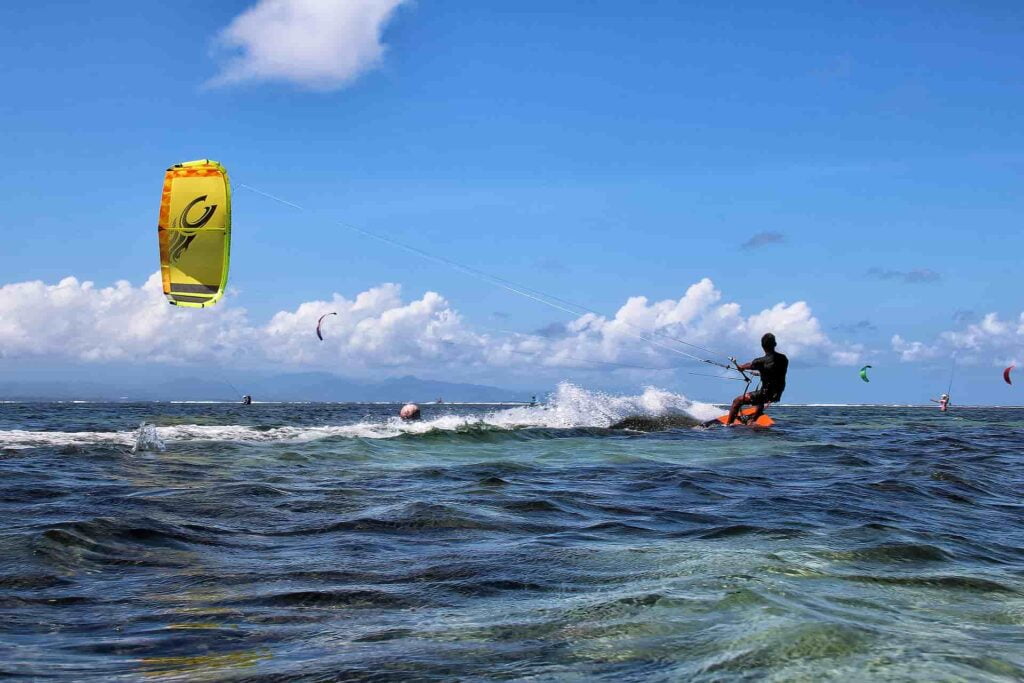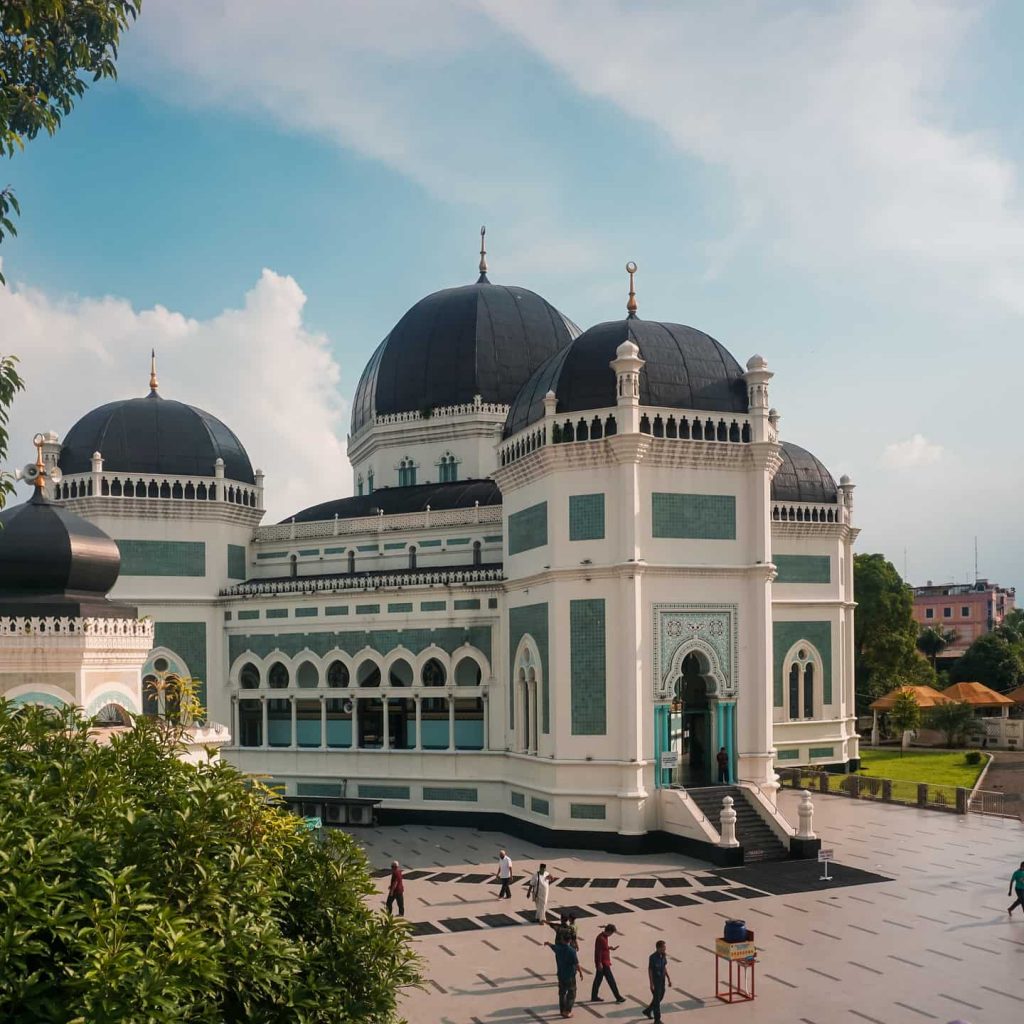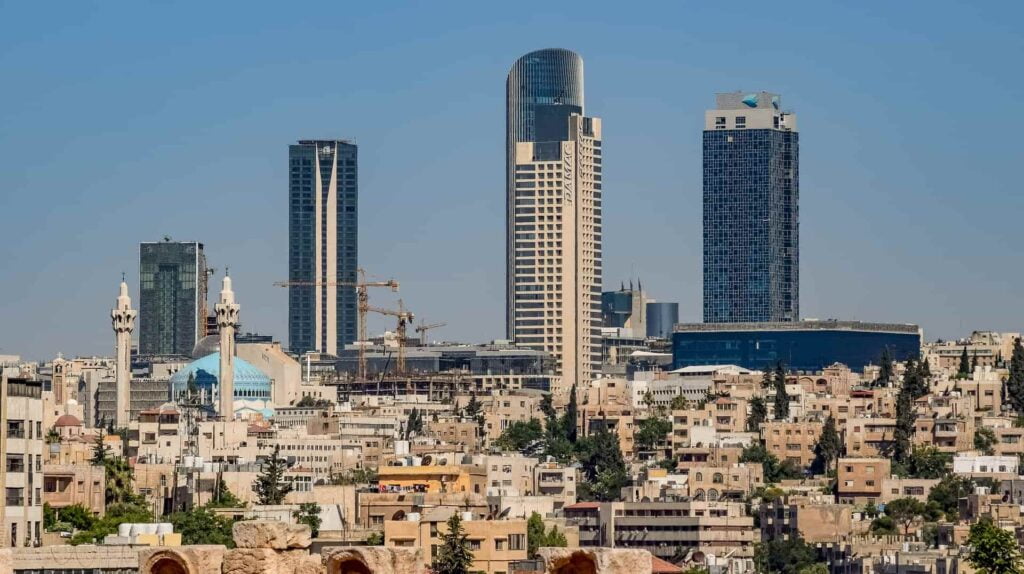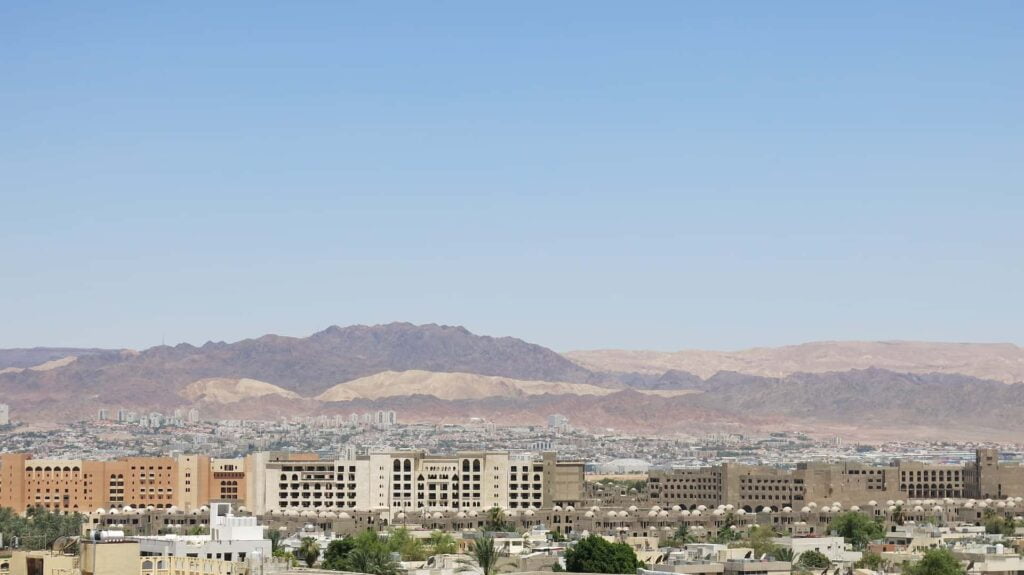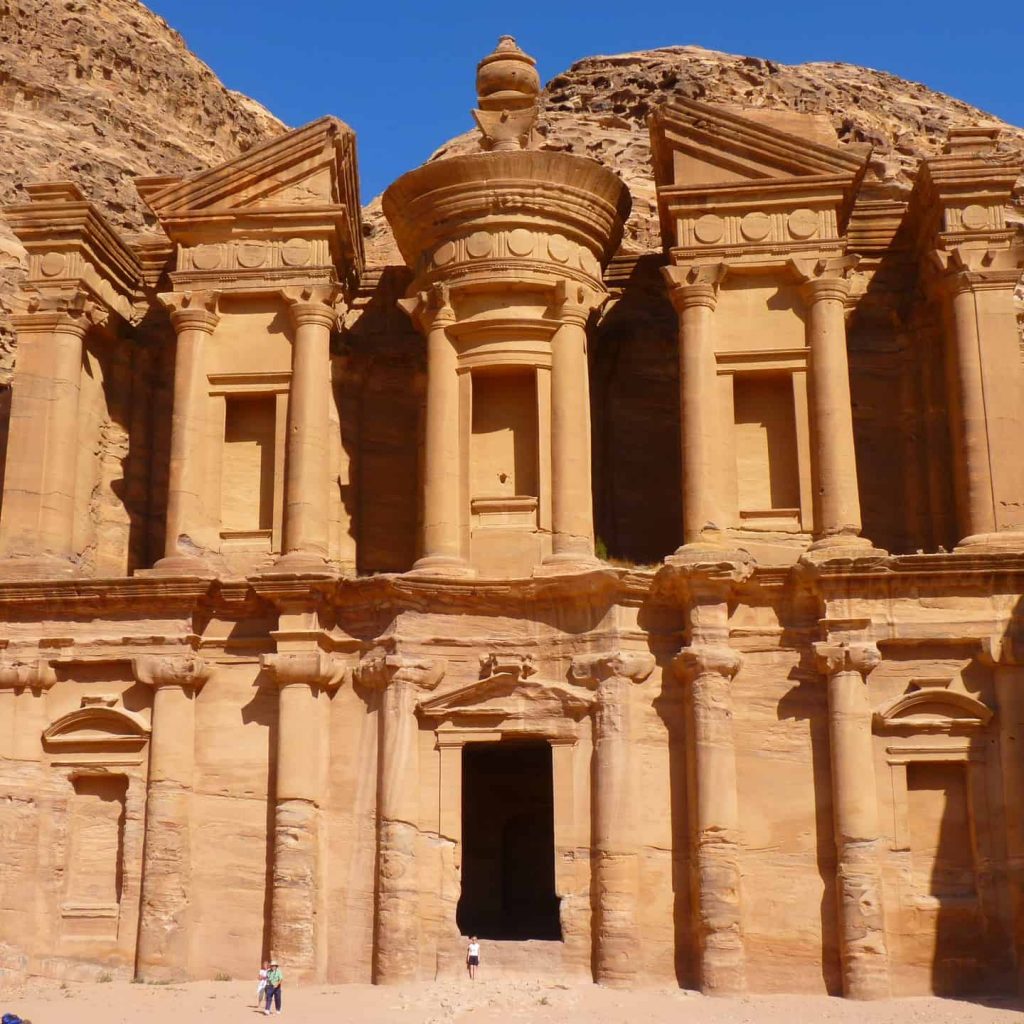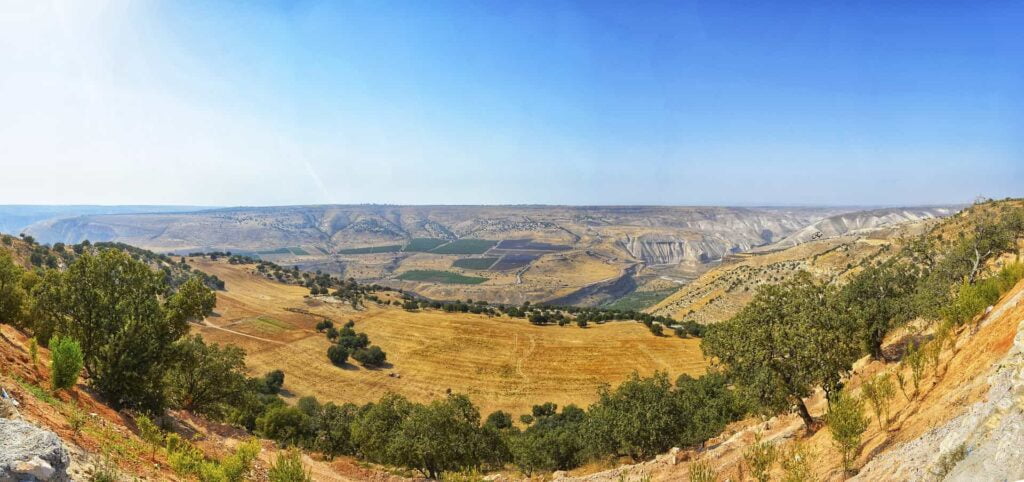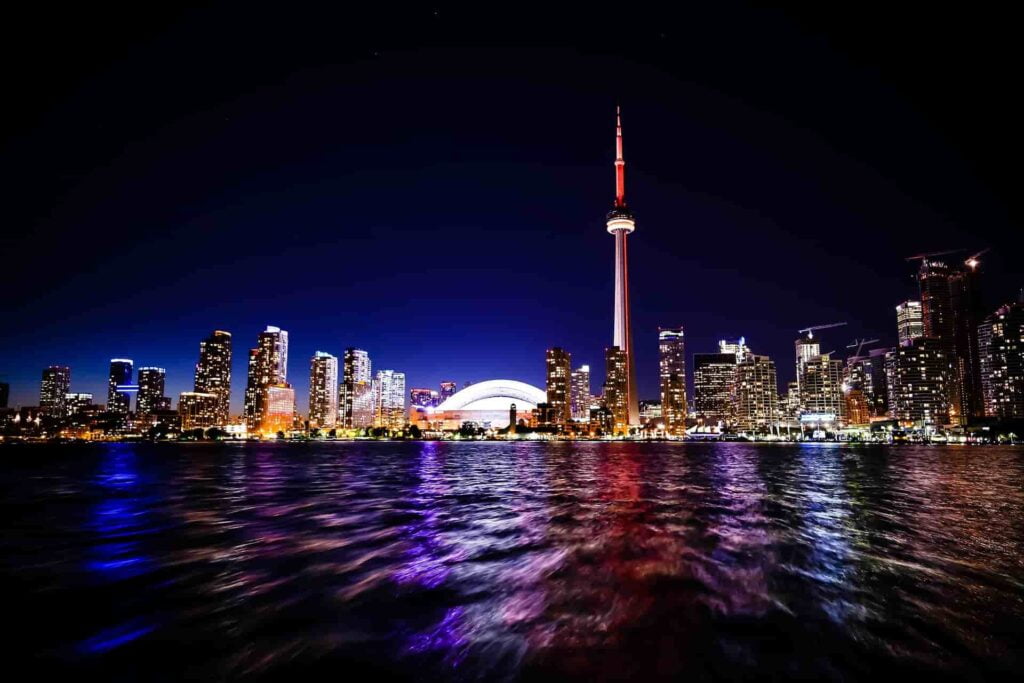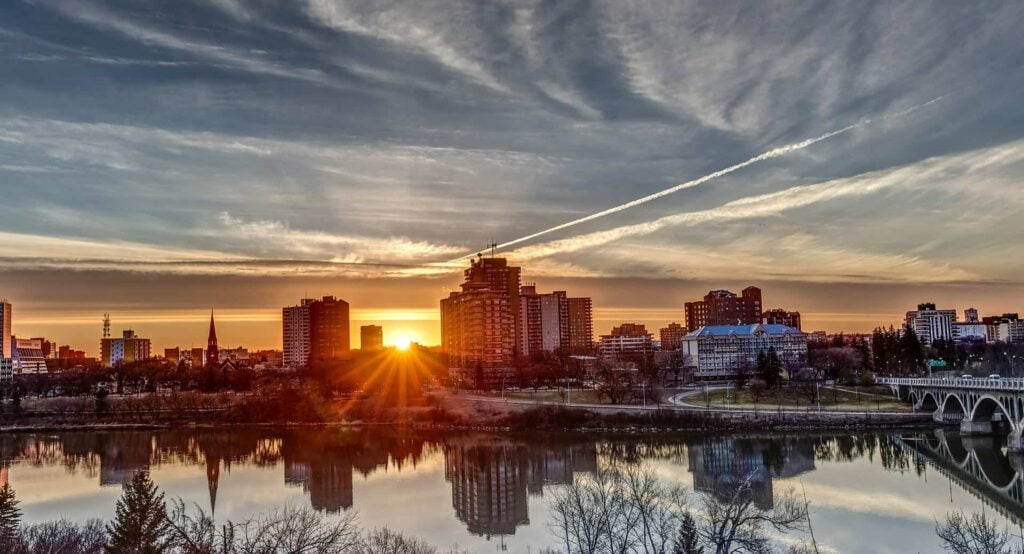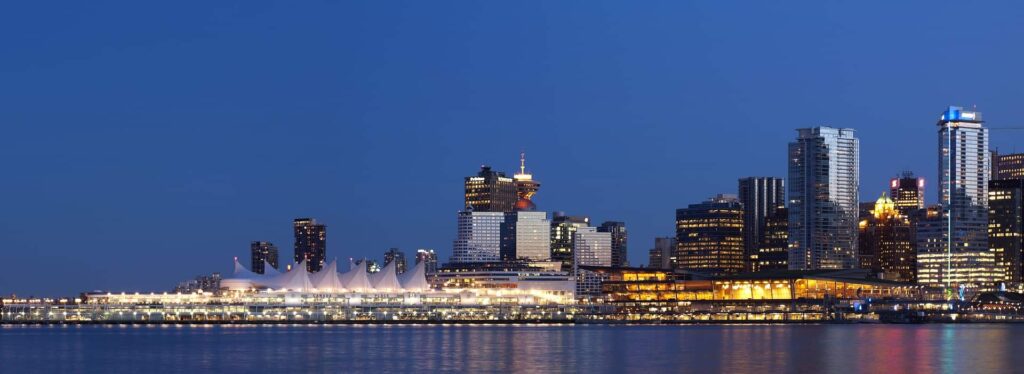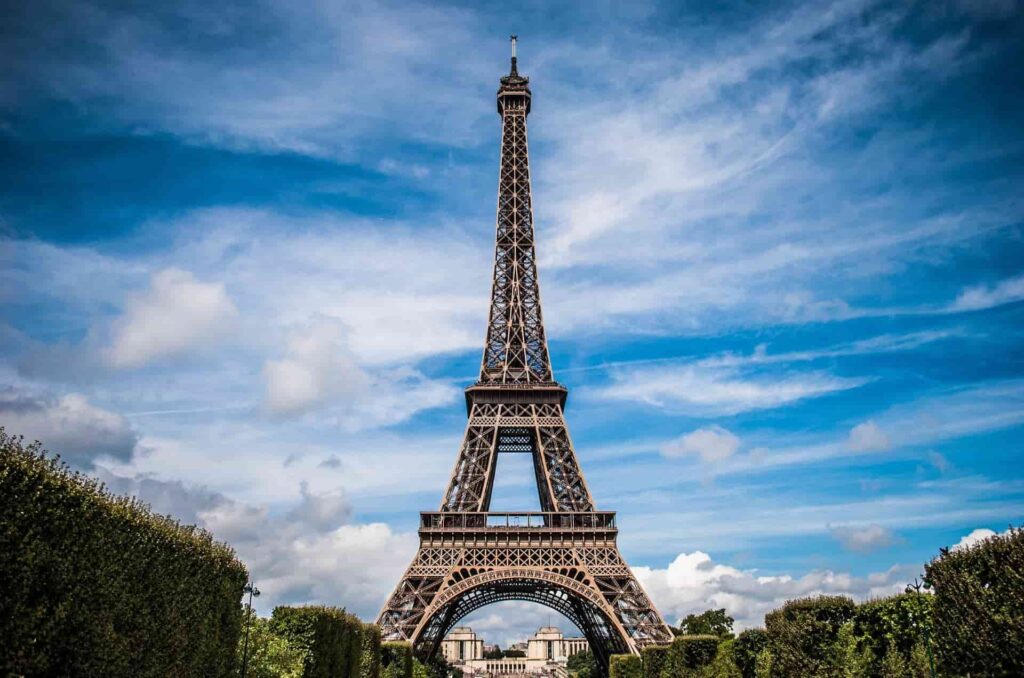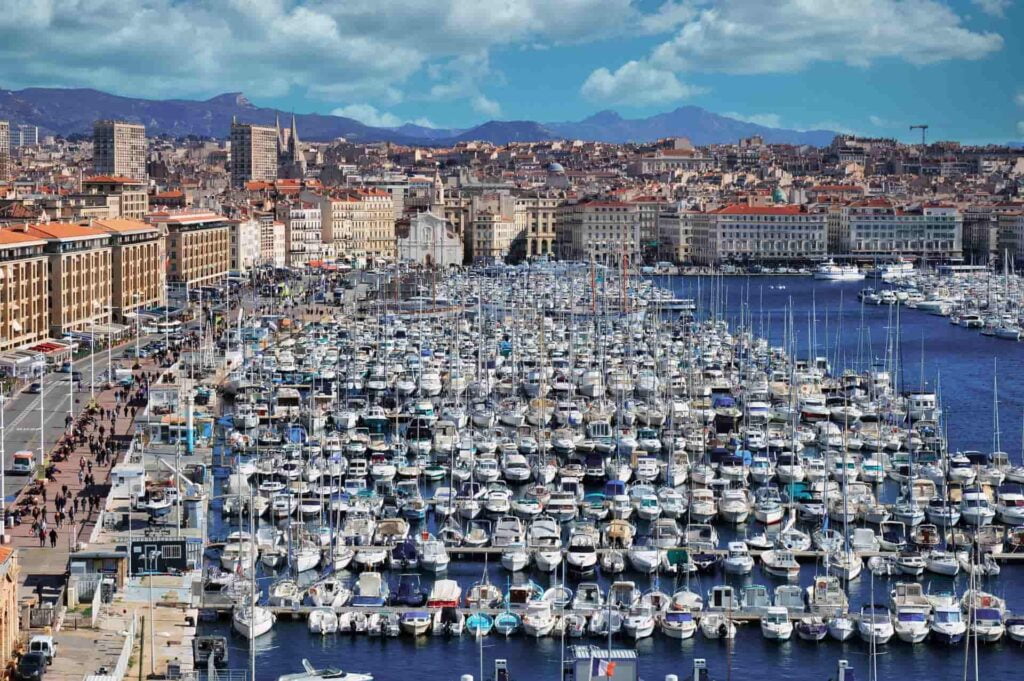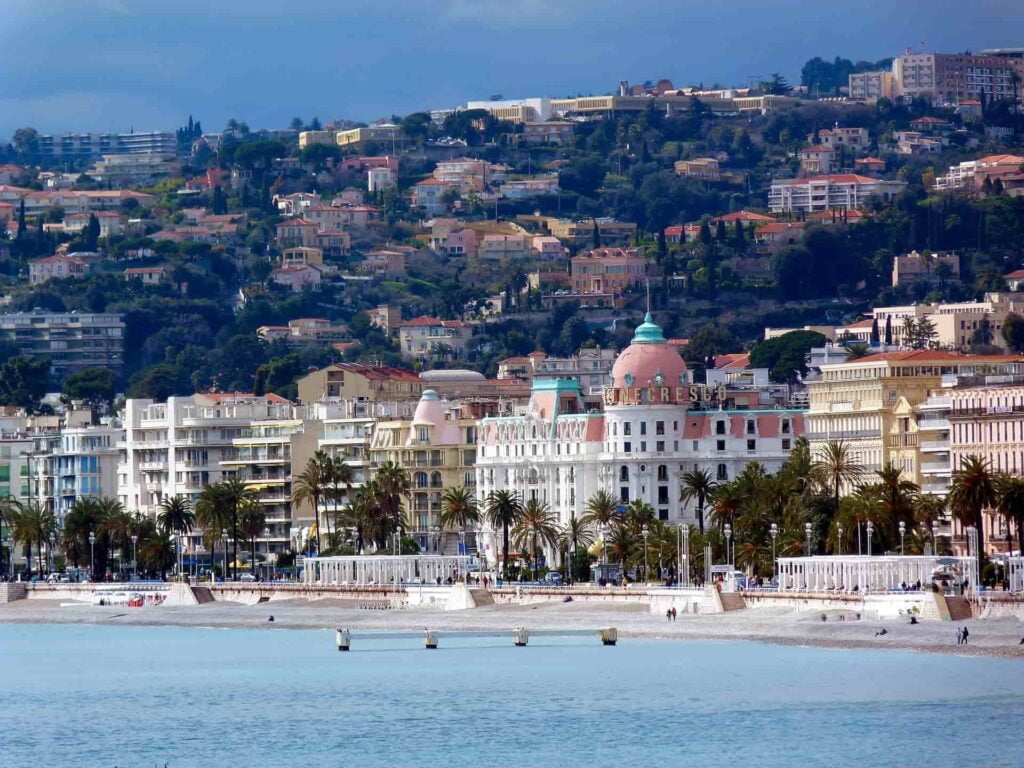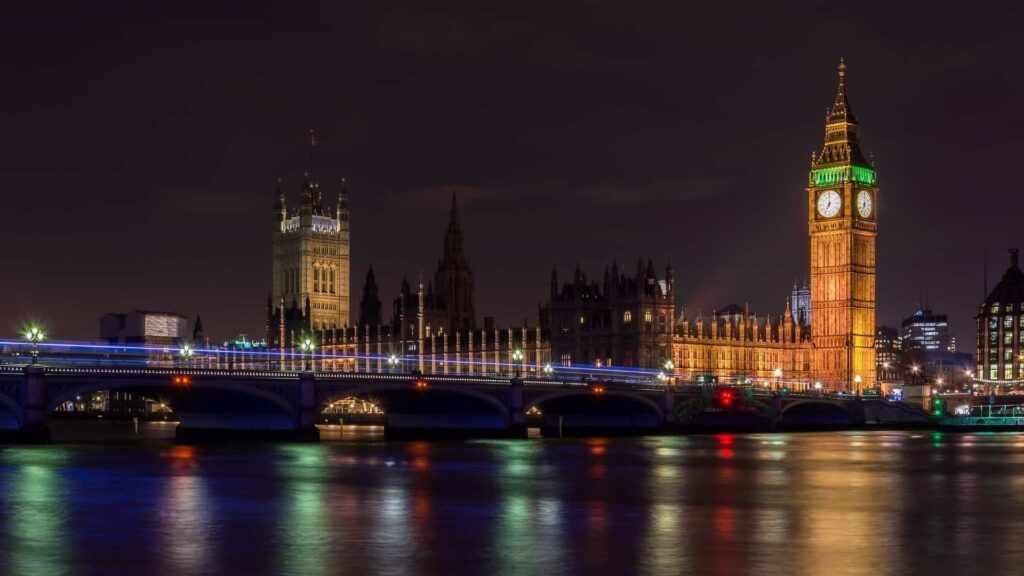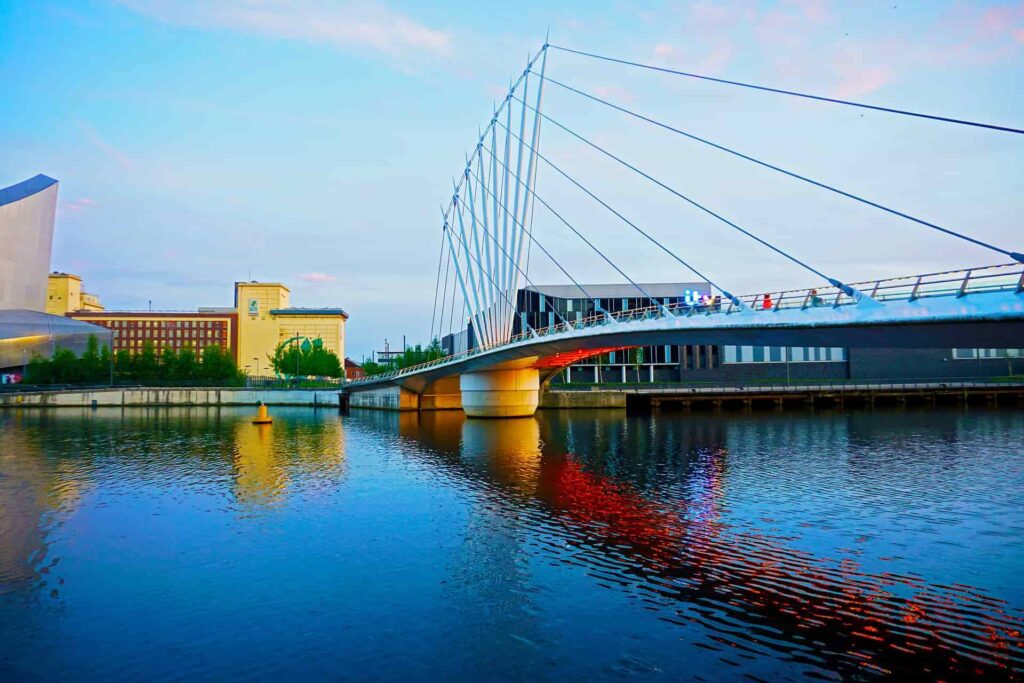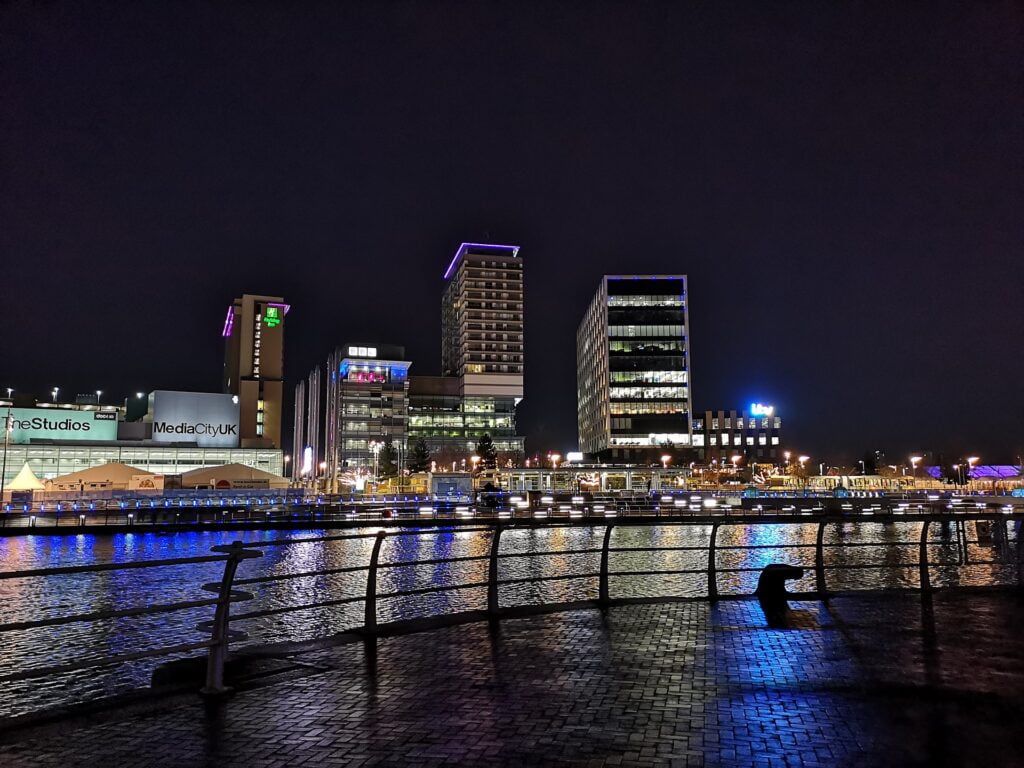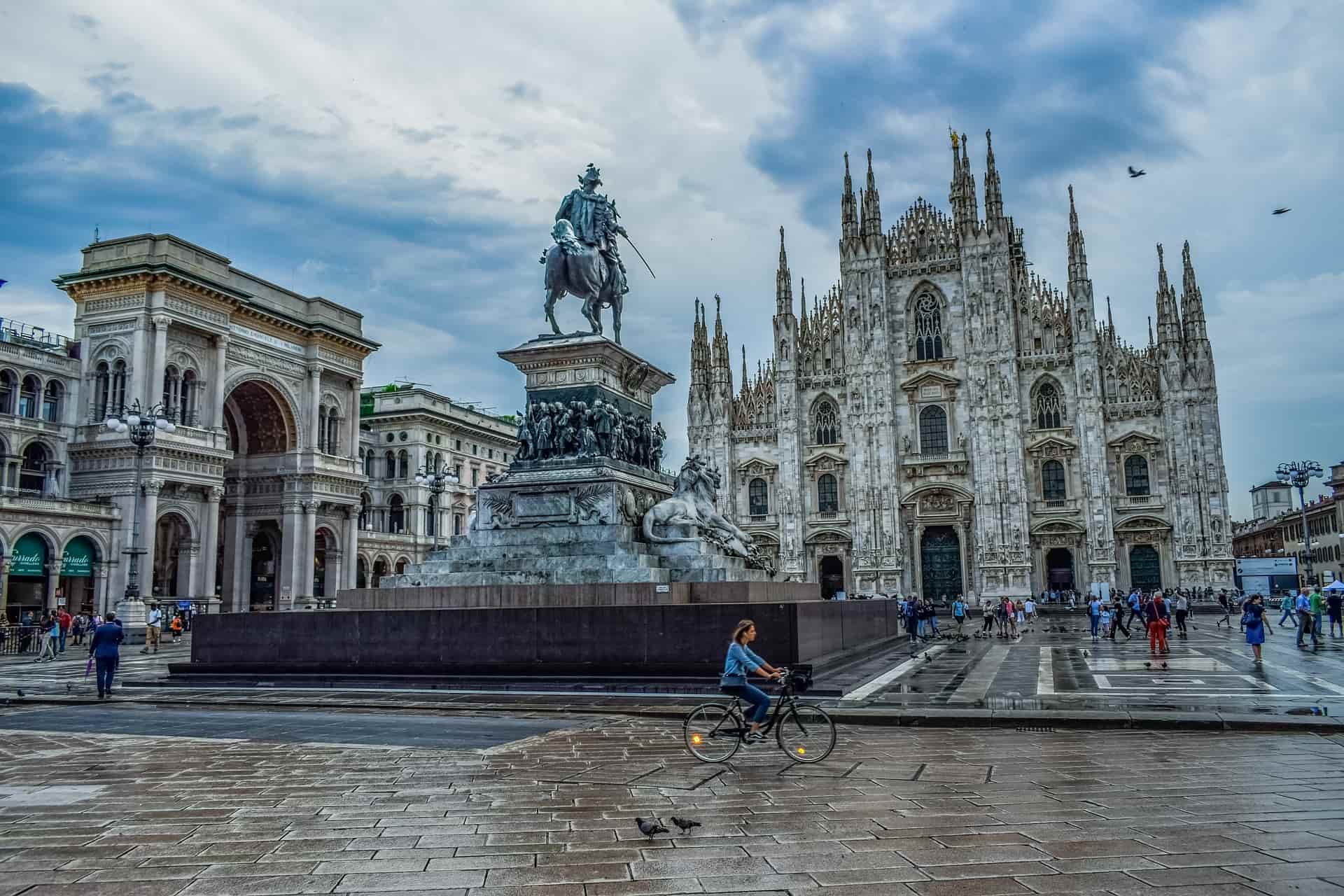Milan, Italy
Looking for hotels in Milan?
Click Here


Search Hotels in Italy
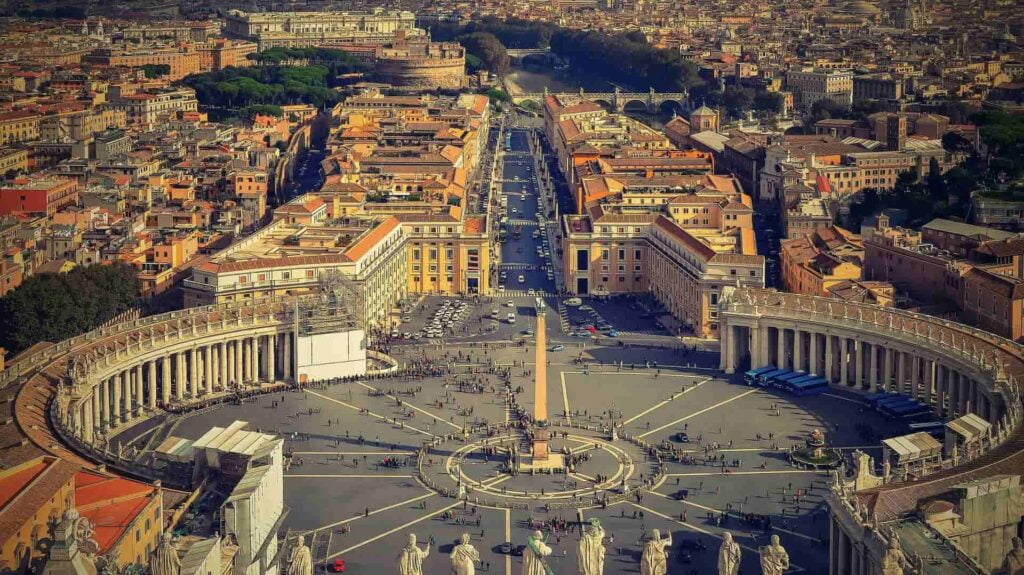
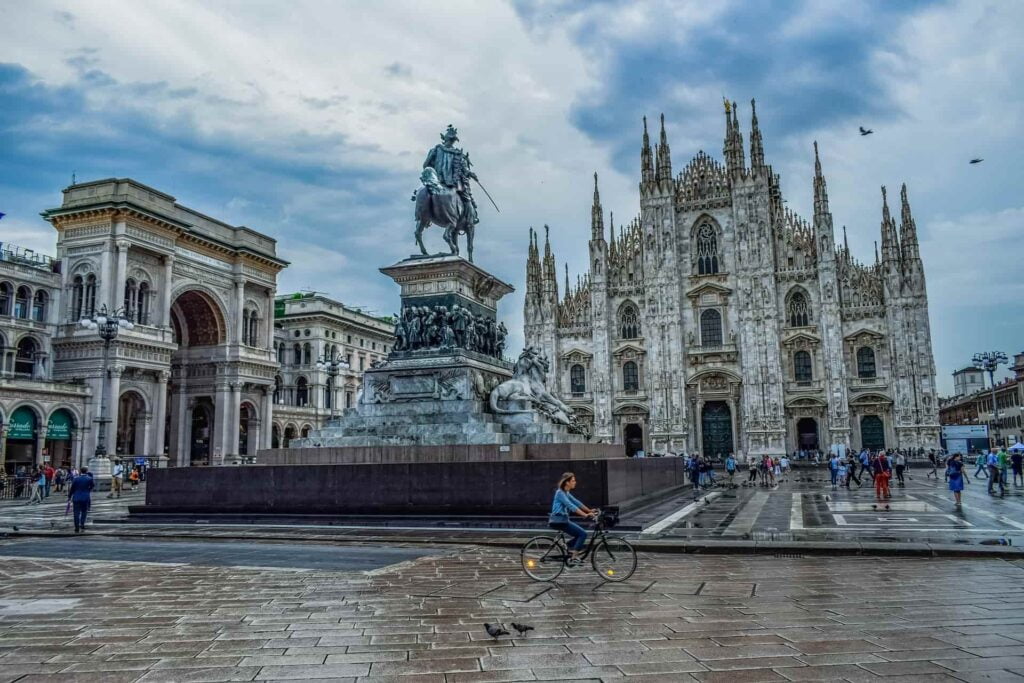
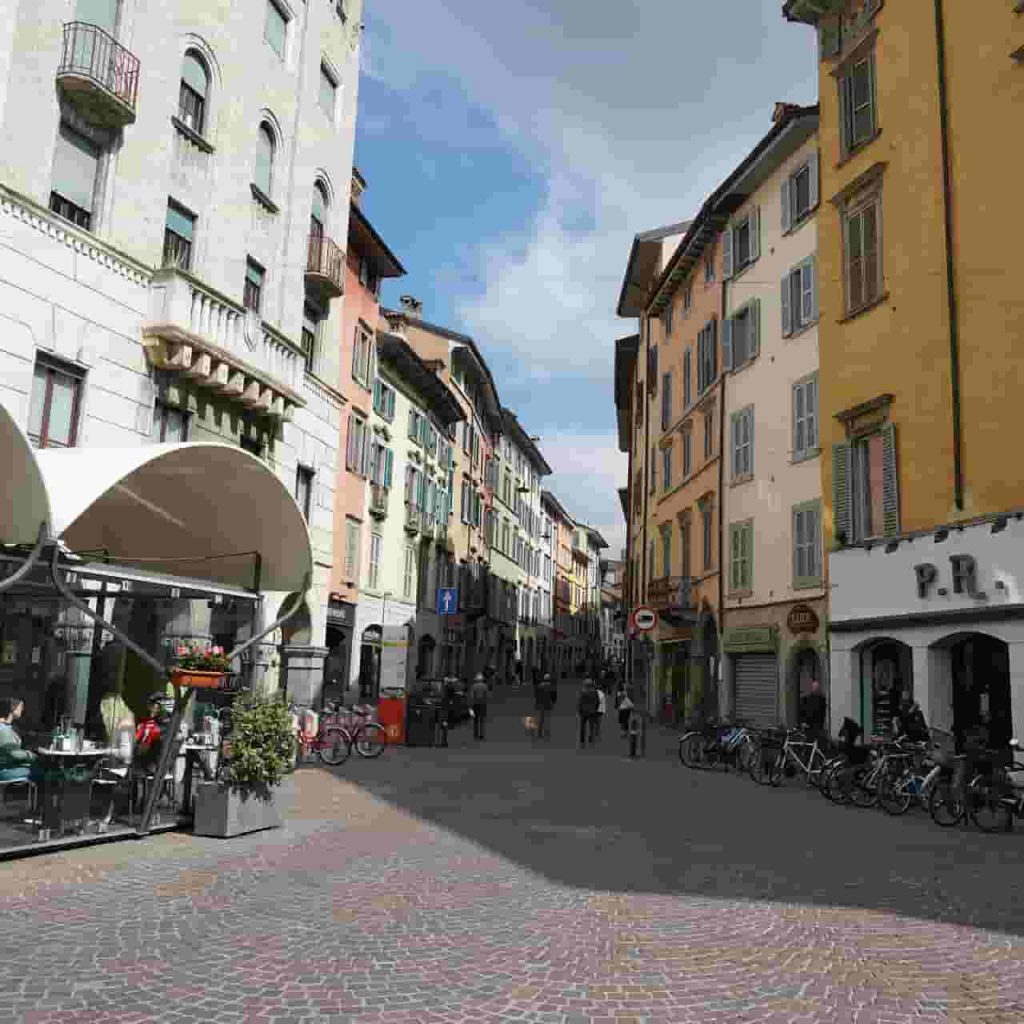
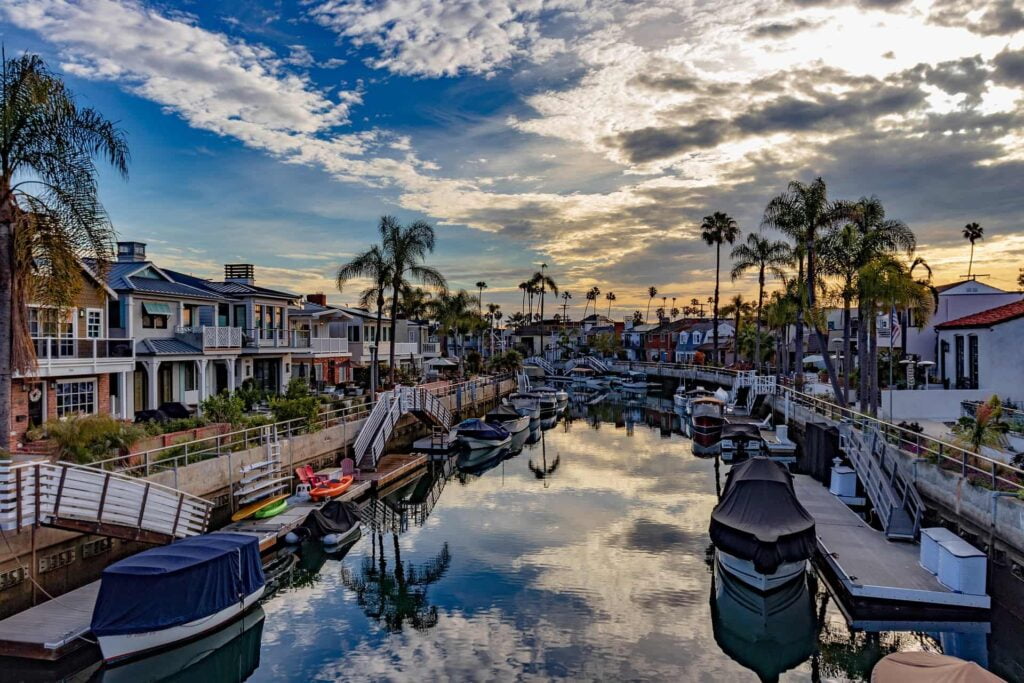
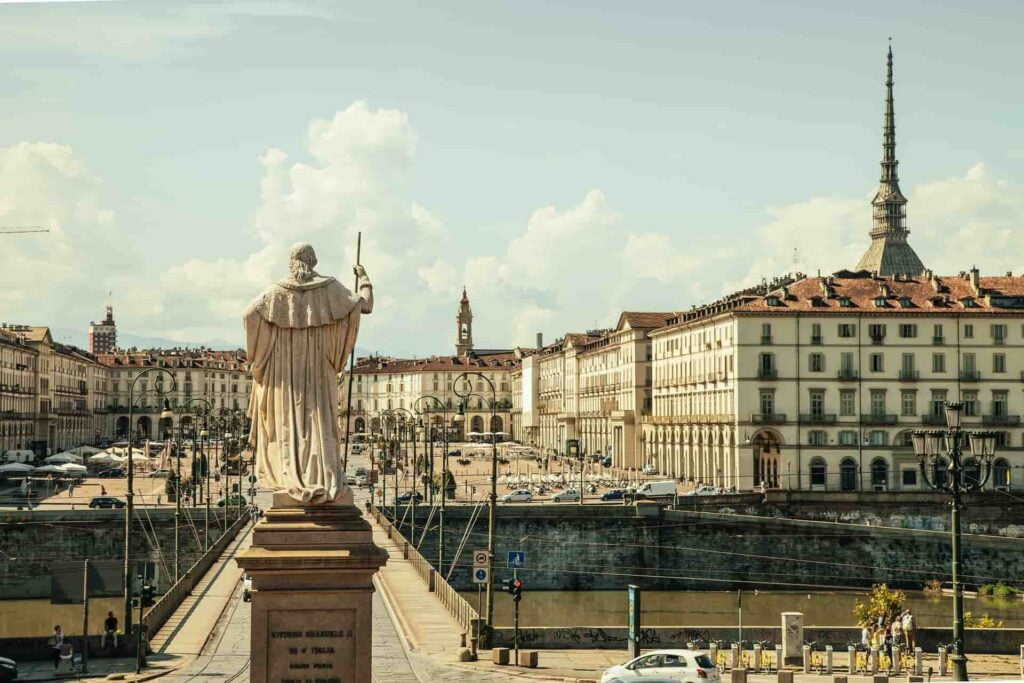
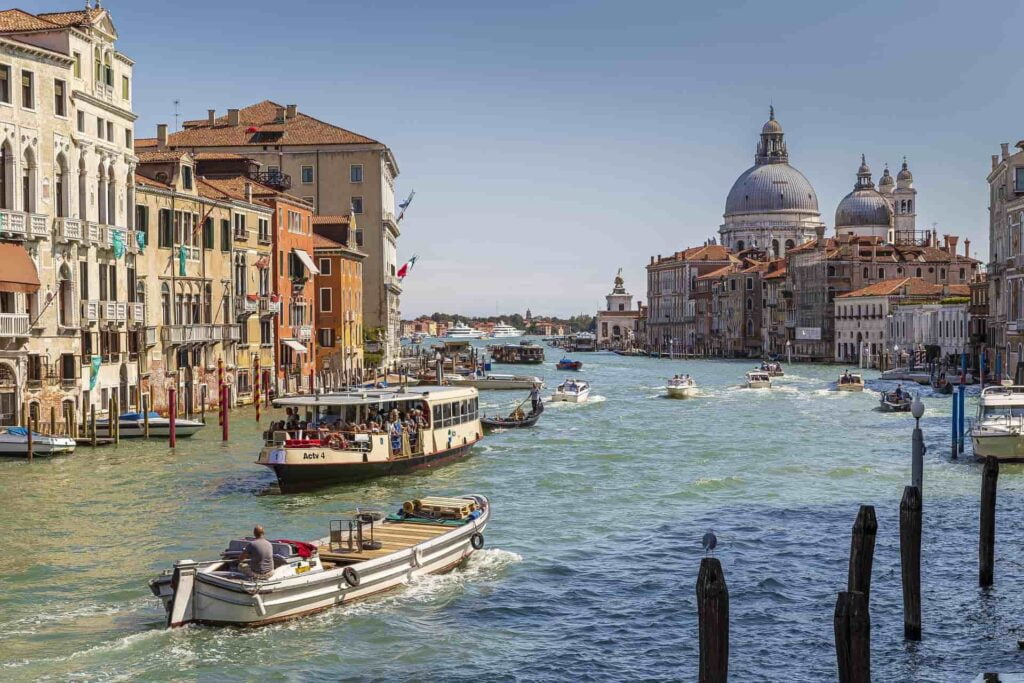
Musement, Book tickets and experiences all over the world
Top Hotels in Milan Italy
Milan, Italy
Milan is the second-largest city in Italy, and it is the official capital of the Province of Milan and the Lombardy region, as well as the largest Italian metropolitan area, and one of the largest financial and commercial centers in the world, and the history of Milan dates back to the period of Roman times; Whose ancient history is reflected in the shape of the city and its architectural designs: the Romans colonized the city in 222 BC and called it “Mediolanum”.
As for the name Milano, it is derived from the Celtic language, which means “in the middle of the plain.” Milan has considered an easily accessible area thanks to its interconnected design, and the location of the city is distinguished by its location along the main infrastructure axes of European countries, and Milan is today famous as a capital of fashion, music, culture, industry, education, transportation, and beautiful architectural designs
Milan History
The first human settlement appeared in Milan in 600 BC; This was when a group of Celtics from the Insubria region in northern Italy settled there, and their presence continued until the year 222 BC; It is the year in which the Romans took control of the city, and in the year 293 AD, Milan was installed as the capital of the Western Roman Empire, and it should be noted that Milan has undergone several invasions throughout history. It was conquered by the Huns in the year 452 AD, and it was destroyed during the Gothic War, and in 569 AD the Lombards were able to control the city and expel the Romans from it, and the city became during their rule a center for trade.
The Lombard rule of Milan ended with the death of the last heir of the empire in 1447 AD, and the Ambrosian Republic was established, which soon collapsed after the Sforza family invaded it in 1450 AD, and under their rule, the city became one of the leading cities in the Italian Renaissance, and the rule in Milan passed to the Habsburg family The Spanish after the Battle of Pavia that took place in the year 1525 AD, and their rule continued until the death of their last king in the year 1700 AD. Accordingly, France occupied the city in 1701 AD and then ceded it to the Austrians in 1706 AD following a battle that took place between the two parties in which the Austrians were victorious.
Napoleon Bonaparte occupied the city in 1796 AD and Milan was declared the capital of the Republic of Cisalpine, until the control of the Austrians returned to the city in 1815 AD, but the people in Milan wanted to get rid of Austrian rule and unify Italy, so it was achieved for them in 1859 by defeating the Austrians at the Battle of Solferino. Milan was merged with the rest of the regions in Lombardy under the rule of the Kingdom of Sardinia, which was renamed in 1861 AD to become the Kingdom of Italy.
The Geography of Milan
Milan is located in the northern part of Italy, and the city is centered on the Basin of the Po River at an altitude of 122 meters above sea level and is bordered on the north by the Alps, while on the rest of it is surrounded by several swamps and fields used to grow rice near the Po River, and the climate can be described In Milan as a climate Subtropical and humid, with an average annual rainfall of about 1,000 mm, and summer is dominated by high temperatures; The highest temperature in July is about 28 degrees Celsius, and the weather is humid with little rain during this season, while in the winter the weather is cold, and the month of January records the lowest temperature by about 6 degrees Celsius, and snow often falls during the winter season
Demographics of Milan
The city of Milan has a population of approximately 1,236,837; According to the statistics of the year 2020 AD, most of them consist of the local population at a rate of 80.5% of the total population, in addition to the foreign population, who constitute 19.5% of the total population, and the percentage of the population between the ages of (18-64) is about 61.8% Of the total population, the percentage of males and females in the population is approximately equal As males make up 48.1%, while females make up 51.9% of the total population of Milan, according to 2019 statistics.
The majority of Milanese residents follow Roman Catholic Christianity, and the city was taken as the seat of the eparchy of this sect, and a small number of the inhabitants embrace other religions such as Buddhism, Judaism, and Islam. City residents speak English as a secondary language.
Local authorities in Milan Italy is generally composed of 20 regions, and in each region, there are several provinces, totaling 100 provinces in total, and each province enjoys local elections, and the presence of a governor who is appointed by the central government he represents, and Milan is a province located within the Lombardy region. It is considered its official capital and the region is subject to three separate local authorities, which can be summarized as follows: Municipal Authority: It consists of an elected council under the leadership of a mayor-appointed after holding official elections, and its mission is to manage the city’s activities, government education, traffic control, and maintenance Roads, and transportation services. Regional Authority: The regional authority is the agency responsible for developing the city’s infrastructure and setting cultural policies. Local authority: It is represented by a local government elected according to the national laws issued in 1970, which is a government of the Lombardy region based in Milan, and it has been assigned some important functions thanks to its efforts; As the Public Health Department for its subordinate regions
Economy in Milan
Milan plays an important role in the economy of Italy, along with Turin and Genoa. Collectively called the industrial triangle, Milan has become the capital of the Italian economy since the Industrial Revolution, [9] and today it is the commercial, financial, and population center at the level of all regions in northern Italy, as it is the main storage site in the country, [10] in addition to Besides, this city has retained its economic effectiveness at the European level, [9] and Milan is characterized by its high income per capita, so it is known as the wealthiest city among Italy’s major cities, and it is also one of the wealthiest regions of Europe.
Milan contributes about 10% of Italy’s total domestic income; It is a commercial and industrial area in which about 35.8% of the total companies located in the Lombardy region meet. These active companies are represented by several major economic sectors, which are: the services sector, which accounts for 49% of the total companies, the trade sector, which accounts for 25%, and the construction sector, which reaches 14%. , The manufacturing sector by 10%, and the agriculture sector by 1%, and the region has provided work for 1.8 million people, according to statistics 2015 AD; The region represents 51% of the total workforce in Lombardy; The unemployment rate did not exceed 8.5% at the local level, which is lower than the Italian unemployment rate of 12.7%, as well as the average European unemployment rate of 11.6%.
Industry in Milan
The city of Milan includes many industries, and the construction industries sector and the silk industry are among the most famous sectors in it. As it is considered one of the most important silk markets in Europe, in addition to that it is a pioneer in the manufacture of textiles, clothing, machinery, chemicals, electrical appliances, printed materials, cars, airplanes, rubber goods, and others, [13] and the following shows the most important industrial sectors in Milan: [14] Financial and banking services: Milan has one of the largest financial markets in Europe. This is due to the presence of the Italiana Stock Exchange, which constitutes 10% of the Italian financial sector, and this industry contributes to providing job opportunities for about 10 thousand experts. Besides, there are 200 banks in the city and more than 40 branches of foreign banks. Design and fashion: Milan is the global capital of fashion and fashion design; In it, there are more than 12 thousand fashion design companies, 800 fashion showrooms, about 6 thousand sales stations, in addition to 17 specialized institutions, and 13 major international fairs specializing in fashion and design, so Milan achieves 61% of the total sales of Italy From the fashion industry. Engineering: The total number of manufacturing companies in Milan is about 116,424 companies, about 7 thousand of them are concentrated in 4 major industrial areas specializing in engineering and mechanics, and with about 279,377 employees. Agriculture and the food industry: There are about 50,000 food companies in Milan alone Agricultural, and these companies are considered one of the best manufacturers of traditional food products; It holds several quality certificates. Communications and publishing: Milan is famous for a group of famous media companies such as Mondadori Group (English: Mondadori), Rizzoli (English: Rizzoli), among others, which makes it a leading city in the field of publishing. Energy and renewable: Italy ranks ninth in the world in terms of its production of renewable energy. Milan alone produces about a third of Italy’s hydroelectric power, with 40% of Italian green energy companies in the city and its vicinity. Information and communication technology: Milan is the most connected city in Europe. It owns about 11,709 telecommunications companies It accounts for 10% of the total Italian information and communication technology companies, and it is located near the main technology complexes, in which 70% of the multinational companies working in the field of information and communication technology are concentrated. Foreign companies: There are about 600 multinational companies in Italy, of which 400 are based in Milan, in addition to the other foreign companies that number 3600 companies, and these companies contribute to providing job opportunities for more than 280 thousand people, in addition to total sales of 185 billion American dollars.
Culture in Milan
In 2017, the city of Milan was ranked third in the field of cultural vitality at the level of European cities, as well as the second place for attractiveness and cultural participation in Europe, according to the vote conducted by the Joint Research Center of the European Commission, and the city deserved these ranks due to the cultural facilities it contains miscellaneous; There are about 15,000 creative companies in which 189,000 employees work, in addition to a large number of museums, which number 90 museums, more than 190 art galleries, and about 107 cinemas, in addition to that it organizes many internationally recognized festivals, The city also has 60 theatres and concert halls, making it a leading national and international center for the performing arts.
Characterized Milan is a literary city; This is because it embraces 51% of the total publishing companies in Italy, in addition to the presence of many cultural institutions in it, and Milan stands out on the musical level with the presence of the symphony orchestra in it, and the presence of a conservatory to compose music, and among the most important musical aspects of Milan is the Opera House La Scala; Which is one of the most famous opera houses in the world, as for Italian cuisine, Milan has been able to link its name to several traditional dishes, most notably Risotto Milanese (in English: risotto alla Milanese), Cassola (in English: Cassoeula), and others, and it spreads in Milan many Of the cafes and restaurants that have their creative mark in the field of cooking
Tourism in Milan
In 2018, more than 9 million tourists visited Milan to spend a day in the city, and Milan is the third most visited city in Italy after Rome and Venice. It has many attractions that attract tourists from everywhere; As it is spread across many ancient buildings such as the Duomo and La Scala, In addition to the incubators of famous artworks such as Leonardo da Vinci’s The Last Supper, ancient cultural institutions, malls, and others. The city is usually crowded with tourists during the summer months from June to September. Where the weather is sunny and the day is long, as for the best times to visit the city in the spring, specifically in April, or in the autumn, specifically in September, when the weather is moderate and the city is less crowded
Prices for flights in the current month
Lowest Price offers of flights
Search Flights on map
Top Flights Deals to Famous Destinations
Popular Cities In the world
